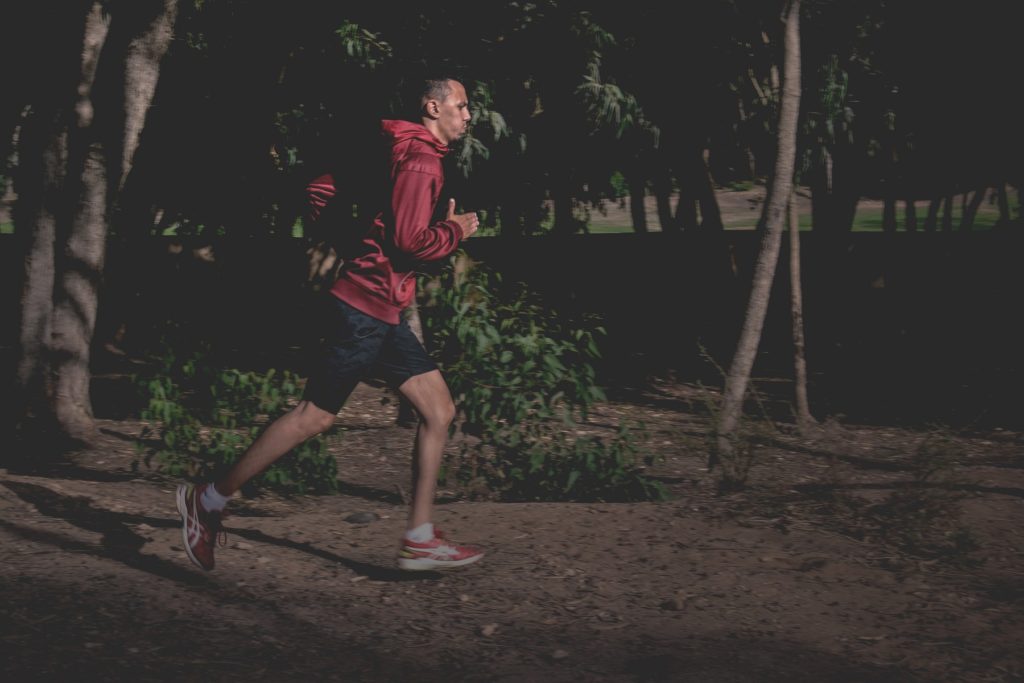RUN Singapore and David Shum and Melvin have concluded the first two sessions of Inside the DM Talk, Maintaining Fitness During This Strange Time and Charting Your Training (click on these titles to find out more and to see the post session articles). We hope you have enjoyed our sessions and gained insight from them.
From our sign-up forms, we have received an overwhelming amount of questions and David and Melvin may not be able to answer all of them during the talk or have the time to address them. Here are some of the questions they have not covered. We apologize if your question was not answered, maybe it can be addressed in future sessions.
Session 1 Questions
What are the static exercises that are best for runners? Short of a track, how does one best simulate interval training through static exercises?
Generally, all major muscles to be included in static exercise are inter-related as all will be called upon when we race. The major muscle groups are the glutes, hamstring, calf, mid-core and upper body.
The recommended static exercises would be centered around the focus on single-leg mobility and strength. Often neglected for more time on running, the isolated single-leg exercises focus on introducing the awareness of stability on each leg and the various degrees of dependencies around the various muscle groups on each leg. If you lift your right leg to do a high knee lift and find that your left leg starts to wobble - and quads feeling tighter with each passing minute, it may be good to spend a few minutes on doing single-leg exercises (mobility or strength). HIIT or a circuit of short time intervals could be an alternative to interval training under these circumstances.
What types of exercises should someone with poor fitness level begin with during such time?
Easy running that does not stress the heart and lungs. Run at a conversation pace and limit to 30 mins per session. You may wish to incorporate walking into our runs whenever necessary. Focus on muscular strength and body balance with workouts using resistance band and body weight (pushups, crunches, squats and lunges).
As with every step 0, the important thing here is not to accelerate the process and hinge on the outcome. It is encouraged that low intensity activities can be carried out at a sustainable frequency so that your body continues to ride on the momentum of accumulating fitness. It could be 30min of brisk walking on Mon, 15mins of stair-climbing on Tues, 45min home-based workout on Wed and etc.
If you experience a plunge in fitness when COVID struck and want to get back to fitness again, the easiest thing is to incorporate a mix of easy jogging and fartlek across the week. For instance, you may look to have 3x easy jogs, 1x 20min fartlek (30s hard, 90s easy - repeat until 20min is up) in a week.
How do you maintain strength training without equipment?
Perform calf raises, squats or squat jumps, lunges, leg raises.
How have you been maintaining your fitness during this lockdown?
David: I have been training alone and running at various distances from 5k to 10k at varying pace follow with core exercises target all major muscle groups
How can I improve my speed lactate threshold?
Build aerobic capacity by following a series of activities in succession (reps x sets) How to tell if you're improving your threshold: You recover faster post-workout and you can move faster through the exercises
Since major races are still some time away, should we use the time to just maintain fitness or should we push ourselves progressively, especially when we should only be running around our homes.
Use this time to further strengthen our core for better balance and that translate to the better running form and avoid strain or injury.
What sort of static, equipment free exercises should we be minimally doing to maintain fitness for longer distance running later?
Resistance band and work on our most use muscle group such as the hip flexors (abductors) and quads (adductors).
Do you still maintain your workouts or have them modified due to the lack of access? Eg: intervals no longer on tracks?
David: I will modify and adapt as much as possible. I will still perform interval training but at locations where it will provide a distance that may benefit interval training
Melvin: I will keep the structure of the program but change the focus on the workouts. I could be doing 6x1k at hard effort on the track previously. But I now look to doing 6x1k medium hard efforts along an undulating course or even trails for a new challenge. Try adjusting the outcome-based metrics to a more process-based during this time (deep breaths, quick feet, tall body).
How do you train?
David: I would do moderate running and focus on cardiovascular (aerobic: zone 3-4). The closest or possible race to go ahead would possible the Tokyo Marathon (Mar 2021)) Hong Kong marathon (Jan 2021).
What should be the weekly training regime that includes aerobic, strength and mobility ?
Aerobic (4 sessions/week), Strength (once/week) and Mobility (on all planned sessions).
How to maintain fitness if you run less outdoor?
Staircases or carpark (basement or multi-storey) – AKA train alone.
Does doing Tabata at home really help compared to running outdoors?
Tabata will definitely help in training in a certain way but will not possibly help in long distance training as it will involve repetitive movement and pounding that will stress the cardiovascular.
What are the minimum runs per week to maintain the current fitness?
4-5 times.
Is it necessary to continue running to maintain stamina? Can I just do the strengthening and all other body weight exercise? Is that enough?)
Continue running as this will allow our body to quickly transit to proper training.
Bulk of my activities are centered on runs. How do we keep the runs fresh especially during this period when we're advised to stick to the neighborhood and nearby parks?
Perform a variety of pace (intensity) and volume.
Session 2 Questions
What type of runs are to be done in a typical week?
Hill, interval, tempo and LSD (Long Steady Distance).
How many times per week should running be done and the duration?
Training for fitness 3x/week (40-60mins). Training for race 6x/week (40min-2.5hours).
I am involved in Masters Athletics in 100m, 200m, 400m and possibly hurdles events. Apart from the usual interval speed sessions, what distance running should be included to supplement my training?
David: I would advise you to focus on functional training (core and balance) that focuses on respective muscle groups and involved areas to work in the same manner as they are used in the activity. Eg Repetitive movement incorporating with resistance.
Strength training sessions. Are these necessary?
Yes, and to be done in the gym with the traditional weight training on overall body musculature.
If so, what sort of training should be done?
Primarily, you will focus on the major muscle group and work on an appropriate volume (reps and sets) and intensity (loading).
What other cross training activities should you include to complement running?
Swimming, cycling and rowing which will Improve aerobic capabilities.
How does one make a suitable program?
You will need to look into your race specifics in relation to your current fitness and expected race outcome. Therefore, frequency (sessions), volume (km) and intensity (pace) are important to chart a reasonable training program.
It’s challenging to chart your progress when there are no races. Will be useful to know more on charting ourselves during this session.
Yes, indeed but it is also the time to reset and chart our fitness to narrow the gap to race condition. Channel to measure: Virtual race + personal time trial (objective+plan).
How to interpret and use the charted data?
Strength and hill training as well as interval, tempo and LSD. There will be activities that we could outperform and underperform due to many valid reasons such as fatigue. Analyse it on the basis of ‘Targeted vs Actual’.
What would you do when you hit a plateau?
David: I will modify my training program or perhaps plan for a longer rest. Plateau may indicate overtraining and insufficient rest that may leads to plateau in training.
We used to rely on gyms and now they are closed, how can we (other than buying equipment) do targeted exercises for our bodies? Say, upper body, lower body.
Push ups and planking with a few variations, crunches and mobility movement with weights
How does one battle the effect of ageing?
David: My goals are to run safely and successfully as possible for as long as possible. This will lead me to wanting to achieve full range of motion, coordination as well as maintaining strength and power. Ultimately, I want to enjoy my training, racing and want to look good
How should I keep track of my progress?
Chart it out with information such as targeted vs actual, time trial, compete in races as well as performing better and more efficiently on your daily chores.
How intense should I keep my workout in order to prevent past knee injuries from surfacing?
Incorporate a lot of rest (passive or active) and no overloading. A good indication of overloading is when we struggle to grind a certain workout and found it challenging.
How many weeks ahead to prepare for a full marathon?
David: I would say 6-8 months to finish the race safe, happy and looking forward to another.
Is it possible to train for both short distance speed and also long distance endurance (i.e 2.4KM vs marathon)? How should training look like for a normal person?
Begin with a tolerable distance and not stressing the overall cardiovascular system. Try low intensity workouts such as walk-run-walk for a beginner and gradually increase the effort not more than 10% per week.
How to structure the training / exercising program while juggling high load at work and family life?
To begin with, most of us are part-time runners and full-time workers. Firstly, find out if you’re able to commit a reasonable amount of time to a workout. If yes, then determine the sort of workout that would fit into the rest of the activities. The bottom line is to be reasonable and actionable. Start small.
What is a good combo of percentage breakdown for core exercises, running, plyometric exercises, agility exercises, strength training etc in the training program for middle to long distance runner?
There is no one pill that fits all. A good combo will refer to a balance workout that is distributed out appropriately between sessions which includes rest. I will cluster them into 3 major group such as plyo-agility, core as well as strength and running.
How to retrain after 2 year of lagging training for a marathon? Build up the endurance again?
Yes, there is no short-cut. Start with a short (5km) and steady/slow pace.
I feel very breathless after 30 mins of running. Should I train with heart rate, distance, or by total run duration eg. 1 hour.
Train with HR as this will regulate the training effects and do it over a reasonable pre-determine distance or duration
How to manage mileage during this period? Instead of running more with more time at hand supposedly, I do more short runs with higher frequencies per week.
That would be a better option with short runs and higher frequency
How many times a week should we cross train during this period especially when mileage isn’t as high? 3-4 times/week.
Is high mileage training the key to success? What is the benchmark of high mileage? 80km or 140km weeks?
David: I would like to look into running efficiency rather than high mileage. I will train on a programme that produces significant gain in aerobic power and train to the specific event. Secondly, I will want to increase endurance, improve aerobic fitness and to avoid injury. Minimum at least 60km/week taking into consideration of various workouts such as LSD, interval and tempo.
How often should we do strength training?
Once/week.
Considering the confined space and the need for multiple stops and starts, do you recommend running at home? Would recommend running within the neighborhood park.
Do you recommend incorporating the elliptical trainer or stairs climbing into our training? If yes, how often do you recommend?
David: I will incorporate stair climbing on active rest days
What to avoid to prevent injury when stepping up training?
Increase the total mileage by the week on not more than 10%
What is the best way to improve your run? (Besides incorporating strength and interval training as well as tempo run.)
It will be also an added value if you may wish to train with friends of equal fitness capacity
How to resume running after circuit breaker?
Well, we train for fitness during CB with shorter workouts and less intense activity. Then up the pace and increase the frequency and effort as you progress.
What diet do you recommend that complements exercising to get the best benefit?
Portion out the meals according to our daily needs. All in moderation and not forgetting water and rest.
How would you determine a suitable personal running load to minimise risk of injury?
Start with a tolerable effort over a specific time.
How to recover faster?
Active rest - walking, cycle, cold and hot bath or sports massage and full rest. Incorporate them in between hard sessions.
How to run a sub 4 marathon in your 40s?
David: Firstly, I will allocate my commitment to training and build it around frequency, volume and intensity.
How do you find the right shoes?
Finding the right fit would be getting to know our feet's structure such as high and low arches or flat foot, bunion (if you have), high upper ankle. Secondly, consider buying the shoes after walking for 20-30mins as our feet will enlarge during that period to ascertain the right fit.
What nutrition intake do you recommend after training?
1st hour- important to eat carbs (recovery) and protein to build and repair muscle.
We hope your questions were answered! If not, consider dropping in again during our third and fourth session. See you there!
About the speakers:
David is a certified running coach and sports therapist with over 15 years of experience working with running enthusiasts. He is passionate in understanding the uniqueness in every runner and helping all to achieve a healthy and sporting lifestyle. His determination to turn his running experience into information for sharing has led to his most recent work with physically and intellectually challenged athletes in the quest to perform their very best.
Melvin started sports participation when he was 21 years old and went on to represent Singapore as a triathlete and long distance runner in the 5,000m and 10,000m events. He was the fastest Singapore in both events in 2015, qualifying for the 2015 SEA Games. Juggling his day job and his young family, Melvin continues to compete as a sub-elite distance runner in local and international marathons. He looks forward to extend his longevity in the sport and inspiring others.
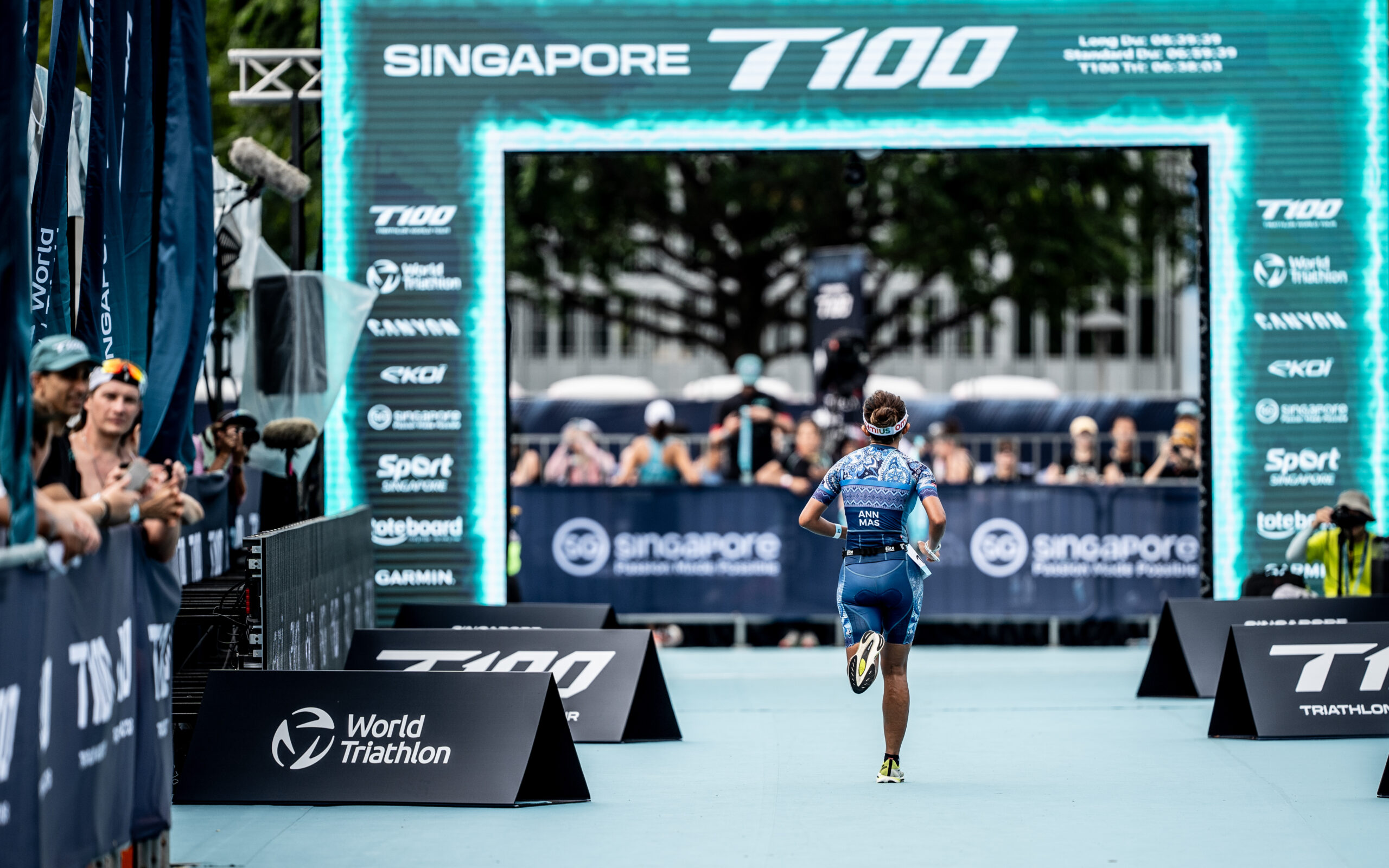

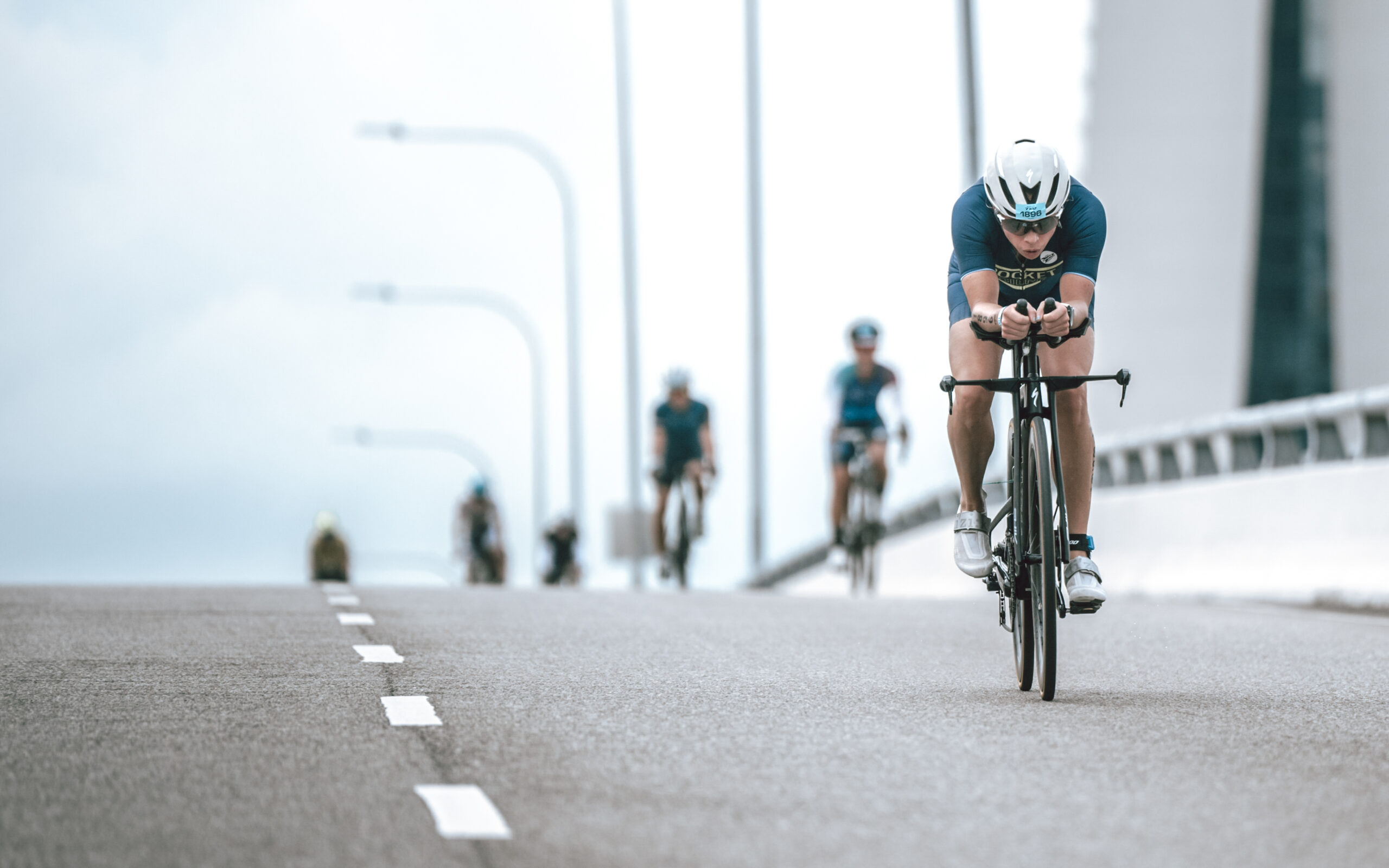
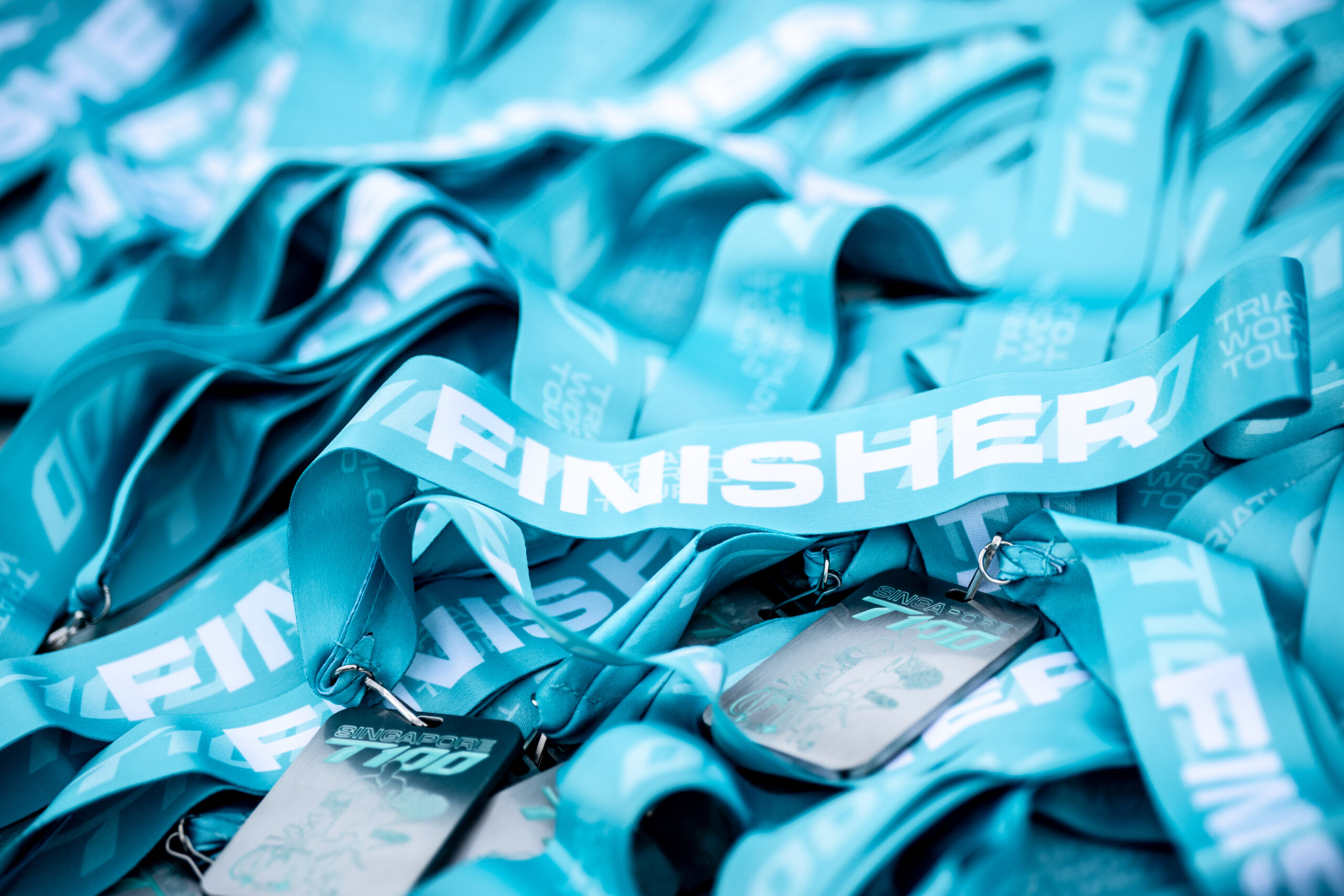











 From world-class running events and delicious local food to unparalleled wellness experiences, Thailand truly offers everything a runner could dream of. Whether you're here for a marathon, a cycling event, or just to experience the beauty of the country, there’s no shortage of exciting activities and experiences. Thailand isn’t justa destinationfor runners—it’s a place where you can push your limits, recover, and enjoy everything that makes this country so amazing.
From world-class running events and delicious local food to unparalleled wellness experiences, Thailand truly offers everything a runner could dream of. Whether you're here for a marathon, a cycling event, or just to experience the beauty of the country, there’s no shortage of exciting activities and experiences. Thailand isn’t justa destinationfor runners—it’s a place where you can push your limits, recover, and enjoy everything that makes this country so amazing. The marathon, which took place on December 1st, 2024, is a must-run event for every marathoner. Picture yourself running past iconic landmarks like the Grand Palace and along Bangkok’s vibrant streets—it's an experience that makes you forget you're even running a marathon! The atmosphere is electric, with locals and international runners alike connecting through their shared passion for the sport. High-fives from spectators, encouragement from fellow runners, and the cheers of the crowd will keep you going as you race through the heart of the city.In 2024, Her Majesty Queen Suthida attended alongside the legendary Eliud Kipchoge, who participated as an ambassador, joining the 10km run and inspiring thousands of participants. The energy is infectious, with every stride feeling like a part of a larger global community. If you missed the excitement last year, be sure to look out for ATMB 2025—an event you don’t want to miss!
The marathon, which took place on December 1st, 2024, is a must-run event for every marathoner. Picture yourself running past iconic landmarks like the Grand Palace and along Bangkok’s vibrant streets—it's an experience that makes you forget you're even running a marathon! The atmosphere is electric, with locals and international runners alike connecting through their shared passion for the sport. High-fives from spectators, encouragement from fellow runners, and the cheers of the crowd will keep you going as you race through the heart of the city.In 2024, Her Majesty Queen Suthida attended alongside the legendary Eliud Kipchoge, who participated as an ambassador, joining the 10km run and inspiring thousands of participants. The energy is infectious, with every stride feeling like a part of a larger global community. If you missed the excitement last year, be sure to look out for ATMB 2025—an event you don’t want to miss!
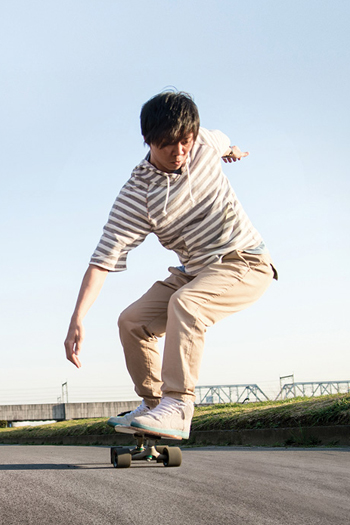













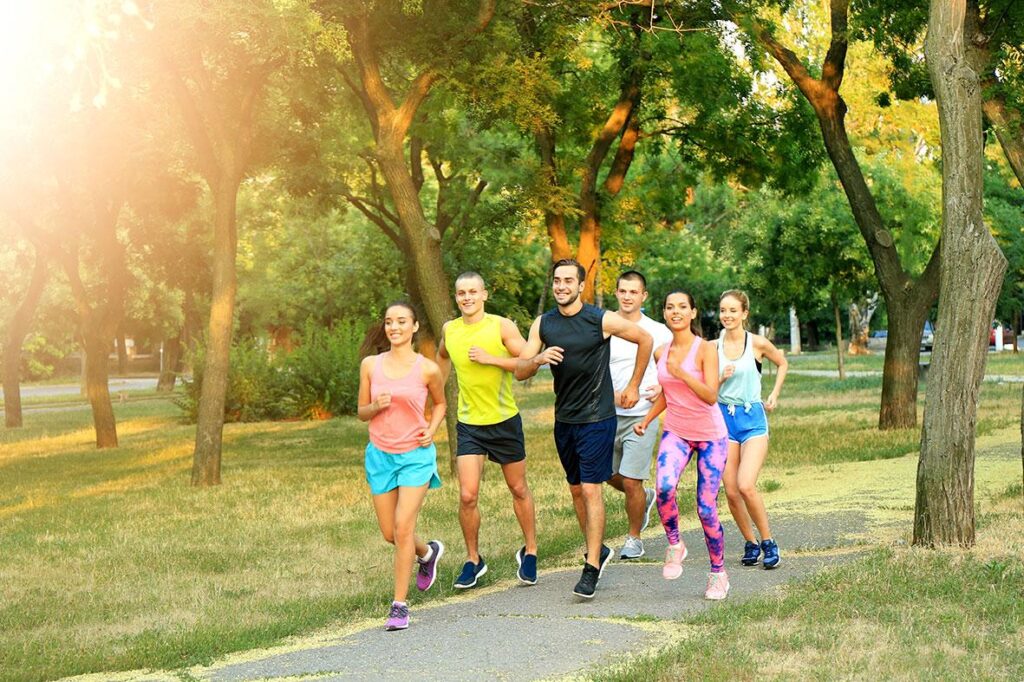

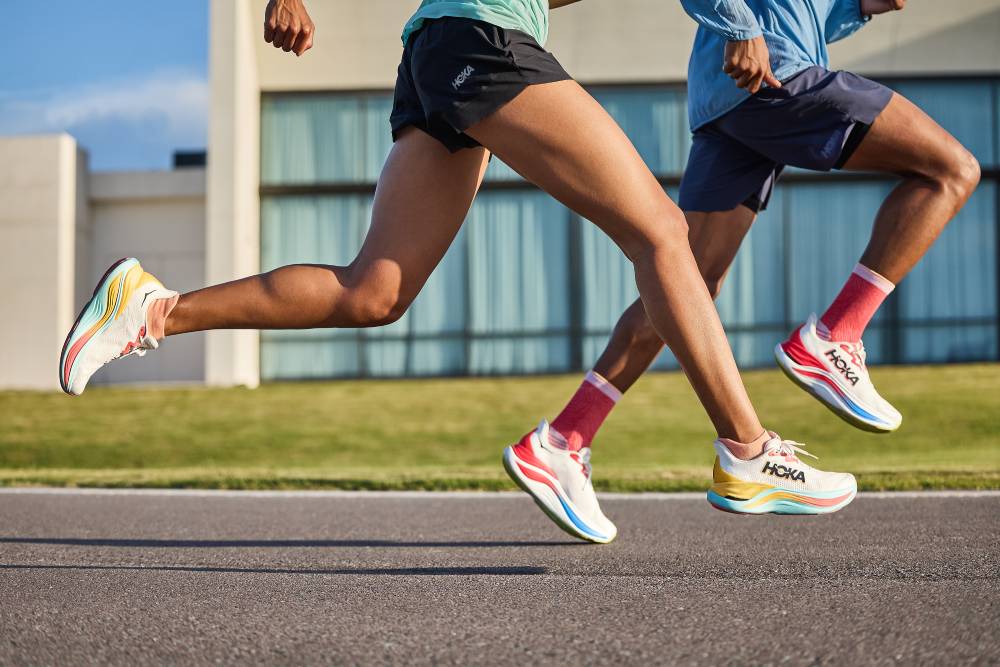

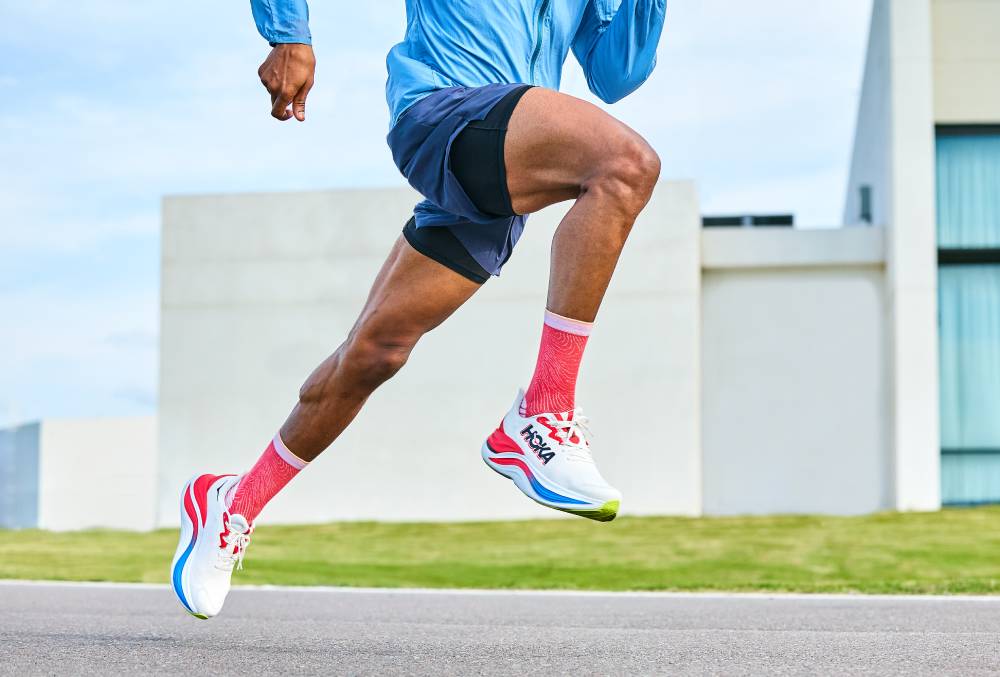


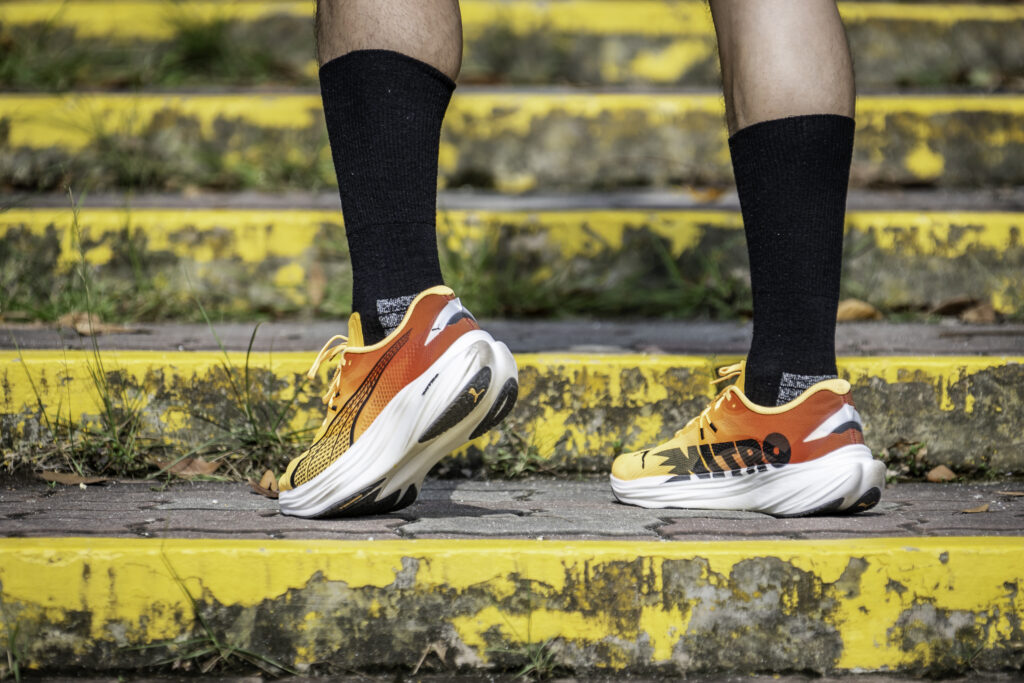
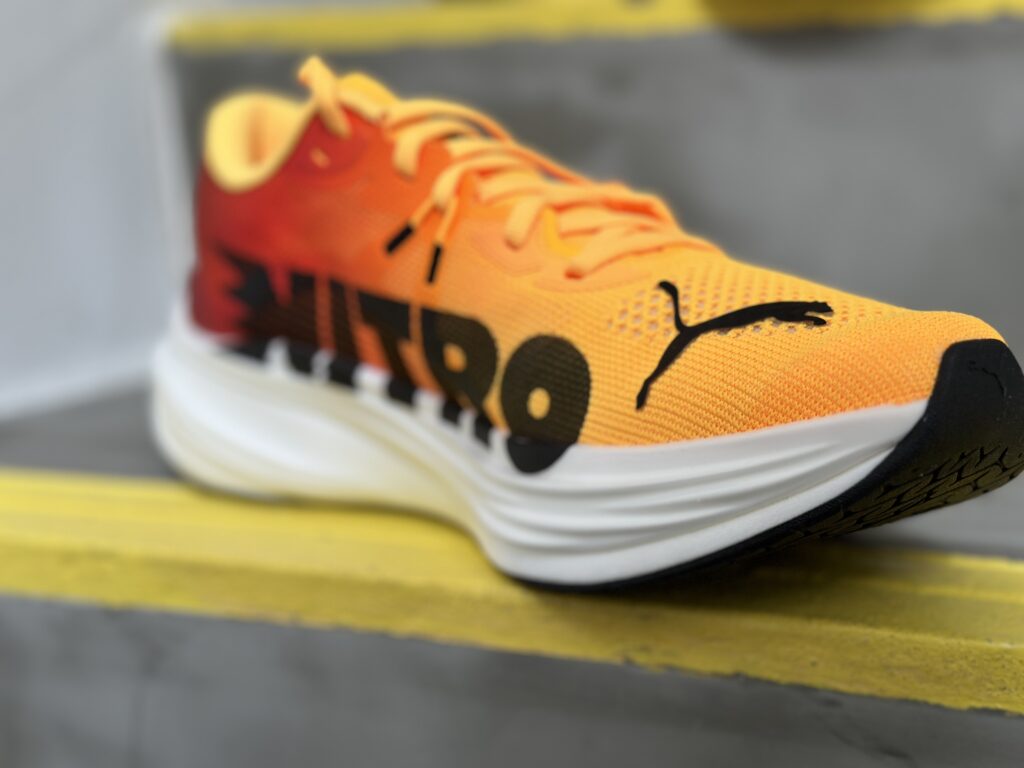

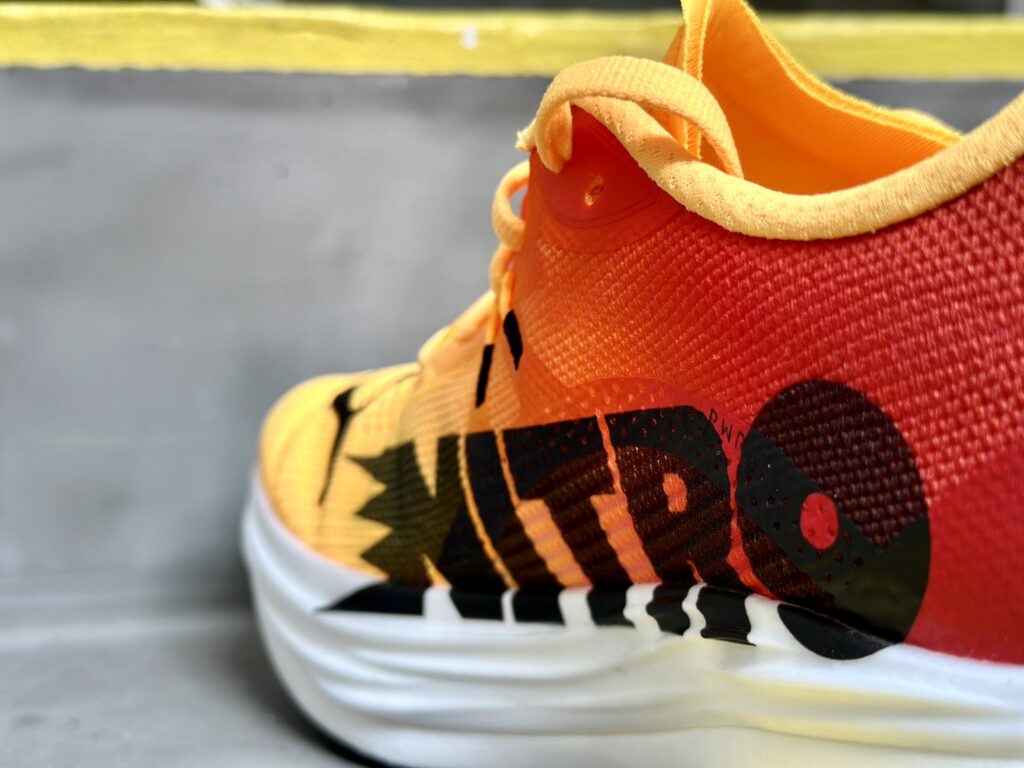


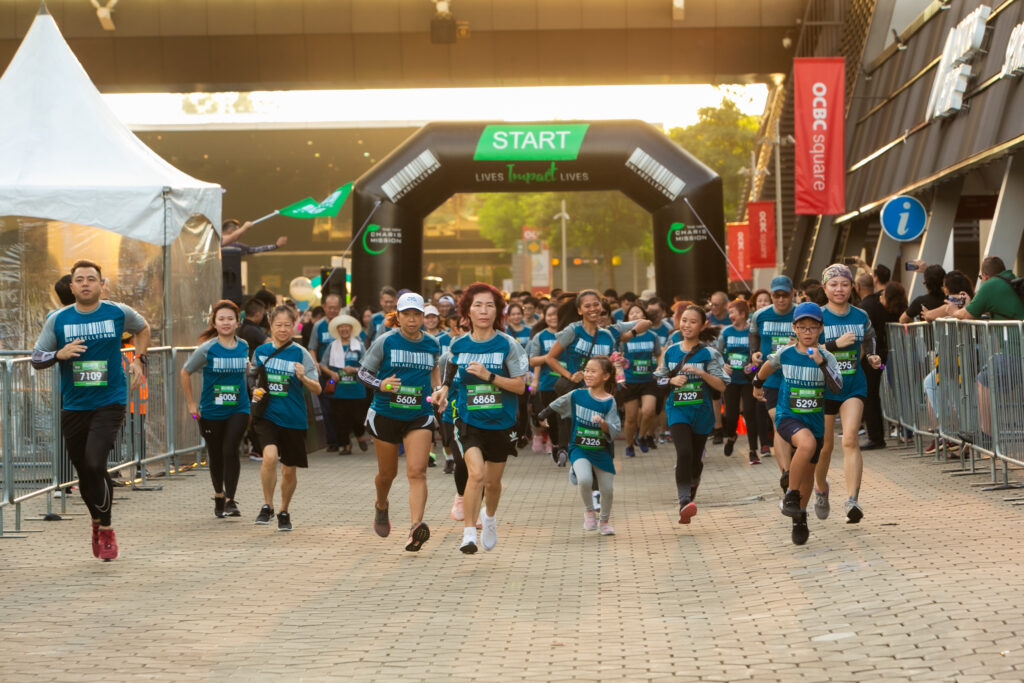


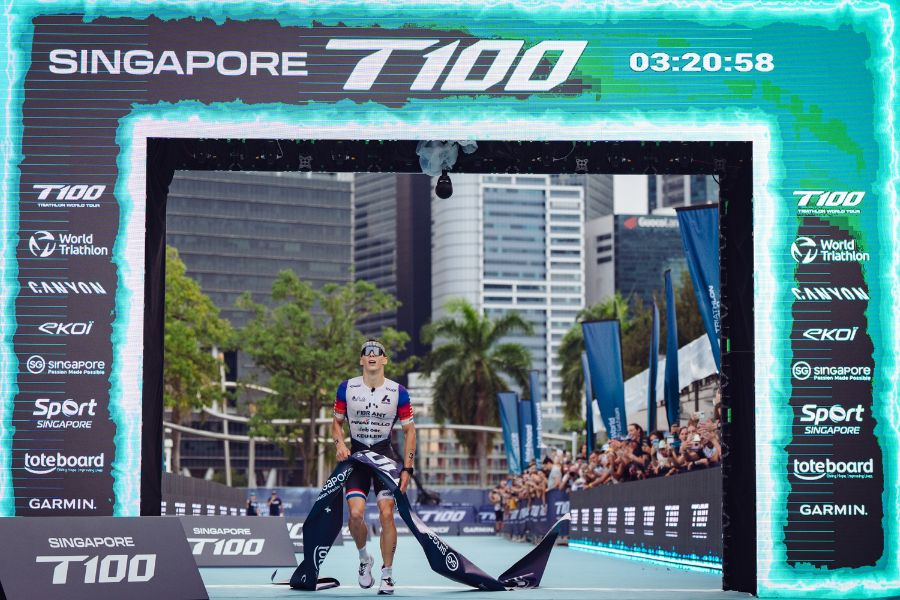








 Exclusive race updates
Exclusive race updates The latest news about Singapore’s running clubs
The latest news about Singapore’s running clubs  Bite-sized, specially curated expert insights on training, nutrition, and the latest running gear
Bite-sized, specially curated expert insights on training, nutrition, and the latest running gear  Exciting collaborations and giveaways
Exciting collaborations and giveaways
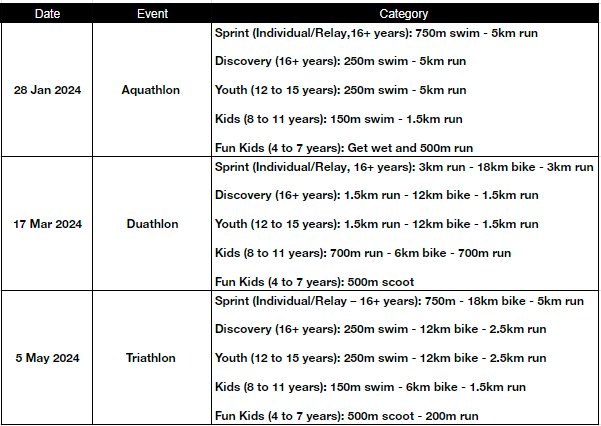







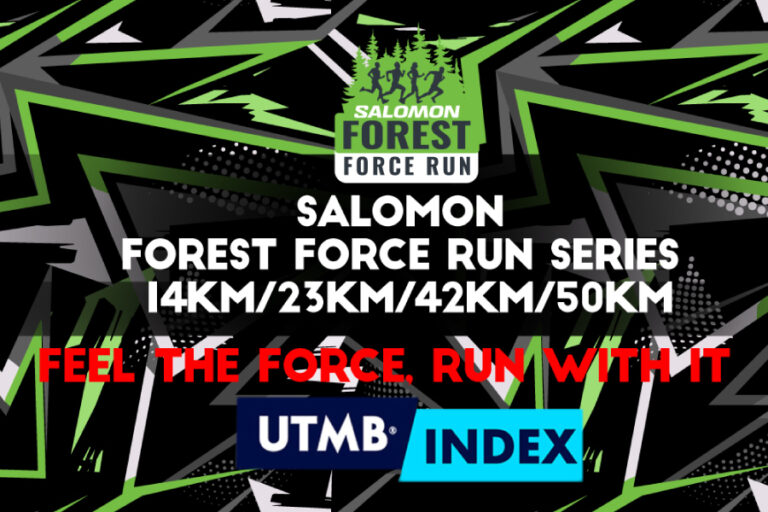

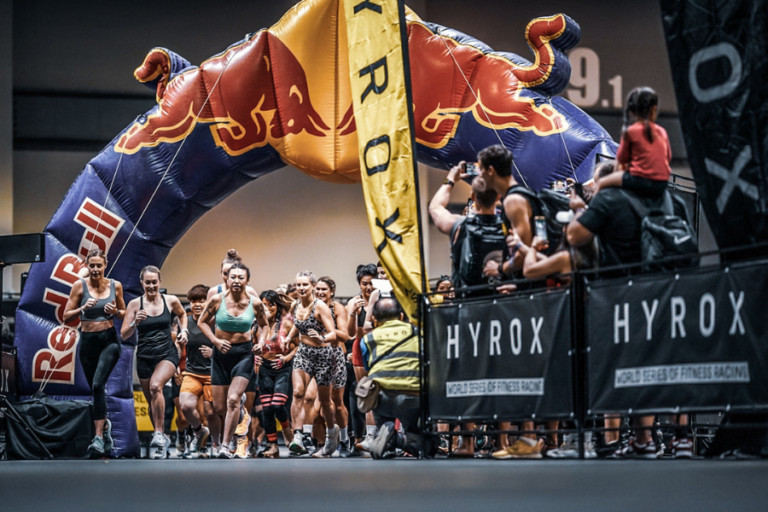
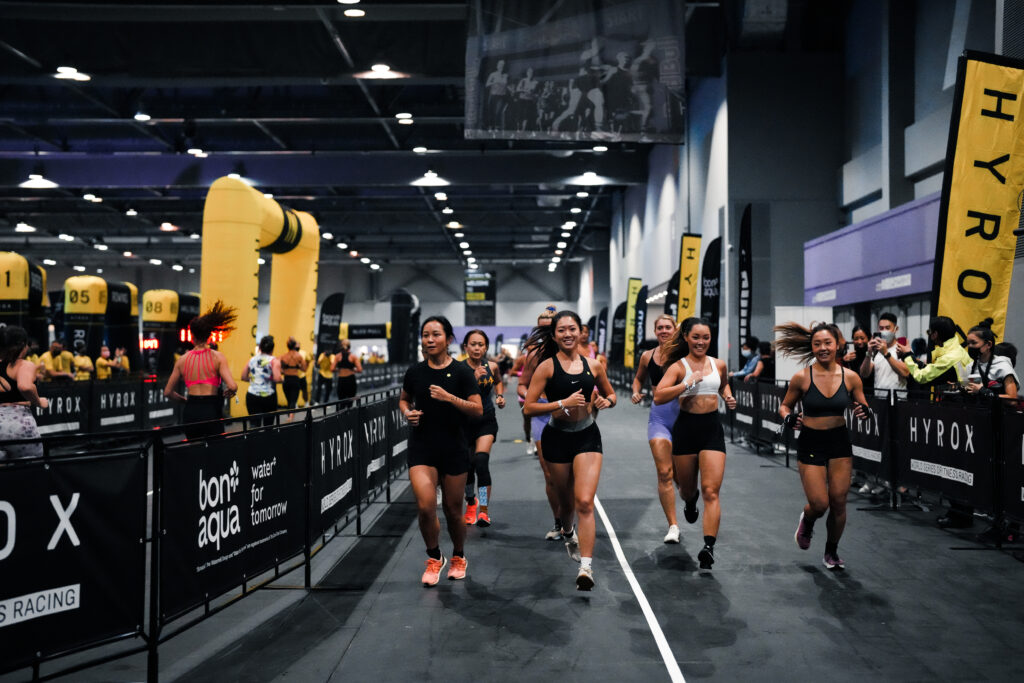
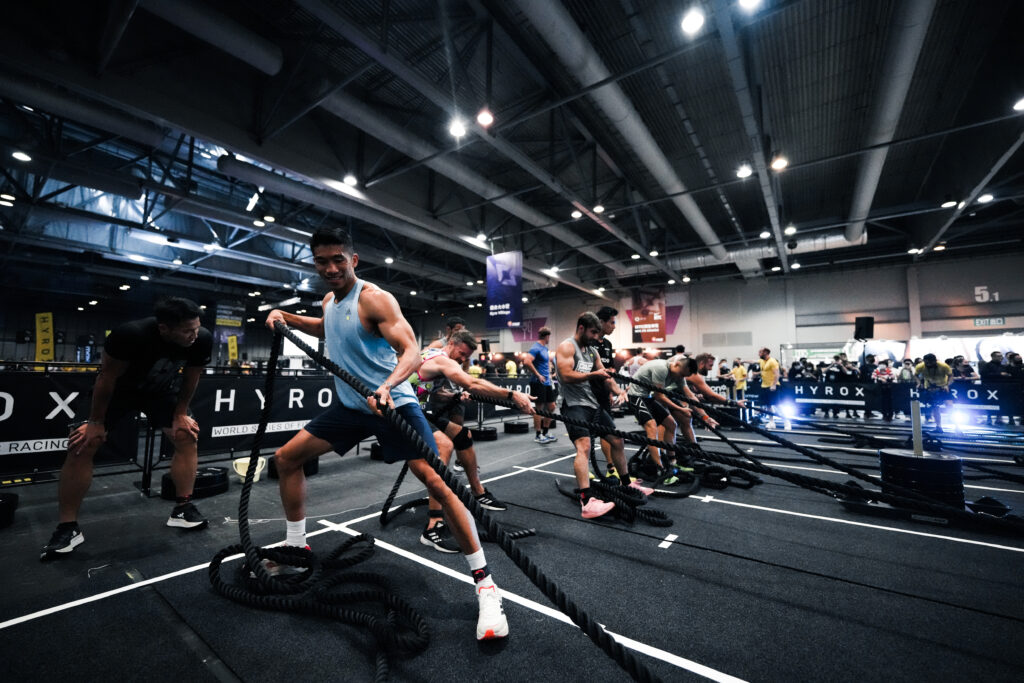



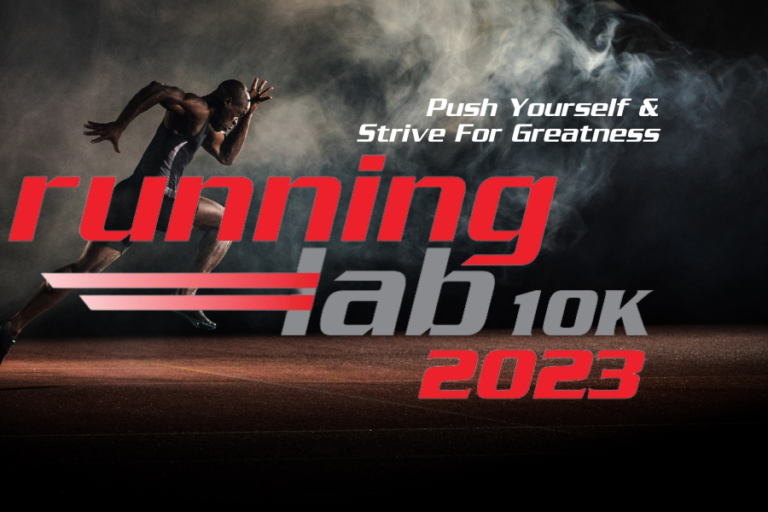


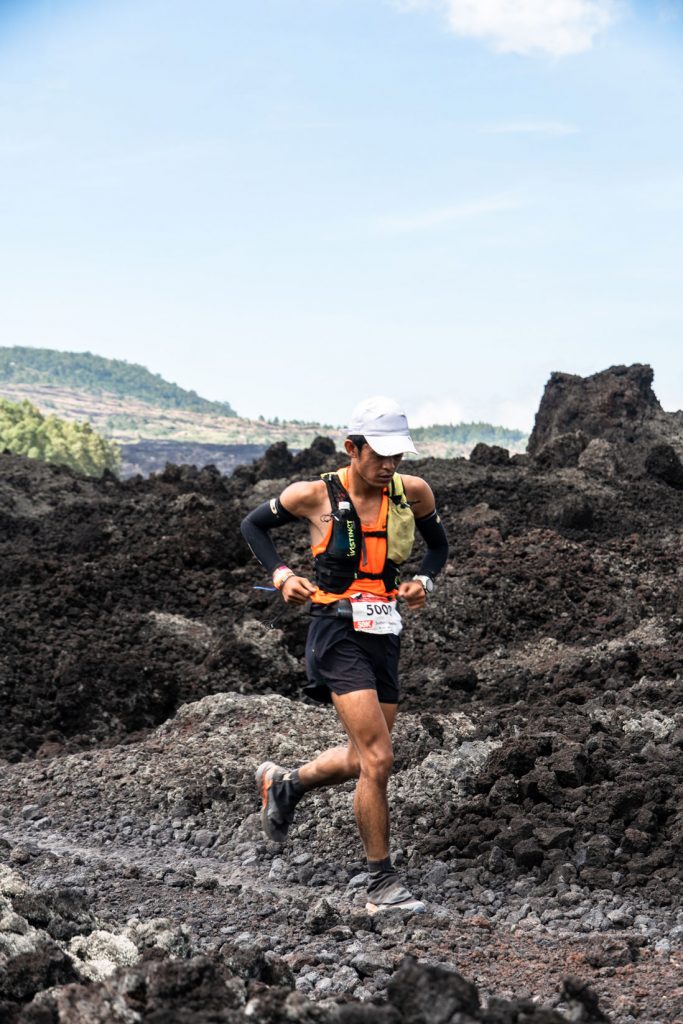

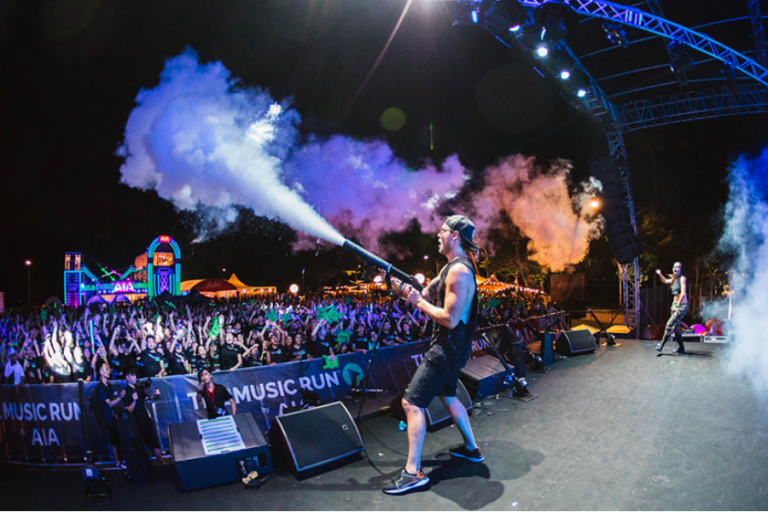
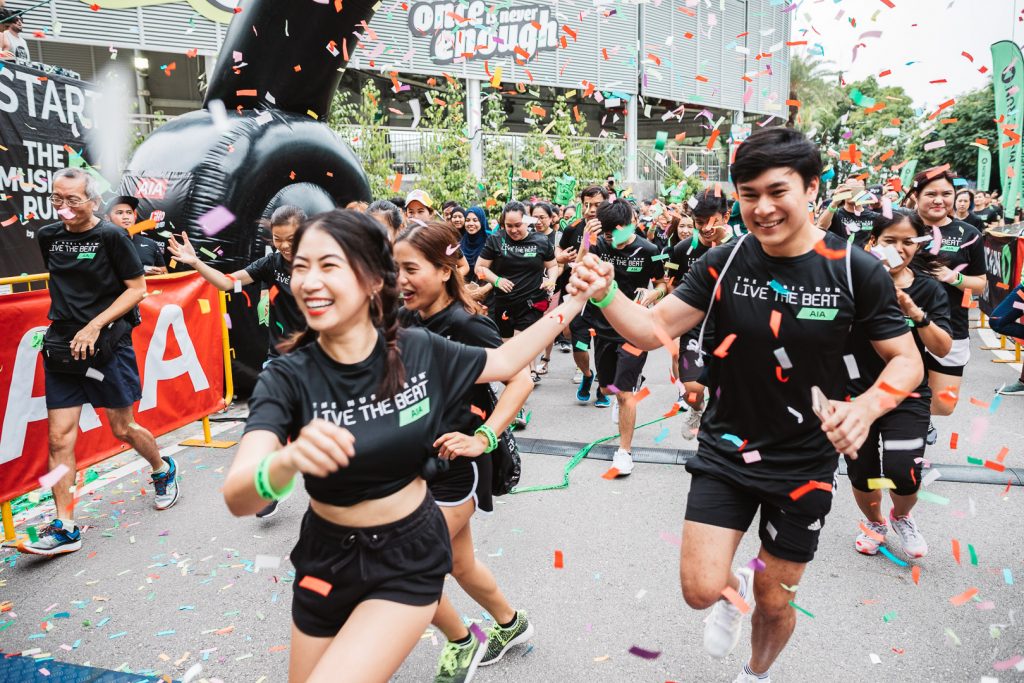



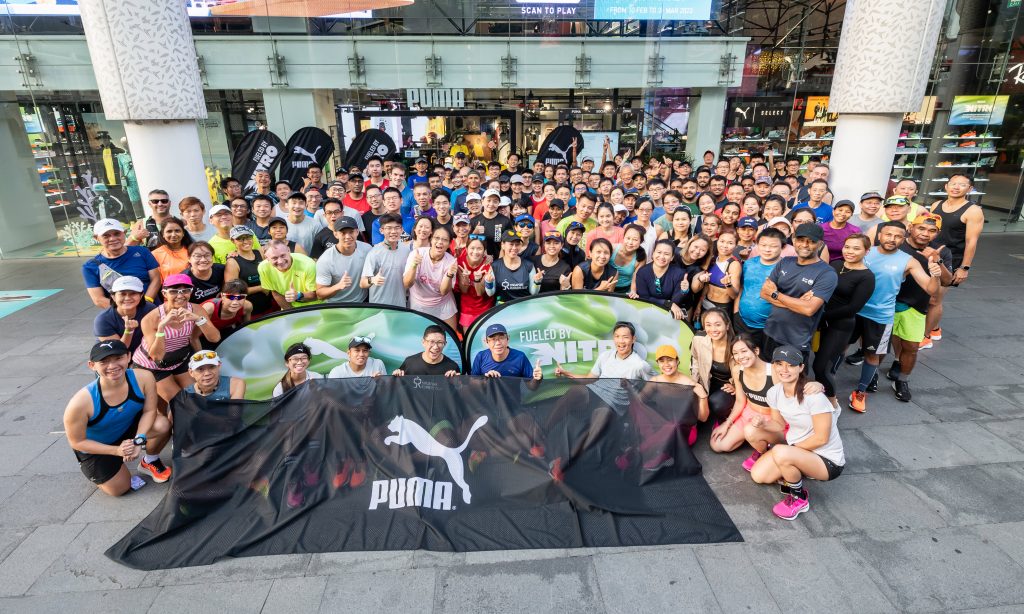




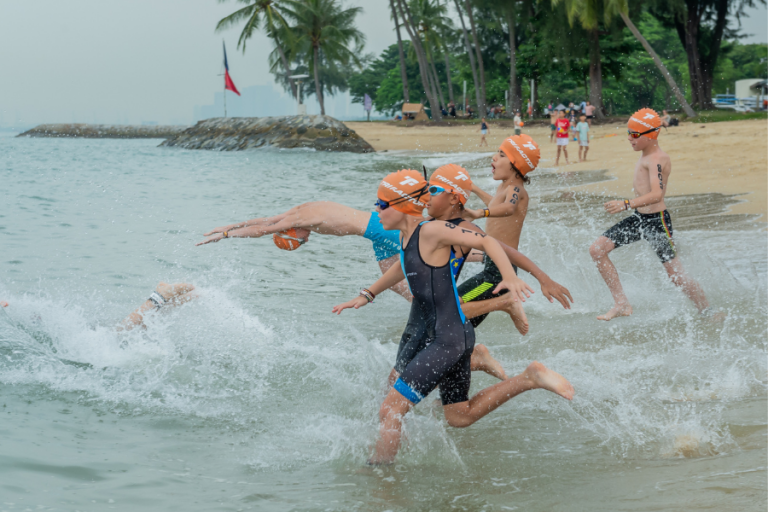


















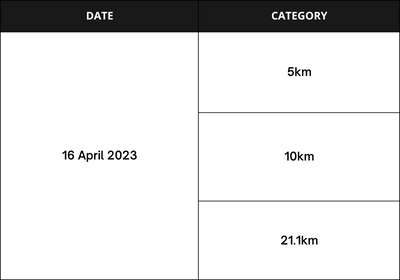













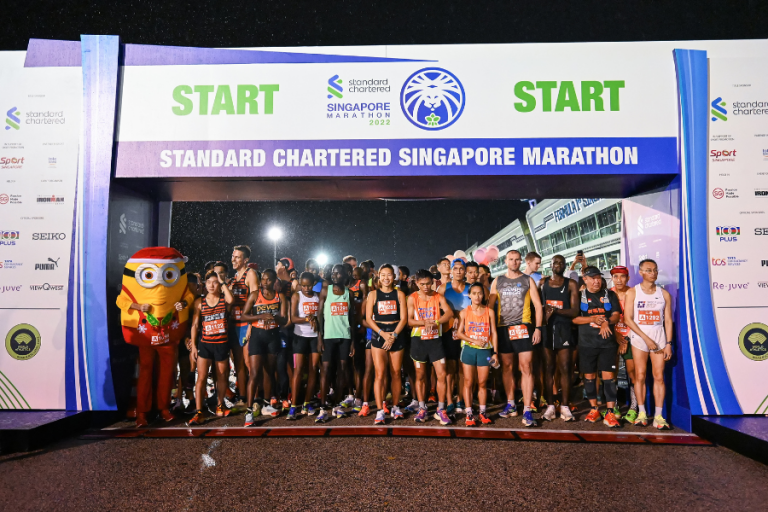








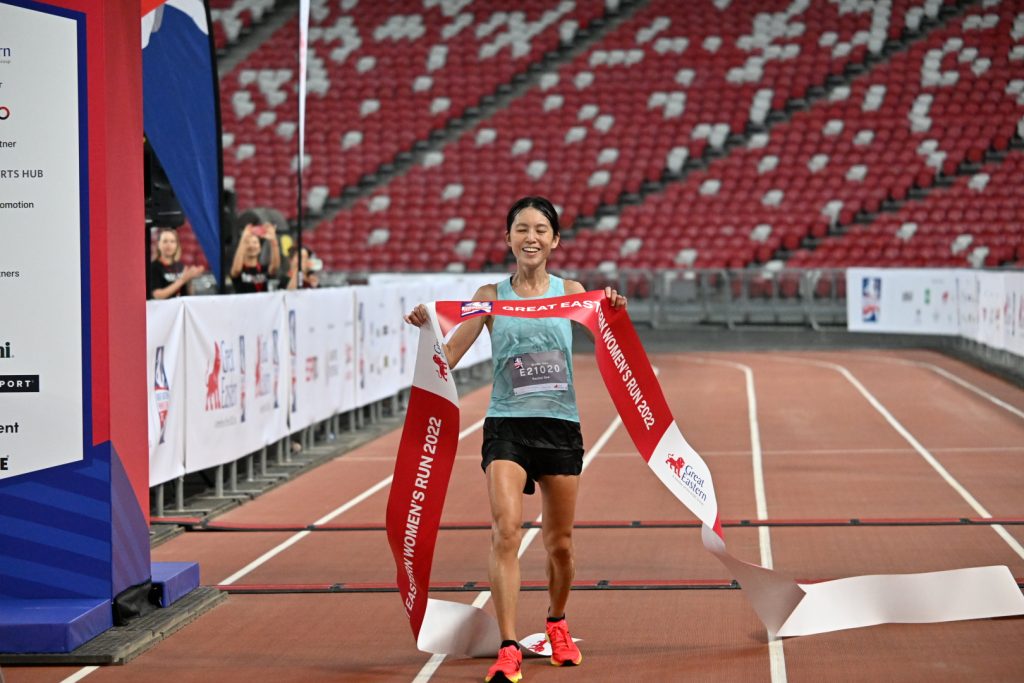
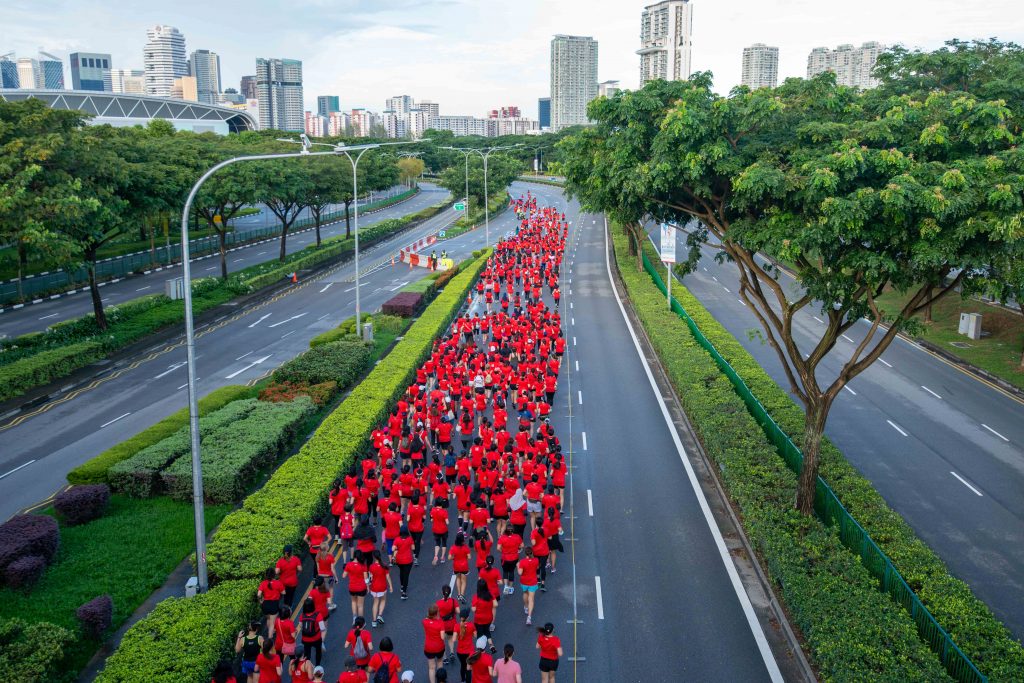
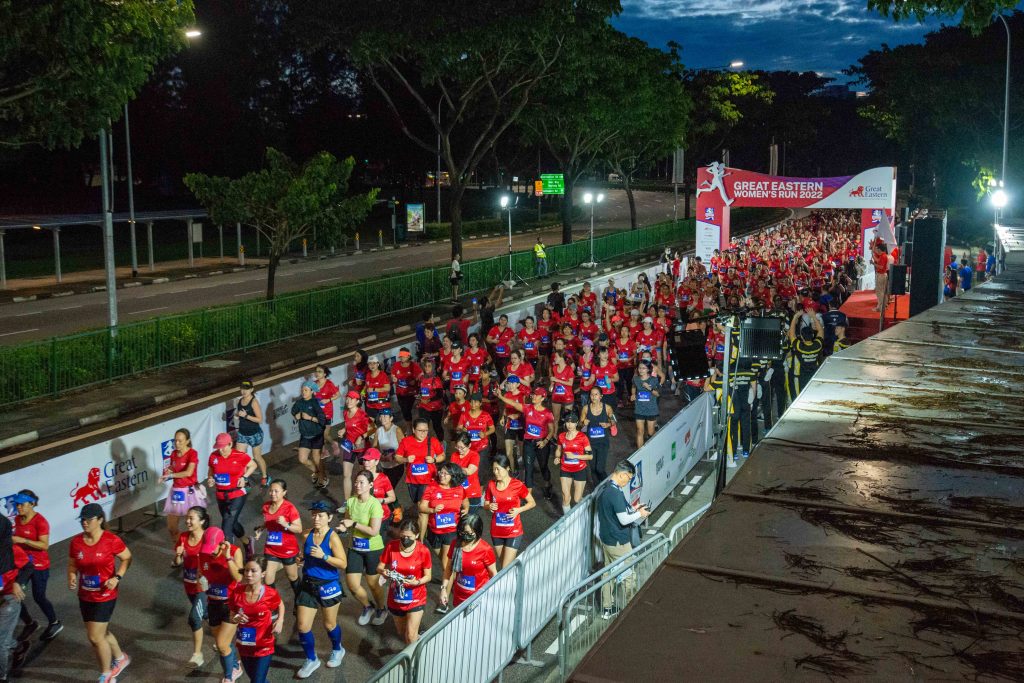
























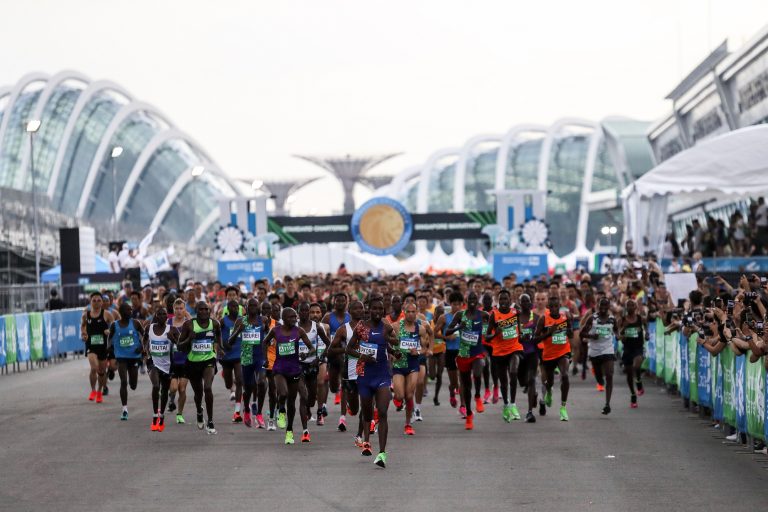
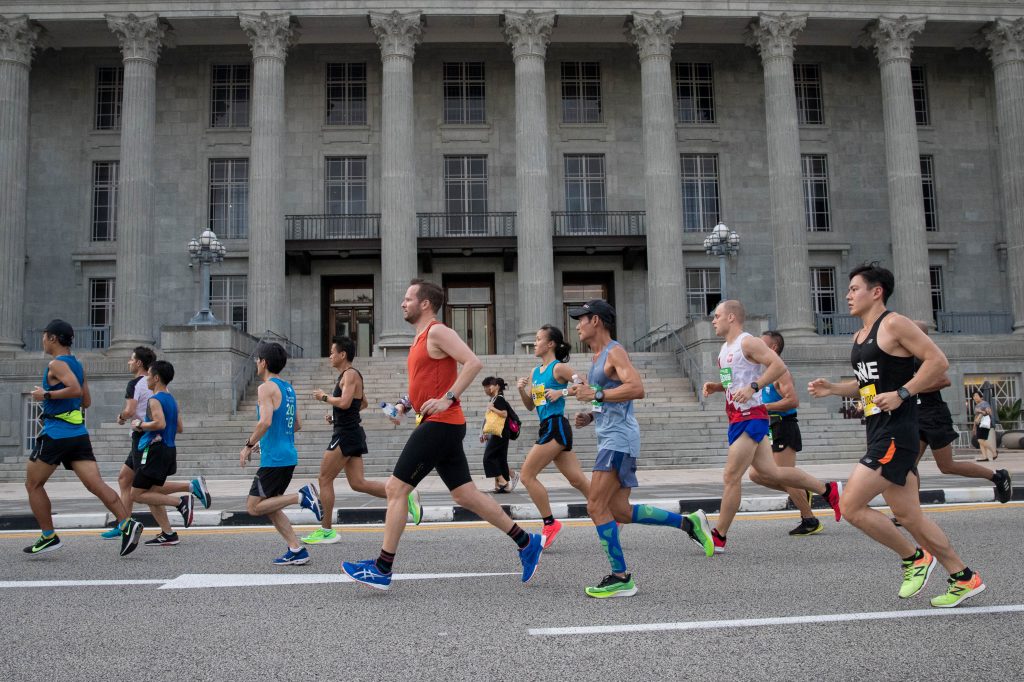

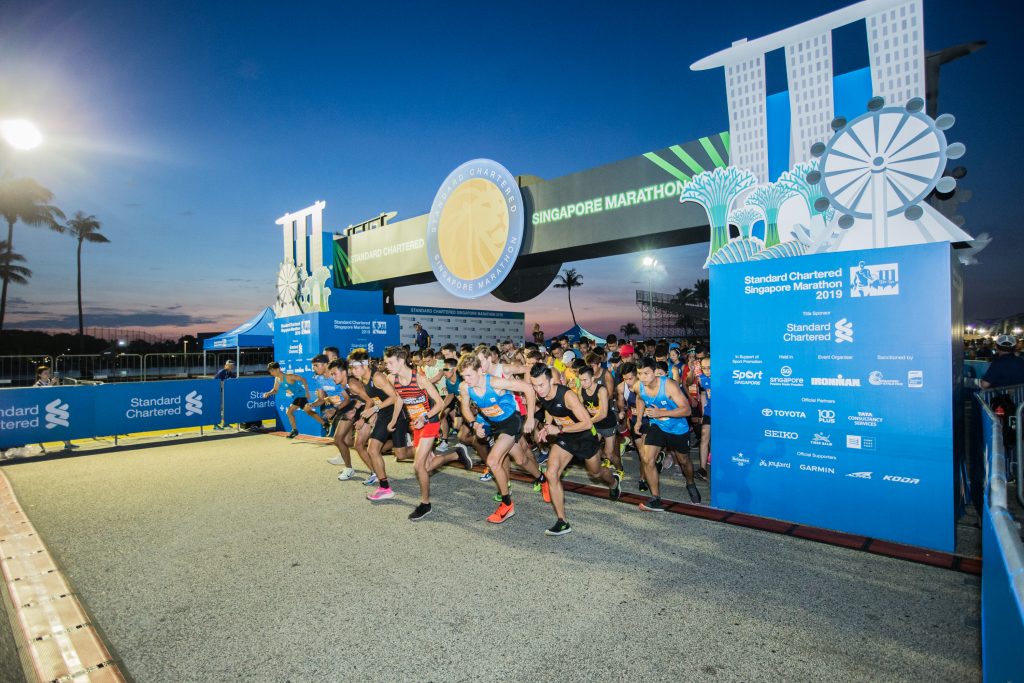

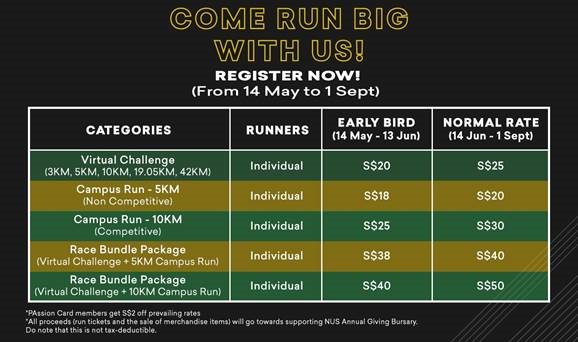





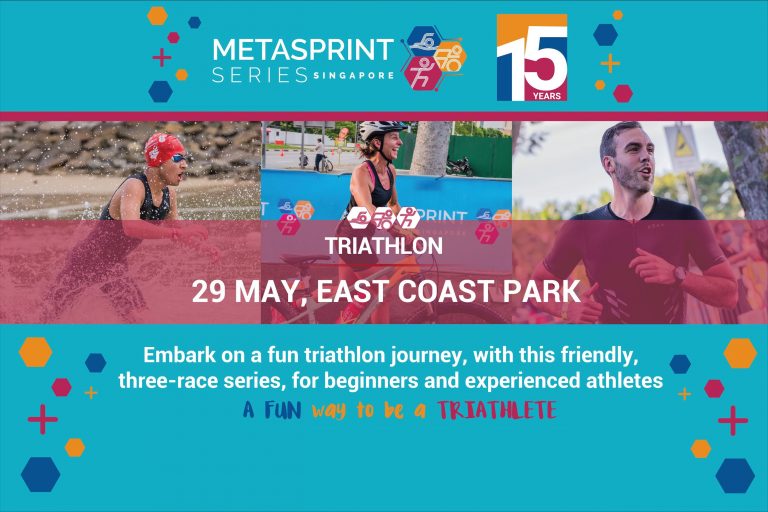
























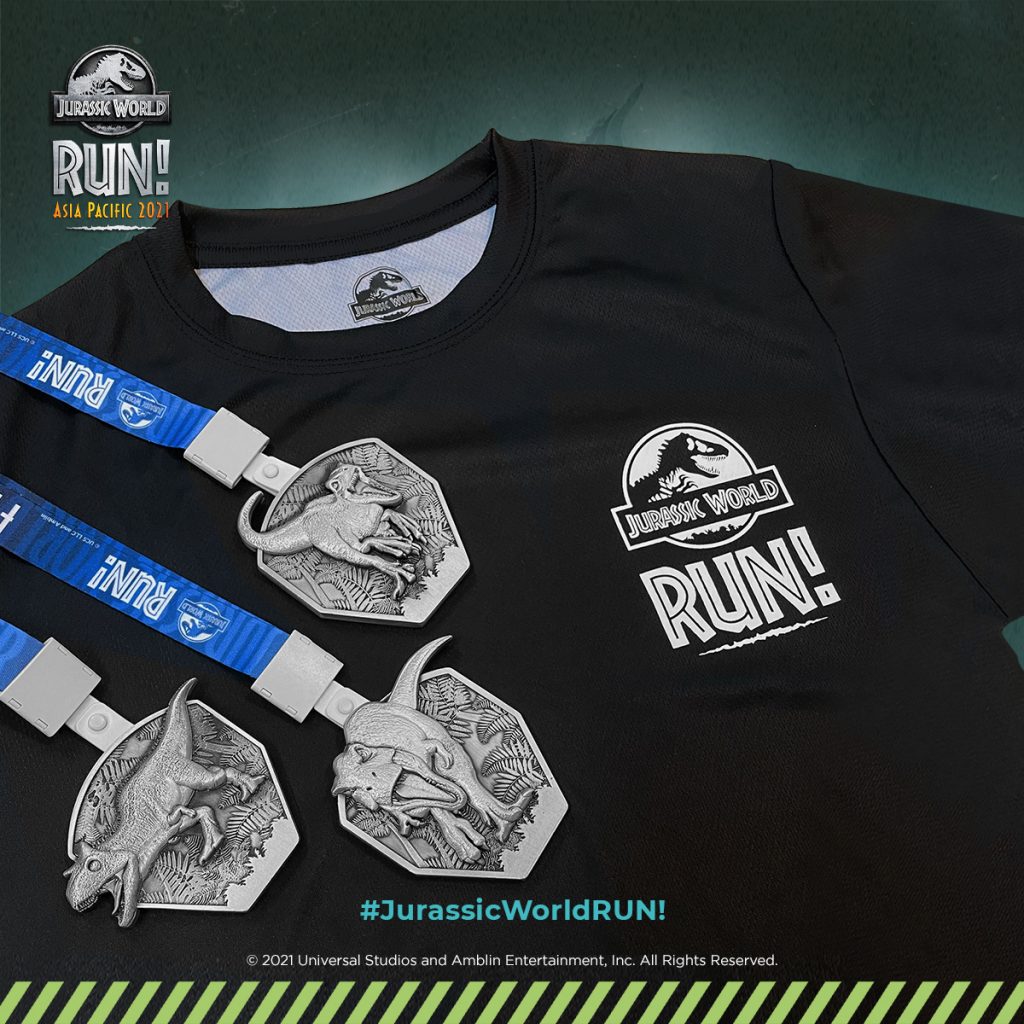

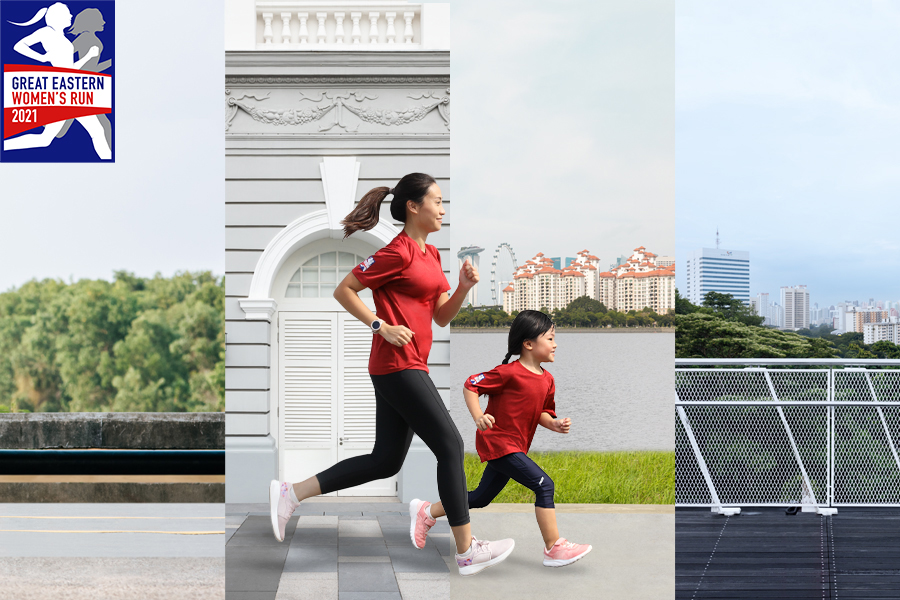
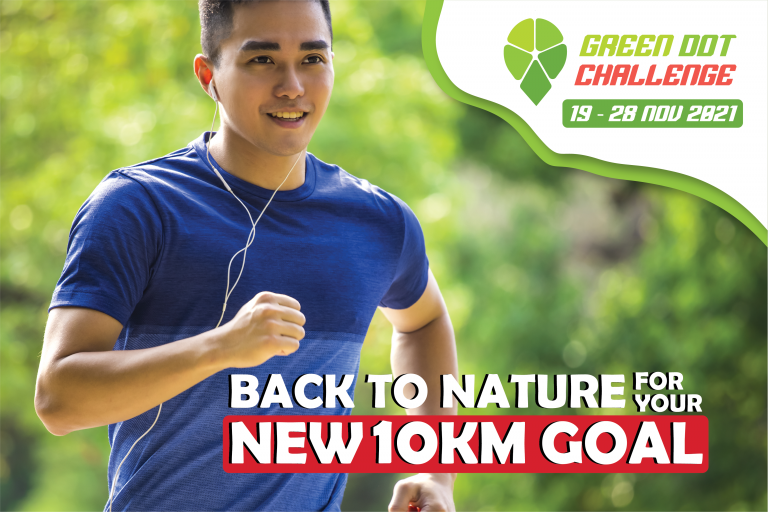




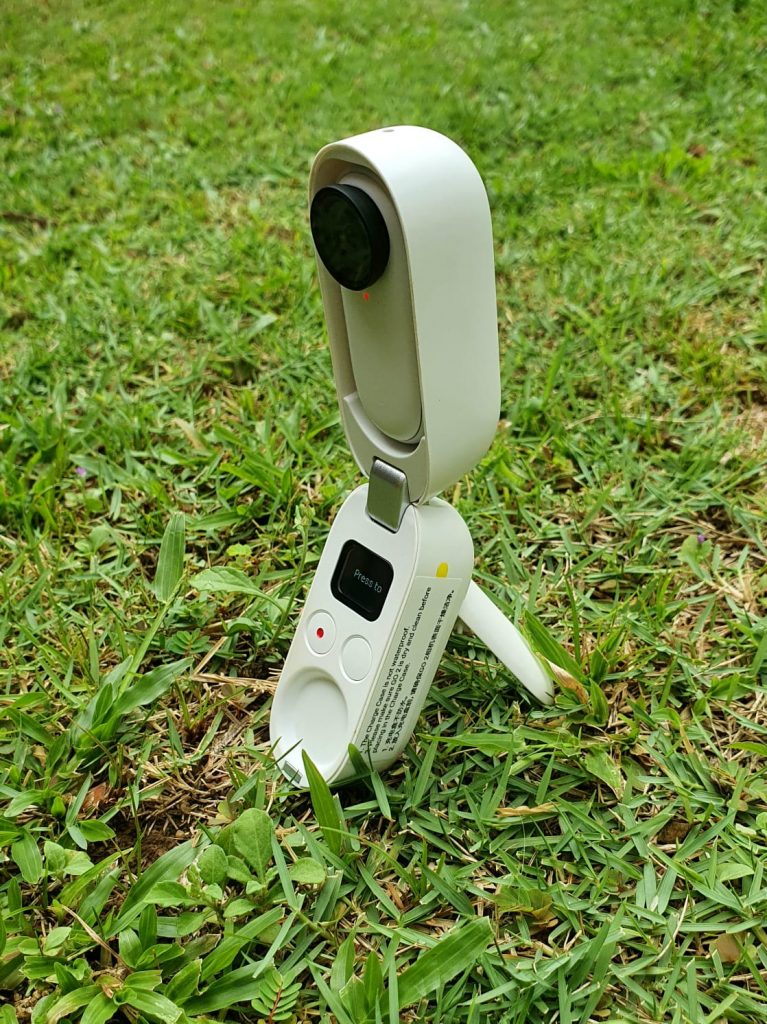



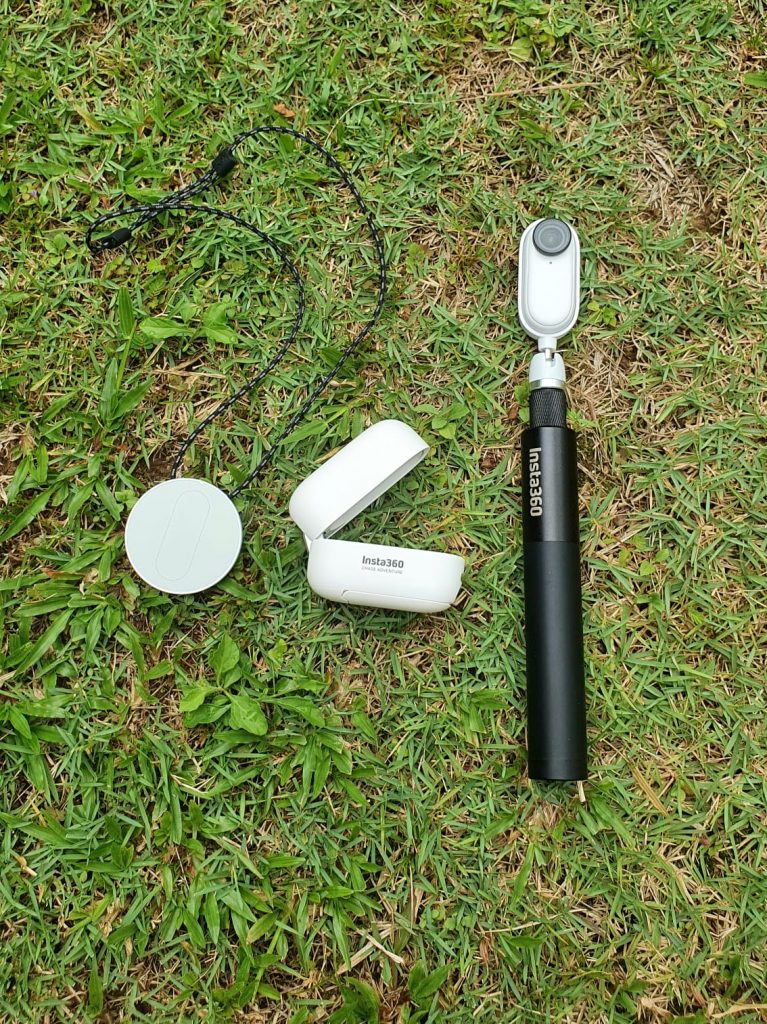





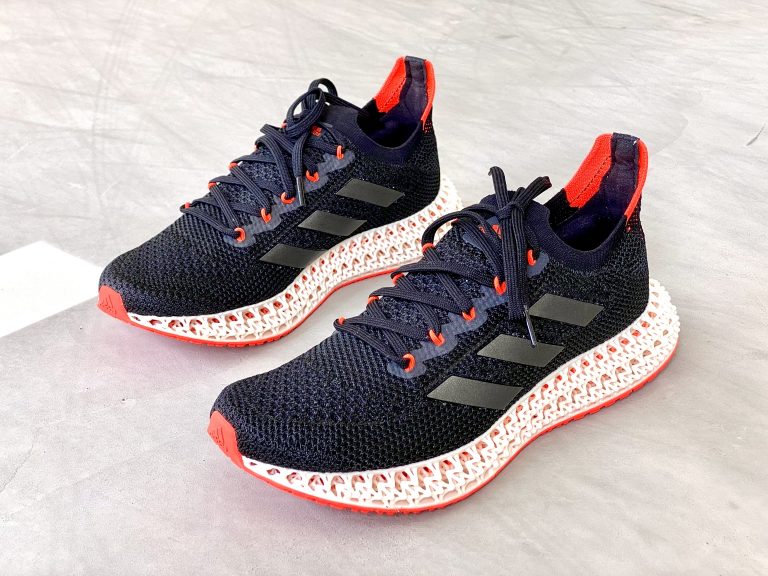






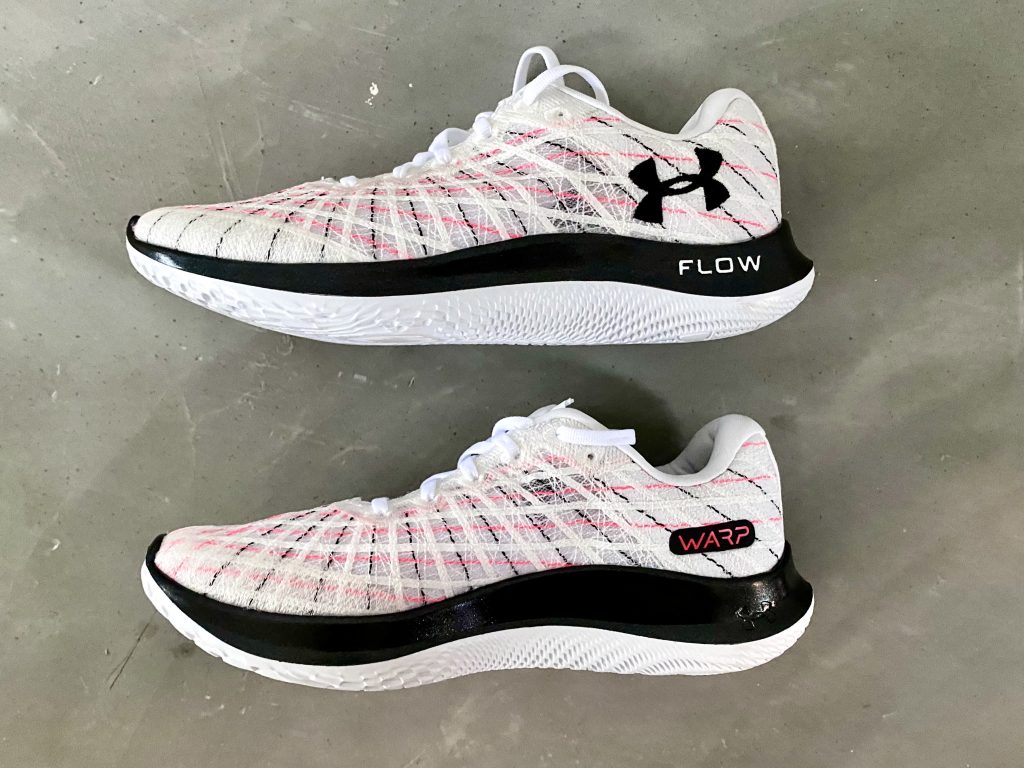
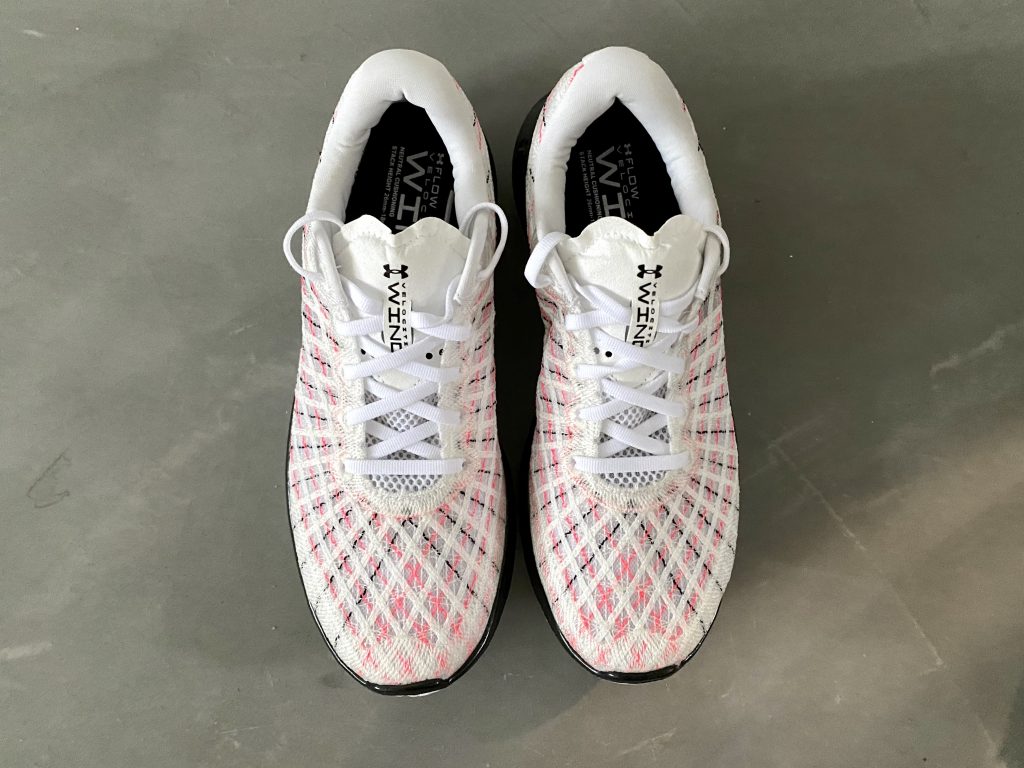
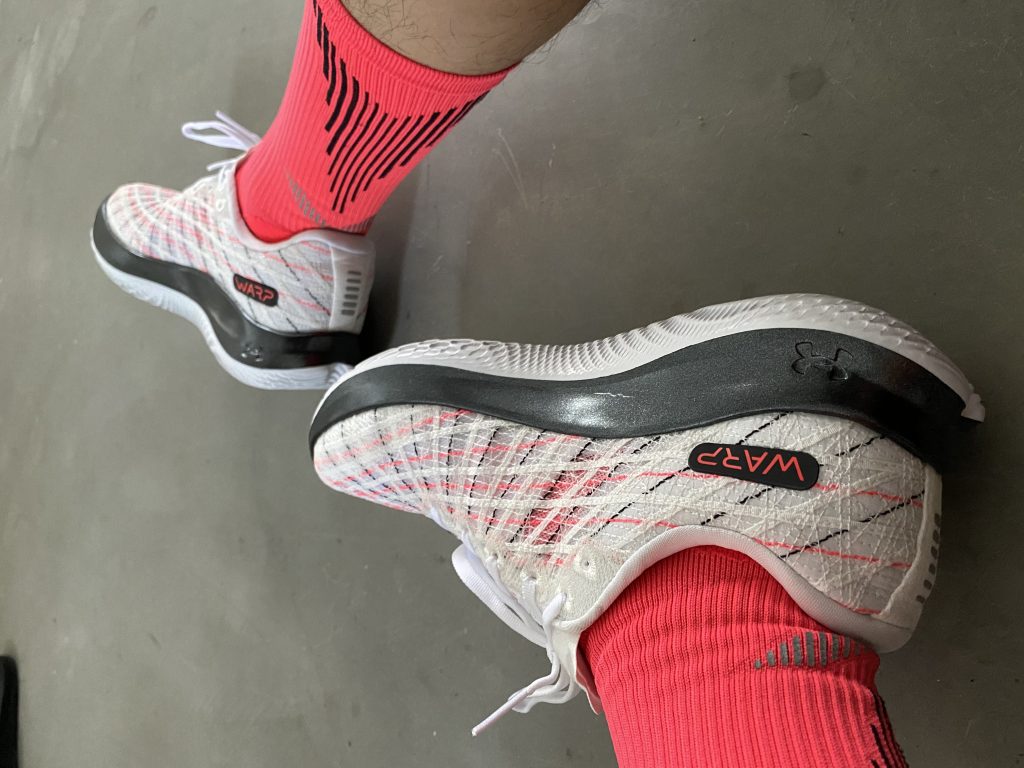
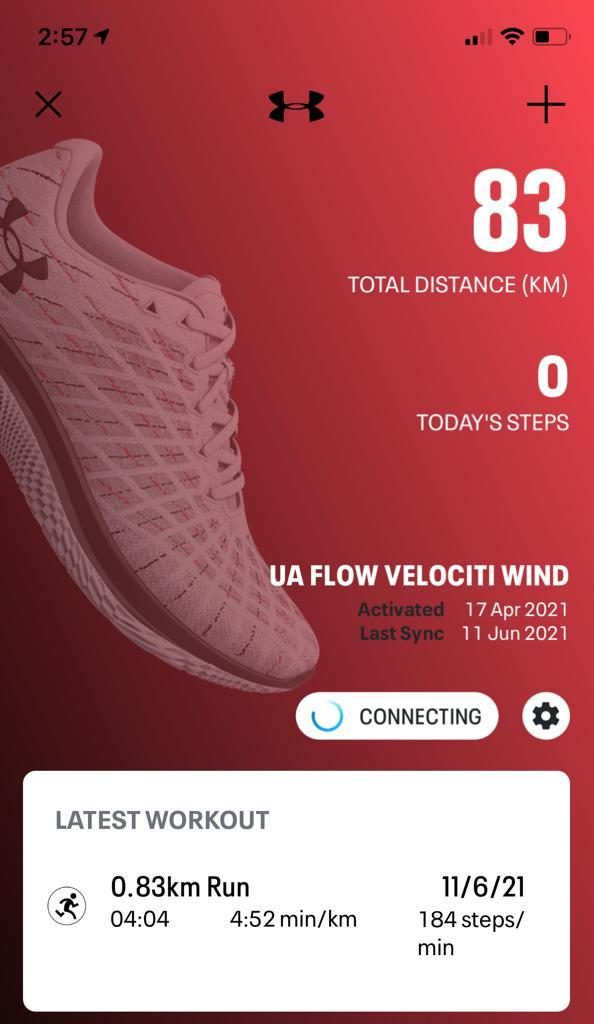


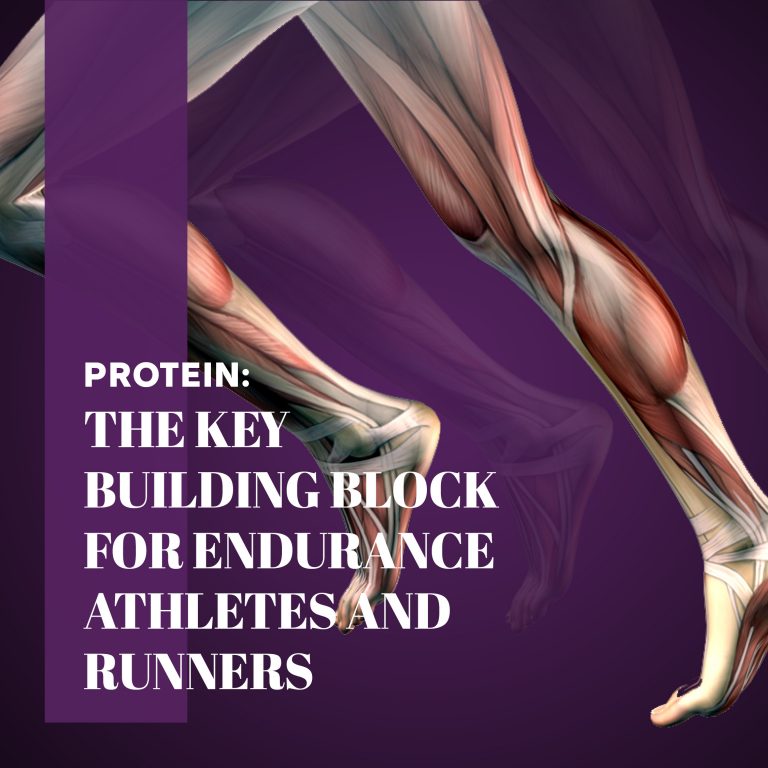

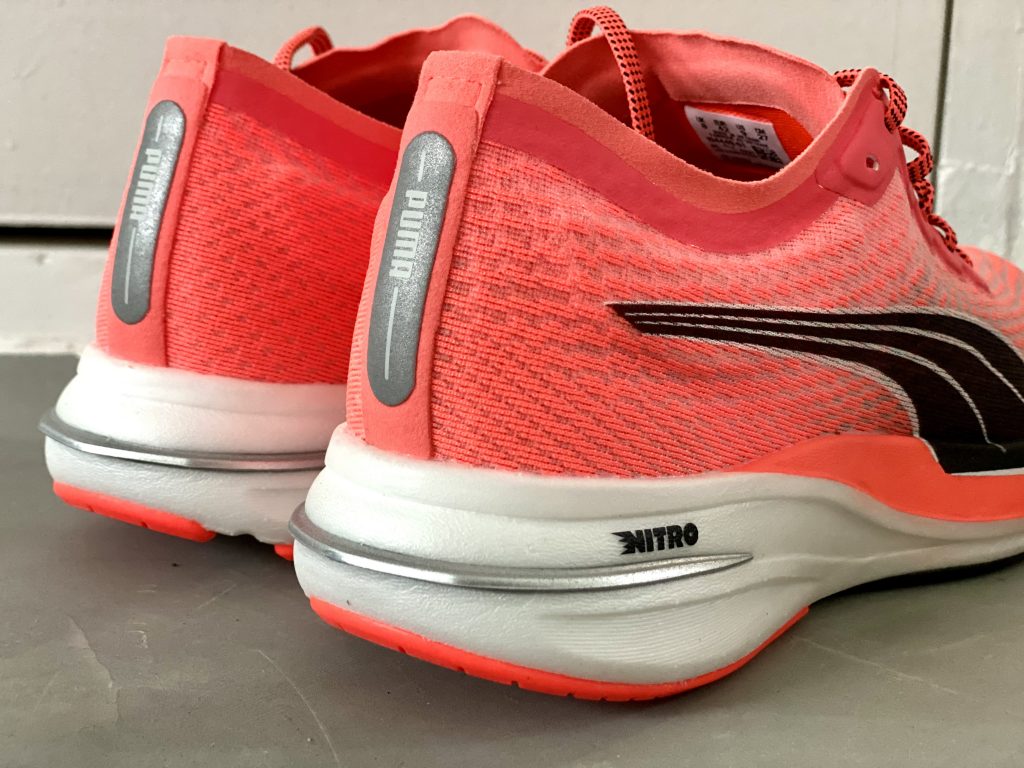
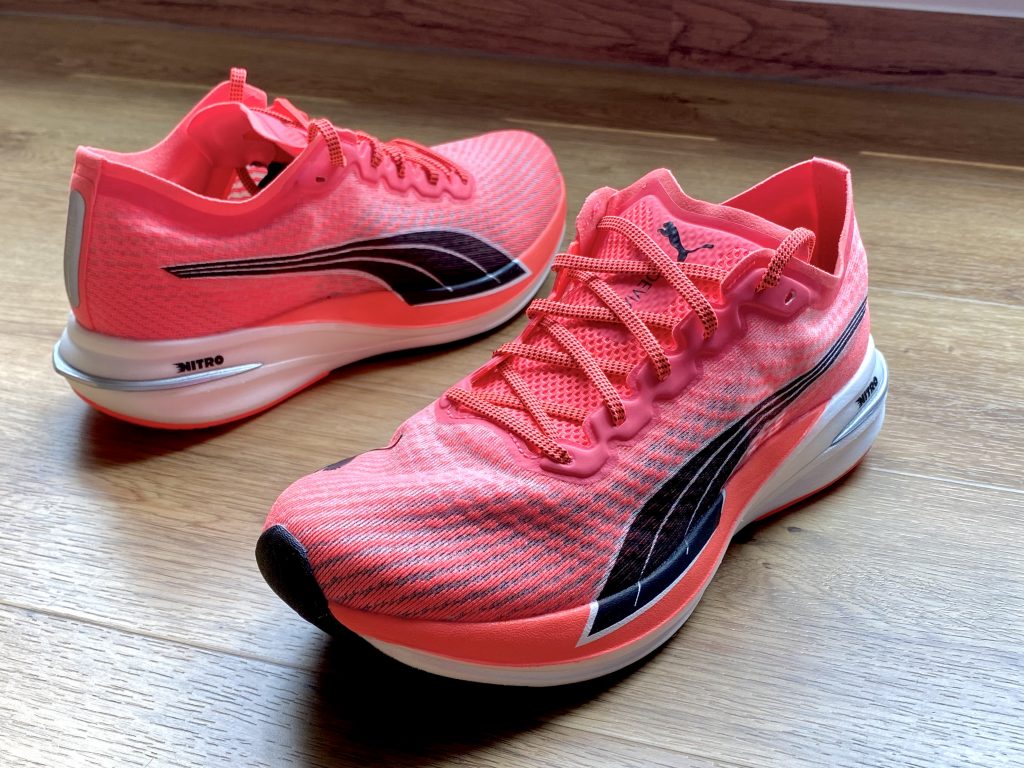

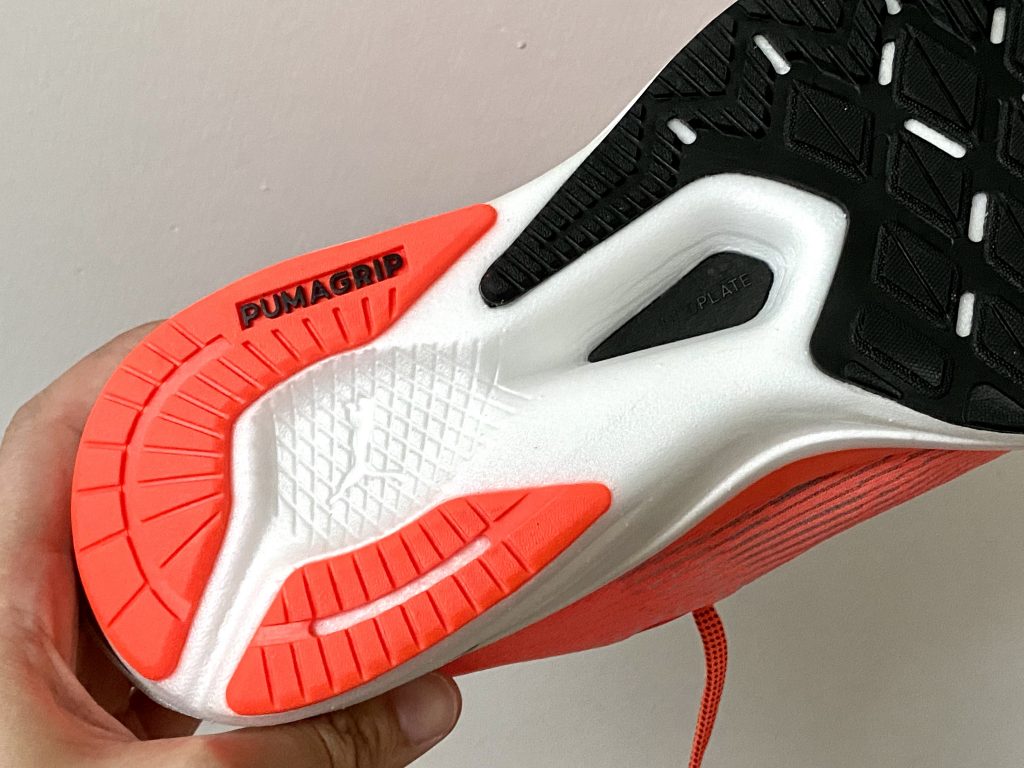
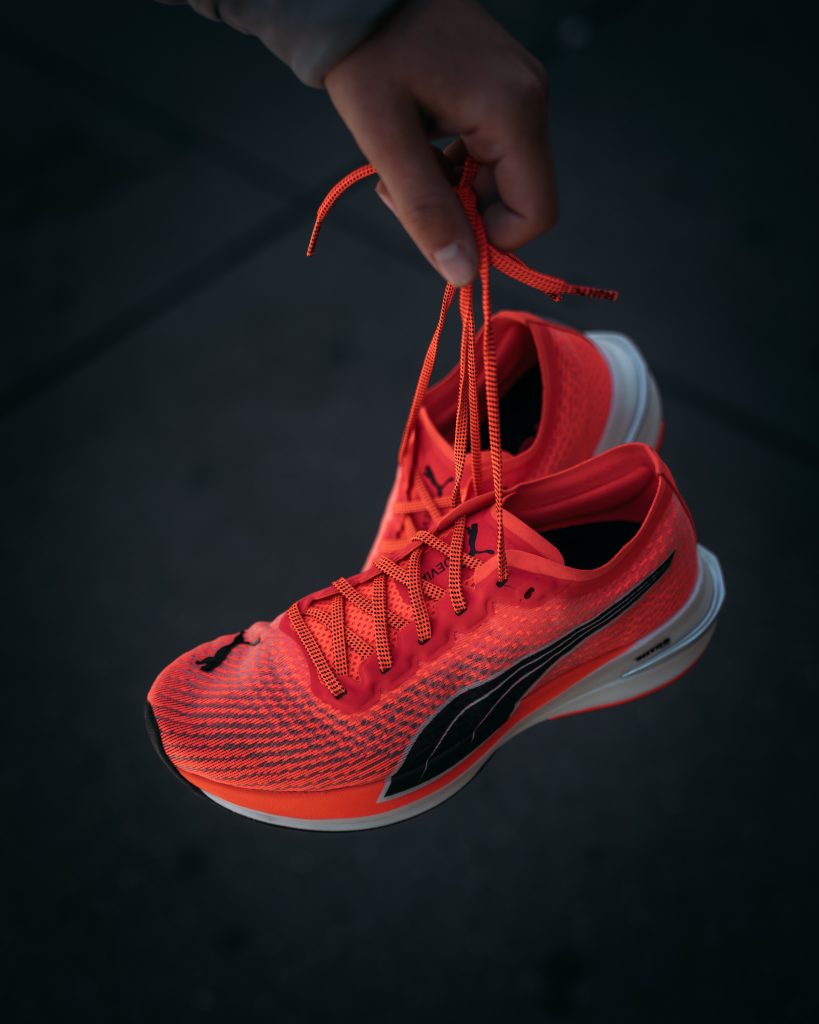


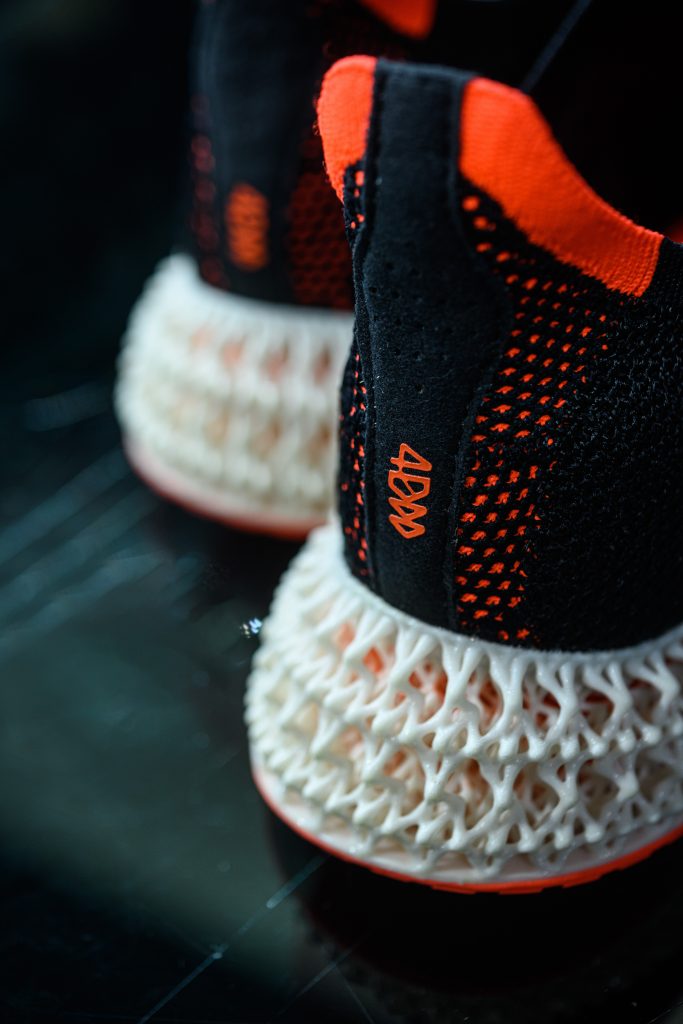
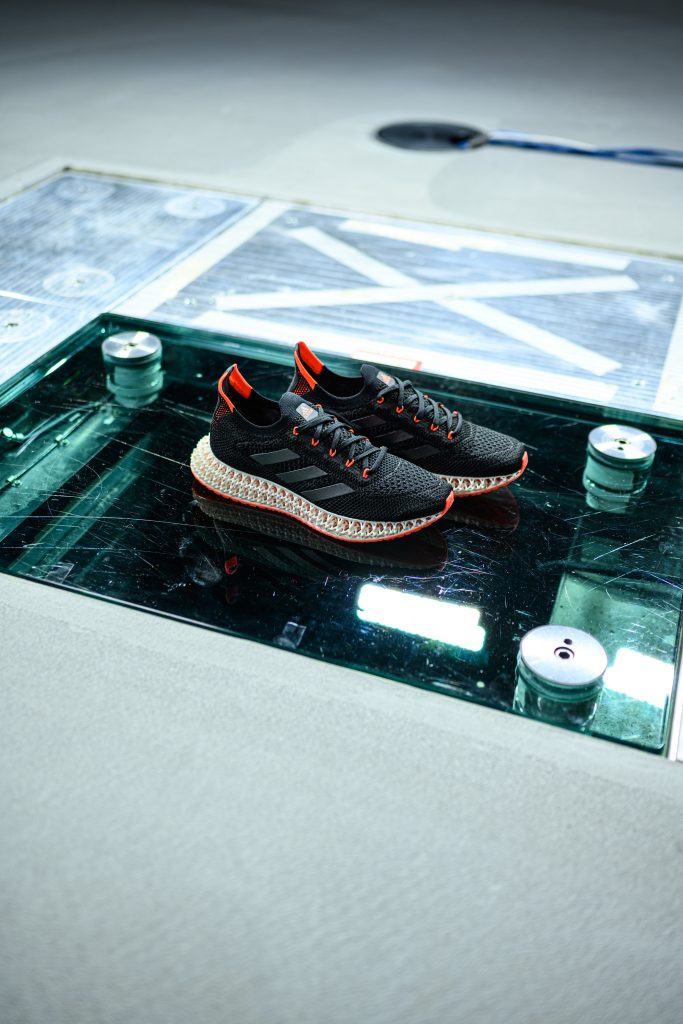
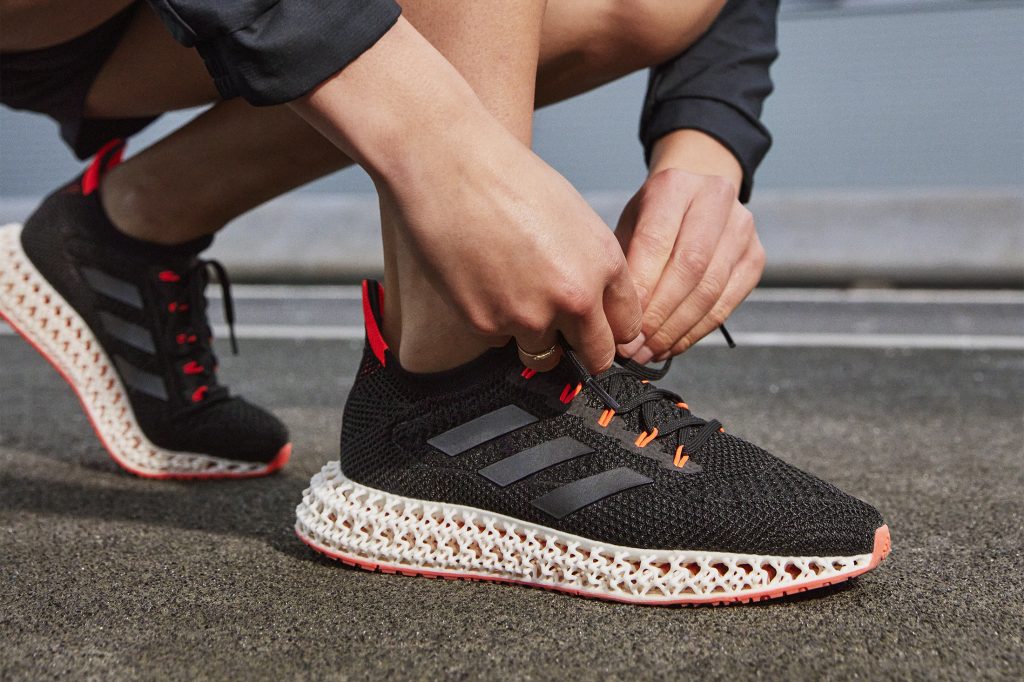
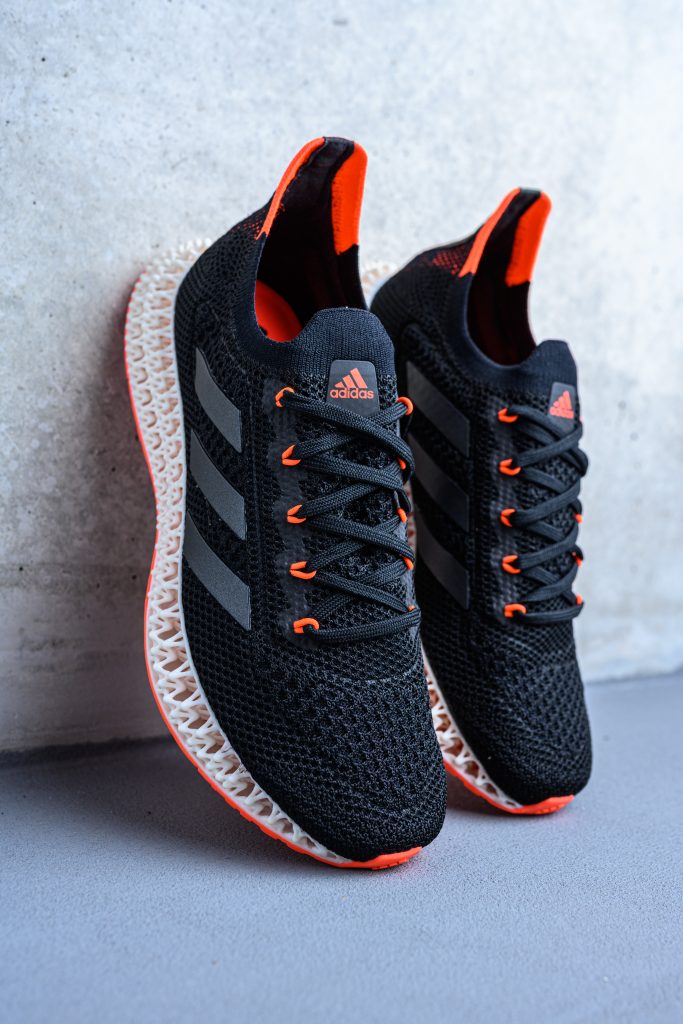







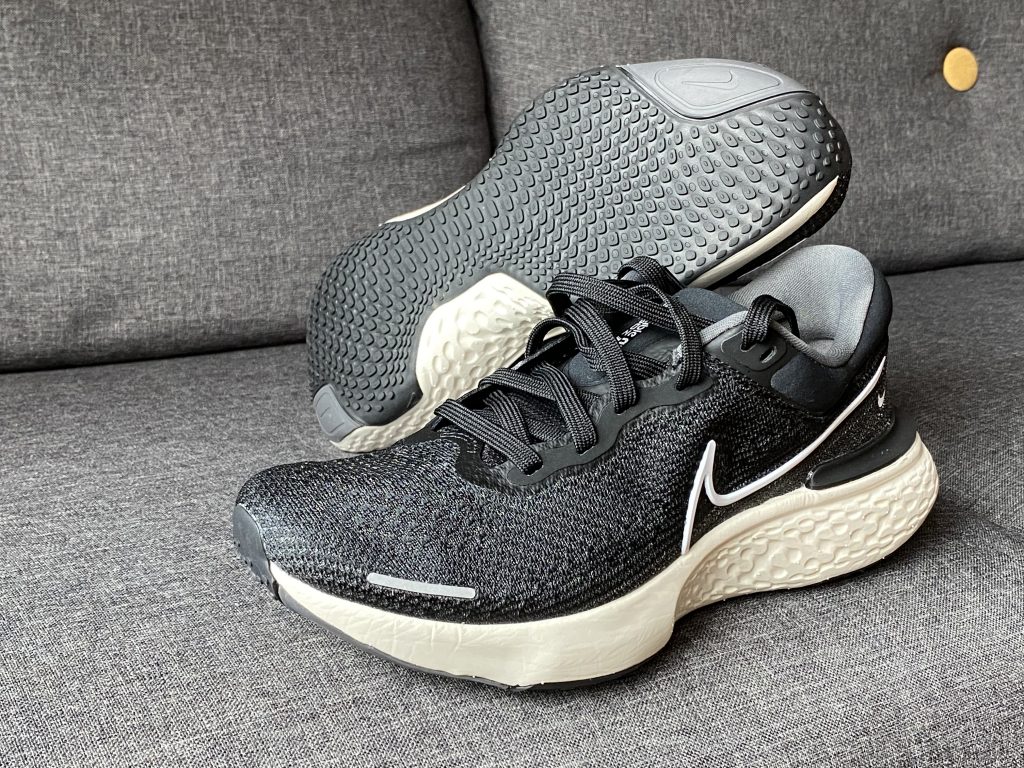















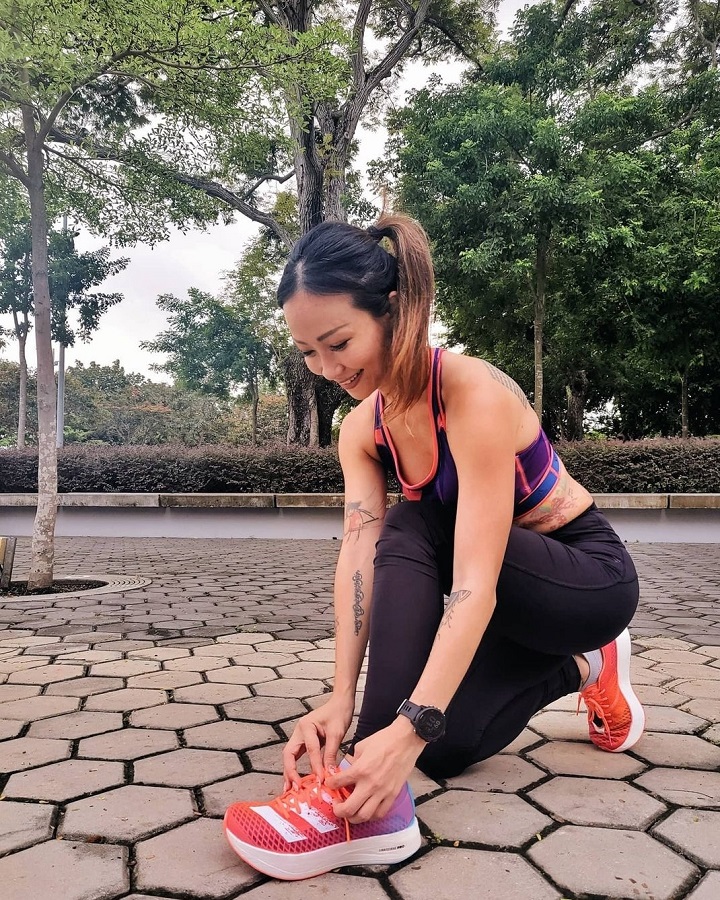
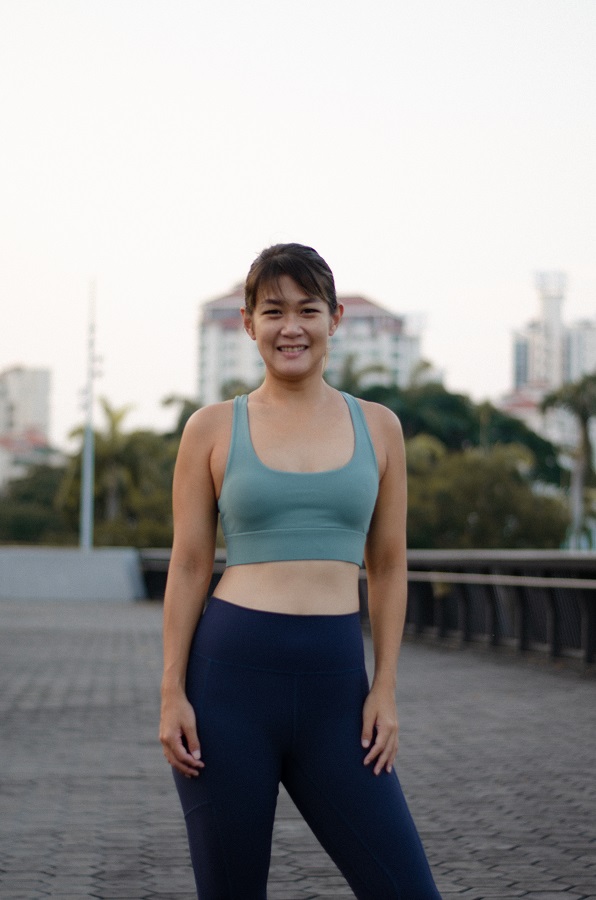
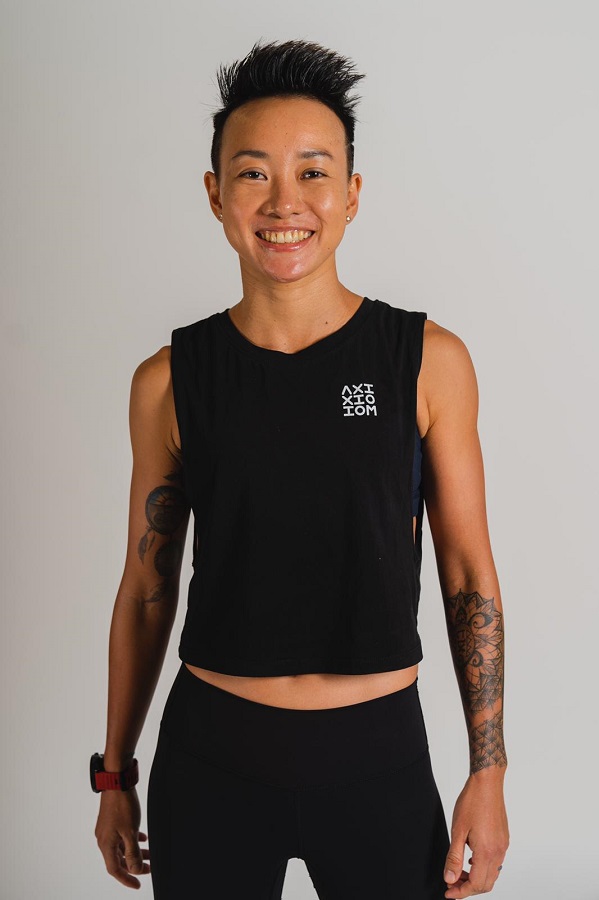




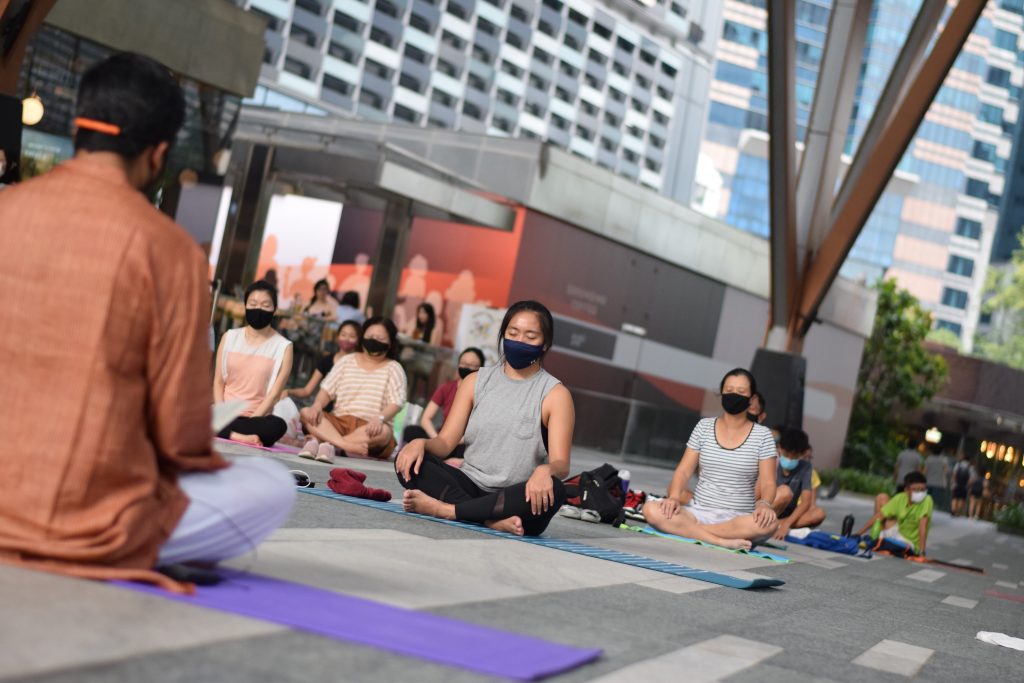




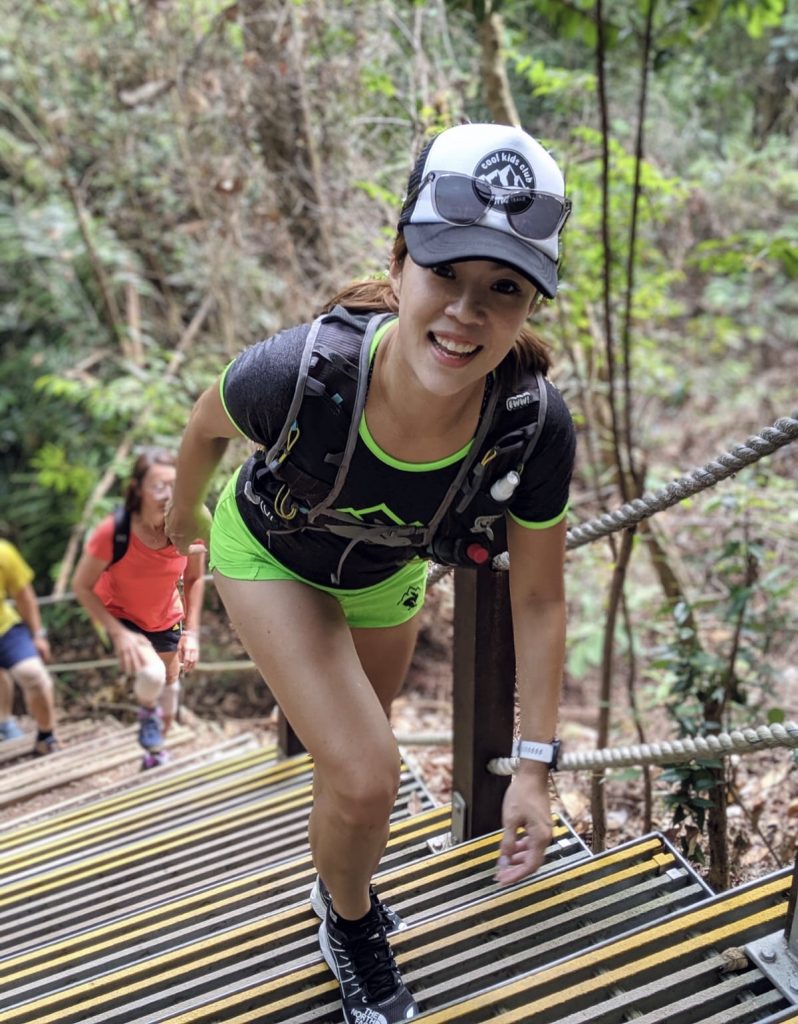

























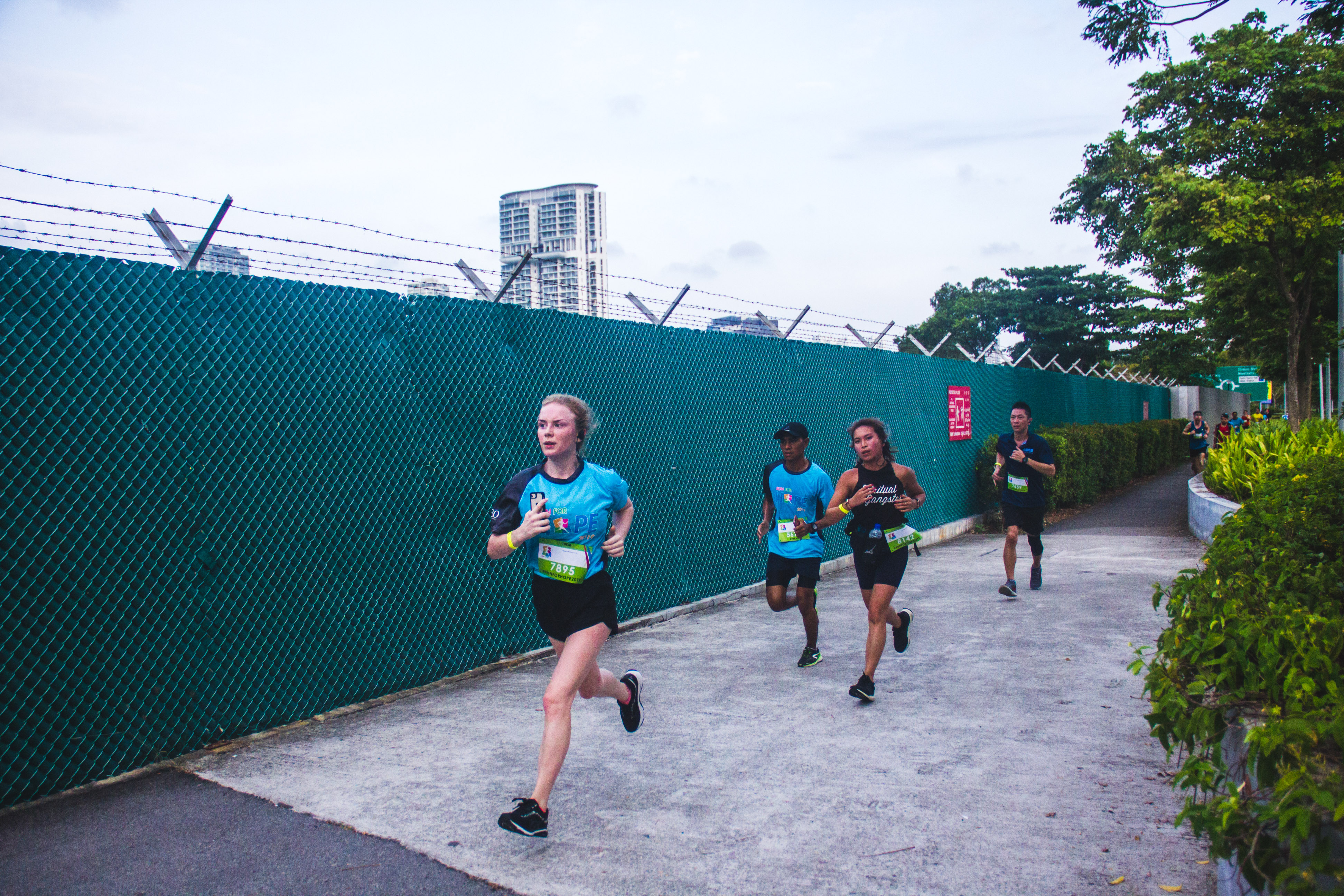



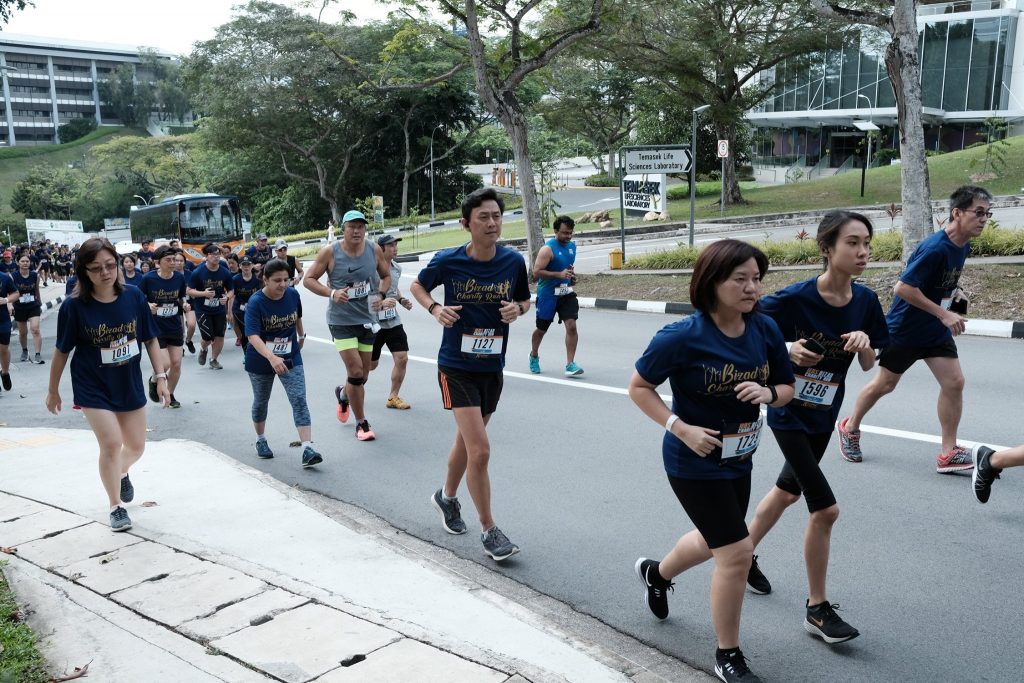




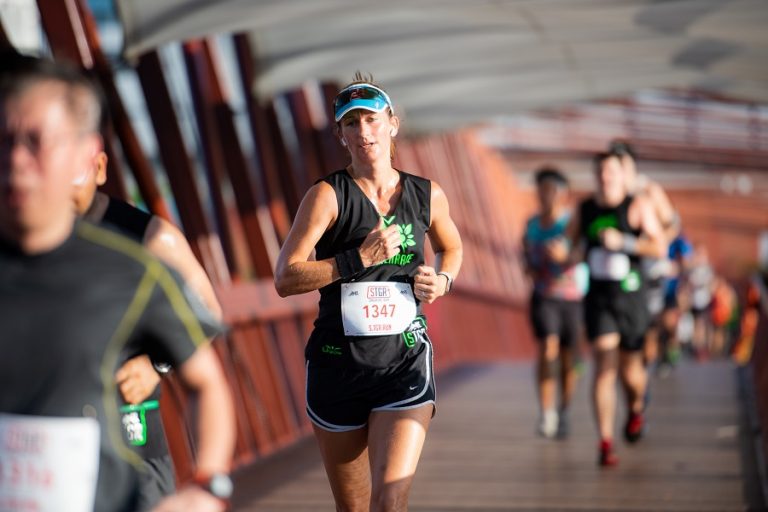
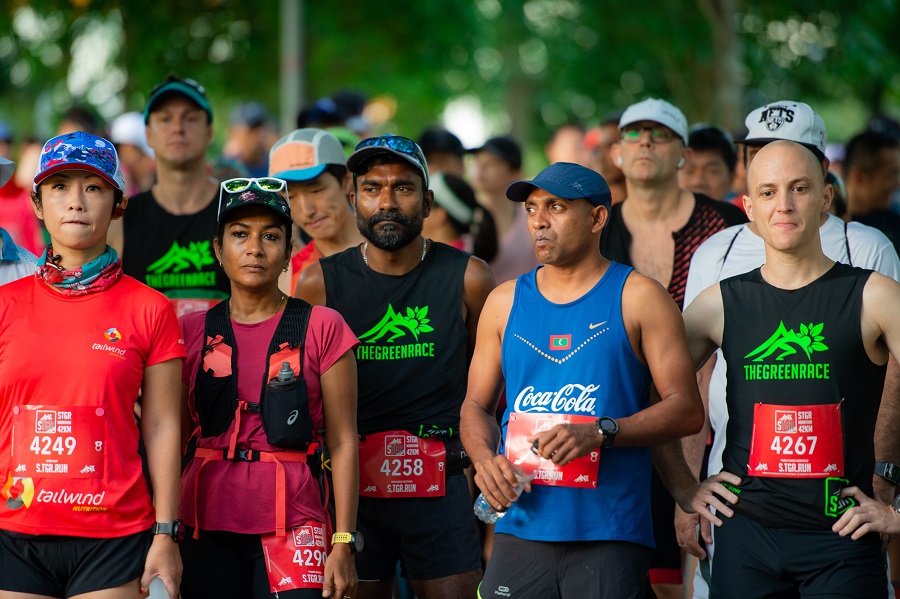




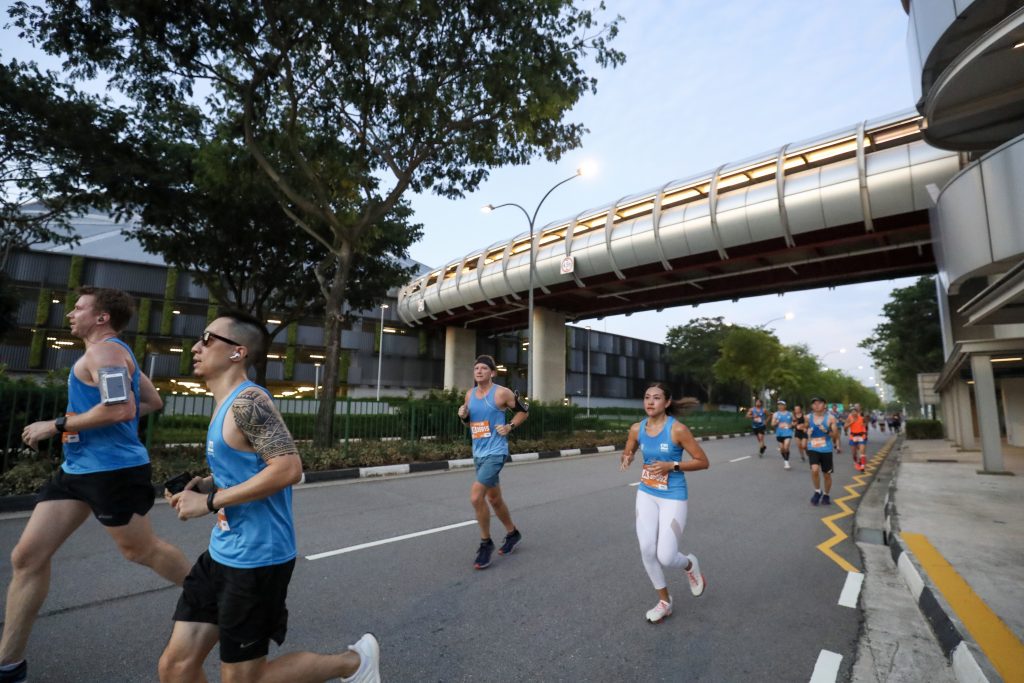


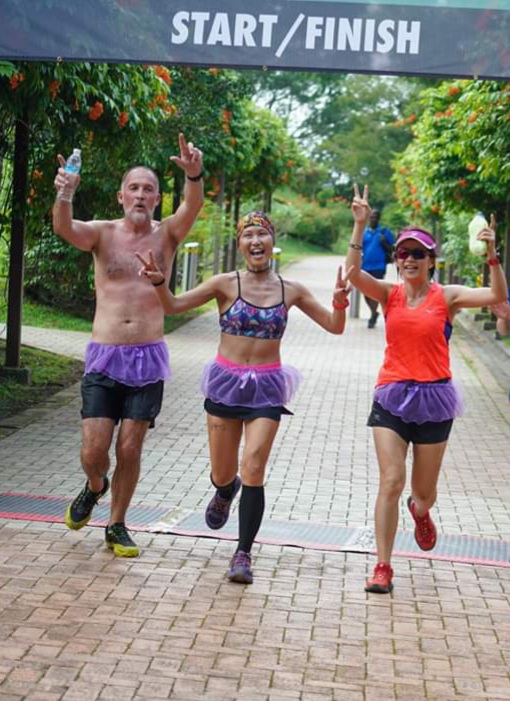


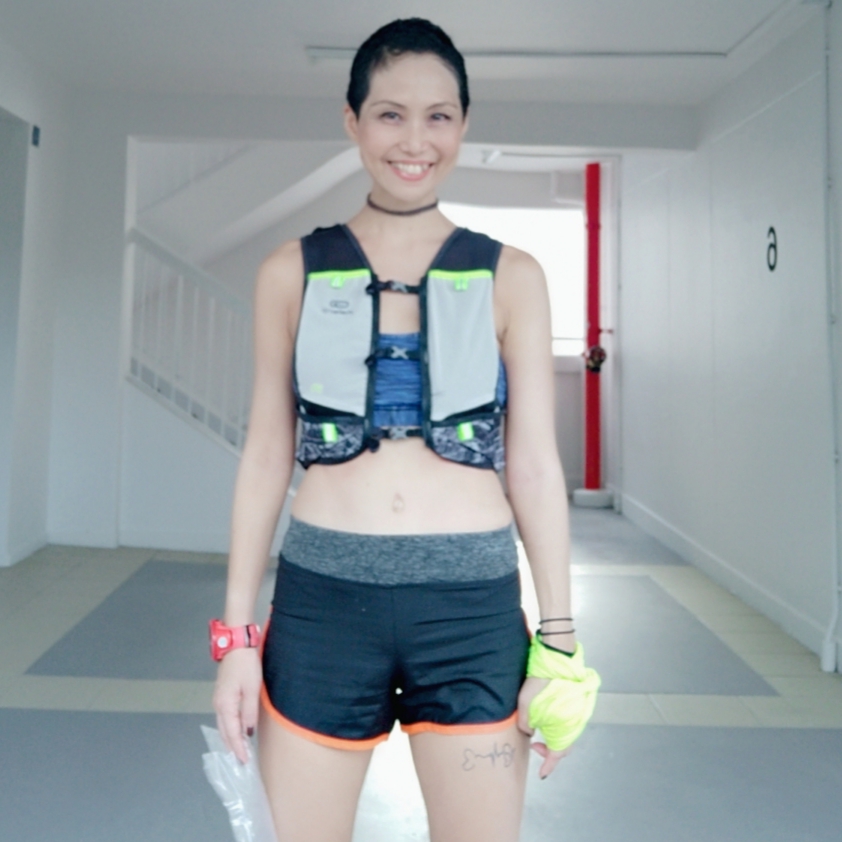

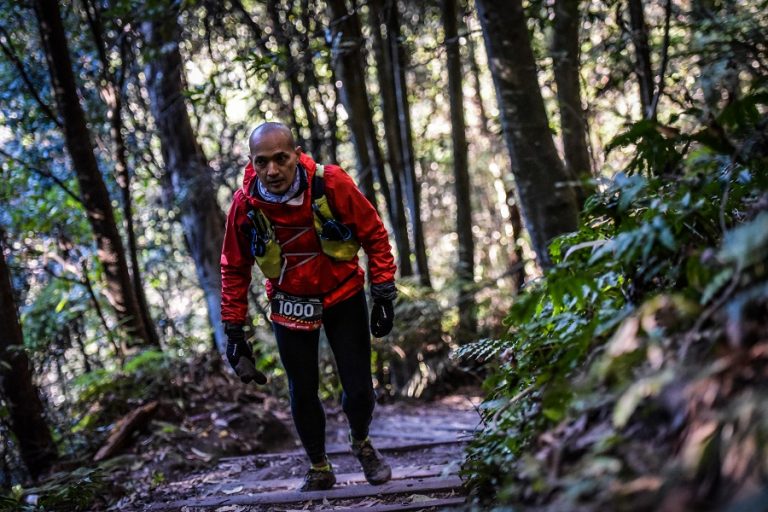
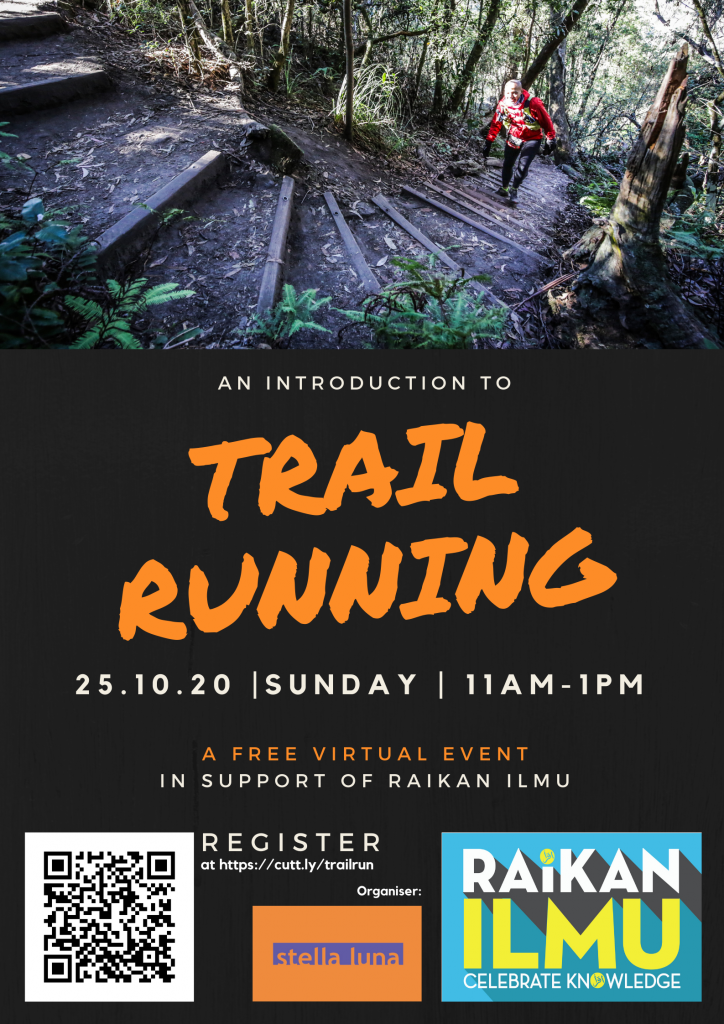

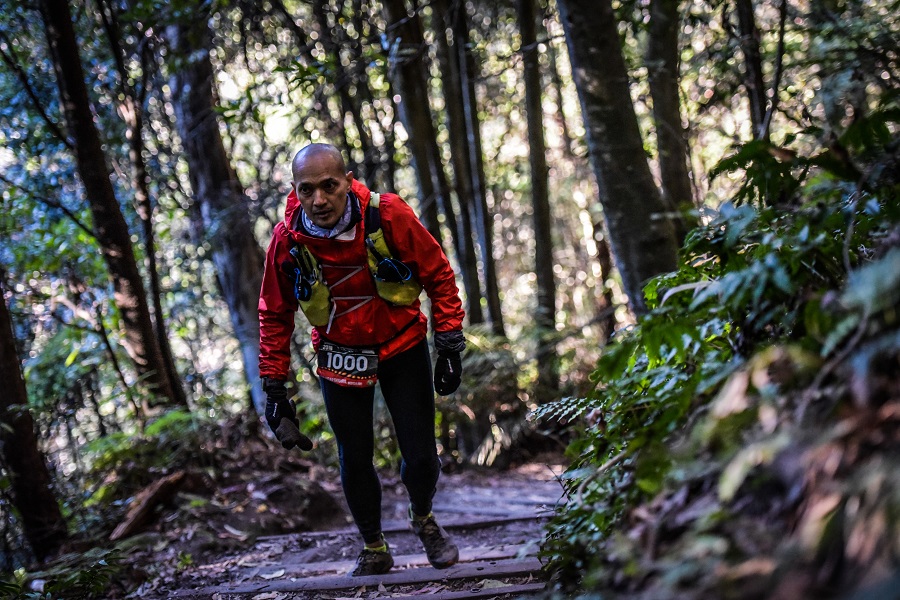
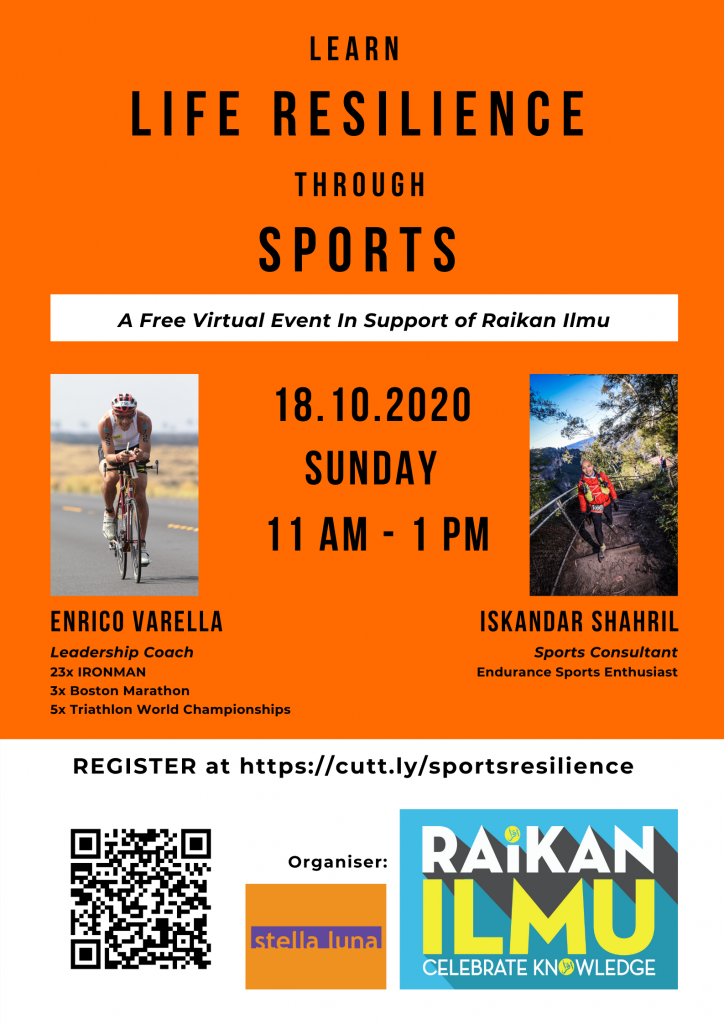












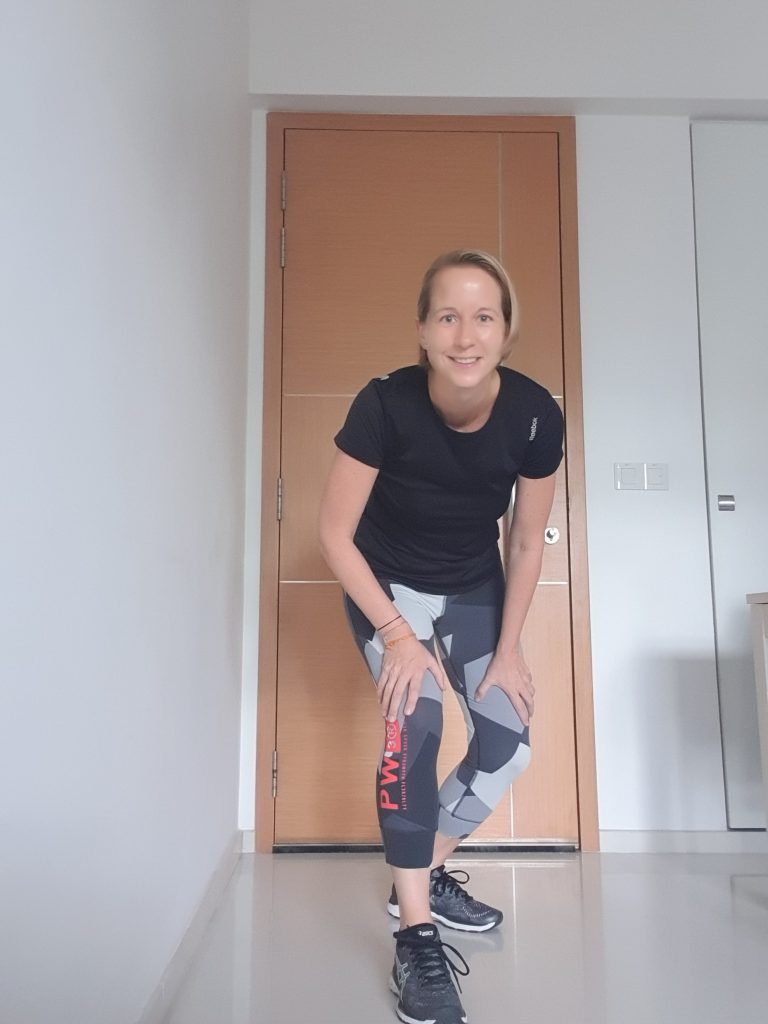






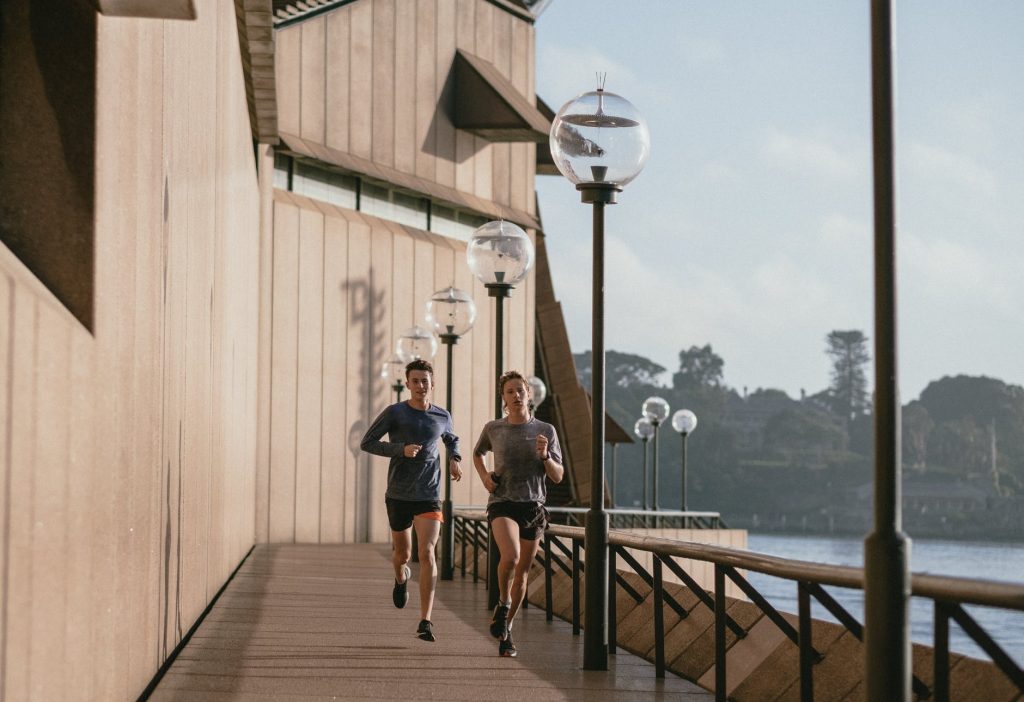
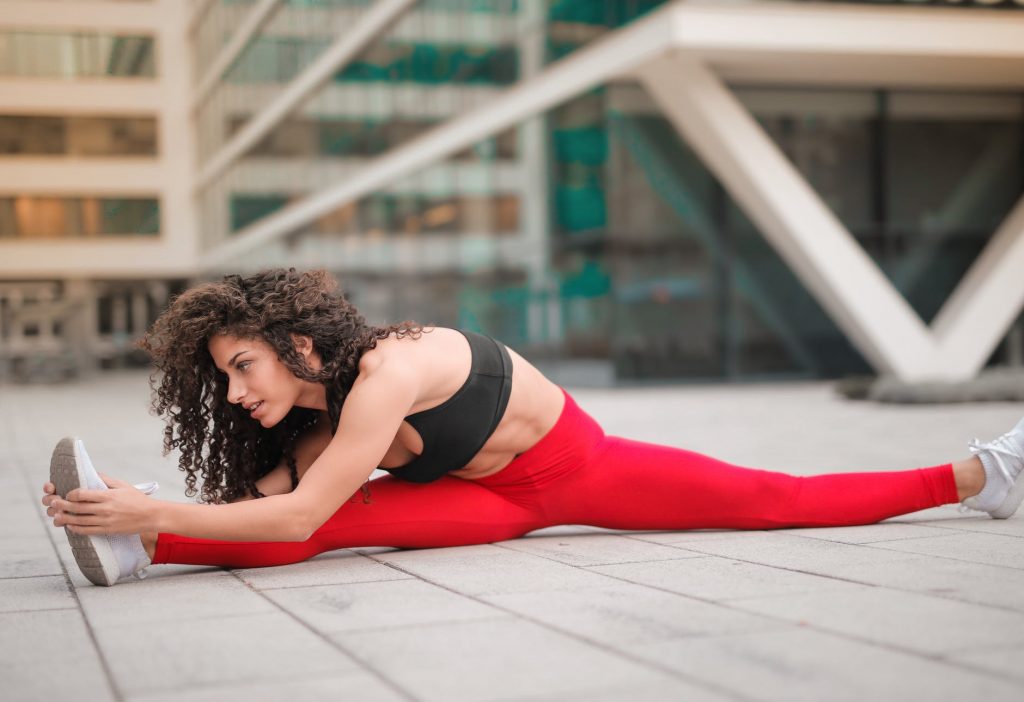
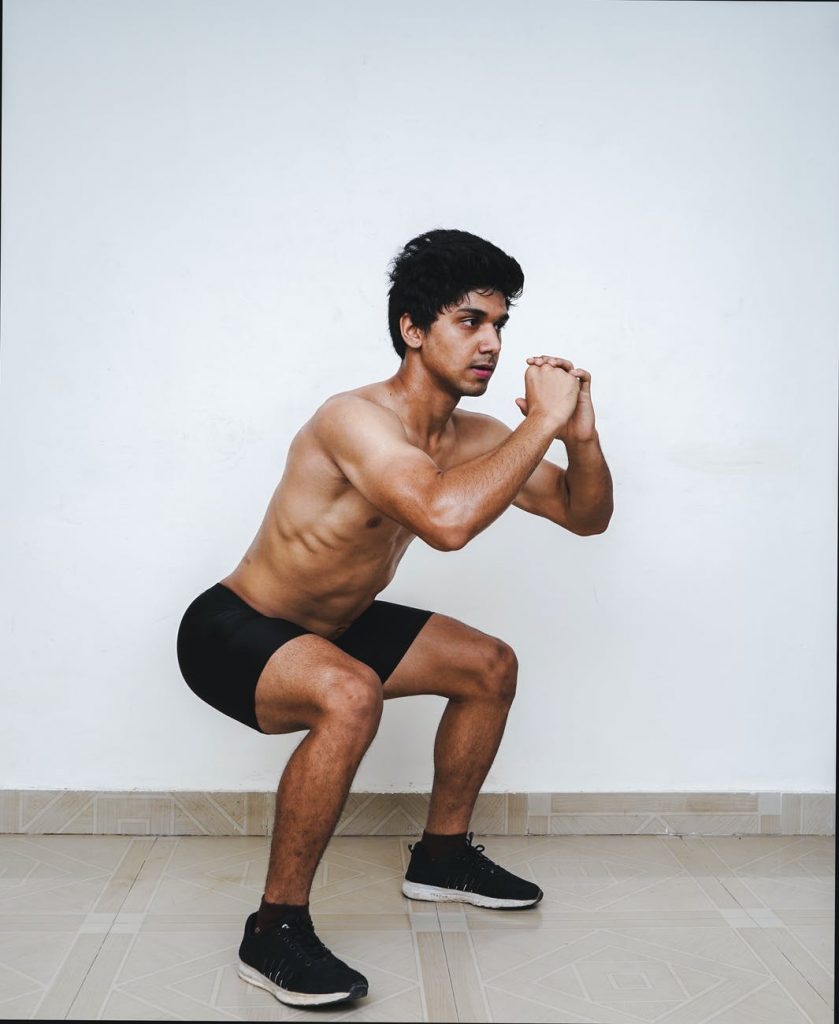


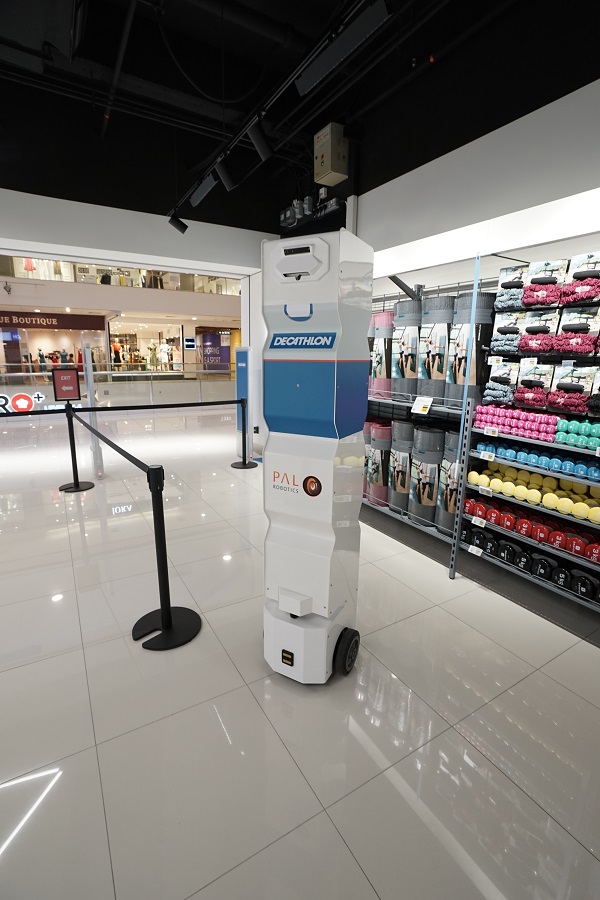
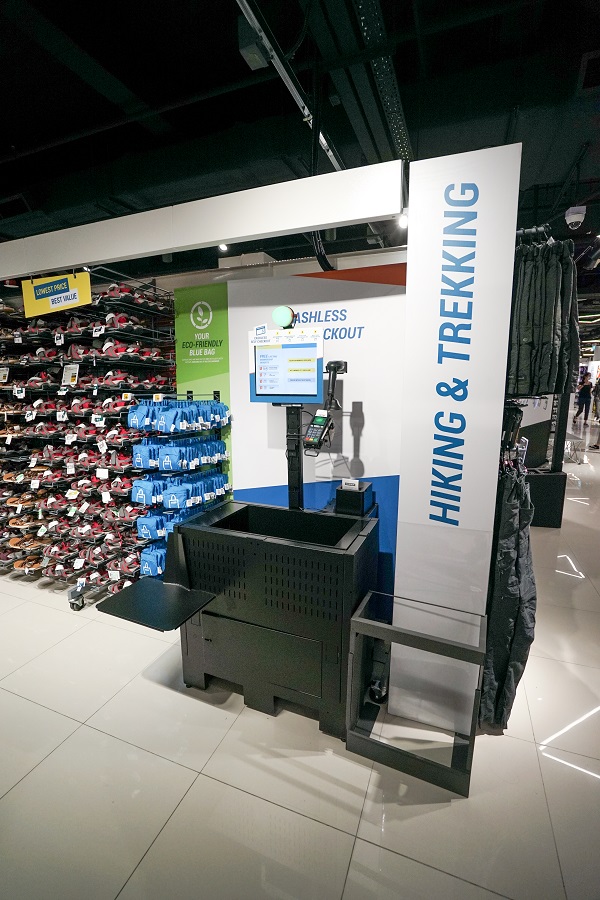


























 Lunges 2.
Lunges 2.  Drills to improve running form
Drills to improve running form  These exercises will teach you how to land on your midfoot rather than reaching for the ground with your toes. Learning how to land on the midfoot will put less strain on the calves, archilles tendon, knees and lower back. These drills focus on hip and knee lift while maintaining an upright trunk, and are great drills to strengthen the core, hip flexors, glutes and hamstrings. They are also suitable for lower limb rehab. 1. Step up lifts x10 2. Backward lunge to pose position leg lifts x10 3. Curb pulls x10 Repeat 3 sets! #running #pose #strengthening #mobility
These exercises will teach you how to land on your midfoot rather than reaching for the ground with your toes. Learning how to land on the midfoot will put less strain on the calves, archilles tendon, knees and lower back. These drills focus on hip and knee lift while maintaining an upright trunk, and are great drills to strengthen the core, hip flexors, glutes and hamstrings. They are also suitable for lower limb rehab. 1. Step up lifts x10 2. Backward lunge to pose position leg lifts x10 3. Curb pulls x10 Repeat 3 sets! #running #pose #strengthening #mobility
 #joggers #jogging #running #painfree #runningmotivation #runningismytherapy #runningcommunity #core #hips #strengthen #workout #exercise #motivation
#joggers #jogging #running #painfree #runningmotivation #runningismytherapy #runningcommunity #core #hips #strengthen #workout #exercise #motivation The groin muscles, also known as the hip adductors, are located in the inner thigh and are attached to the pubic bone. Kicking, running and turning quickly during sprints are usually the cause of groin muscle strains and tendon injuries. When there’s an injury to it, sudden movements like getting up from bed or brisk walking will be painful. Here are 6 easy hip and groin stretches to help reduce muscle tension. You can also try out these positions to test if your adductors are equally flexible on both sides. 1.
The groin muscles, also known as the hip adductors, are located in the inner thigh and are attached to the pubic bone. Kicking, running and turning quickly during sprints are usually the cause of groin muscle strains and tendon injuries. When there’s an injury to it, sudden movements like getting up from bed or brisk walking will be painful. Here are 6 easy hip and groin stretches to help reduce muscle tension. You can also try out these positions to test if your adductors are equally flexible on both sides. 1.  Frog pose 2.
Frog pose 2. 
 Lats 2.
Lats 2. 






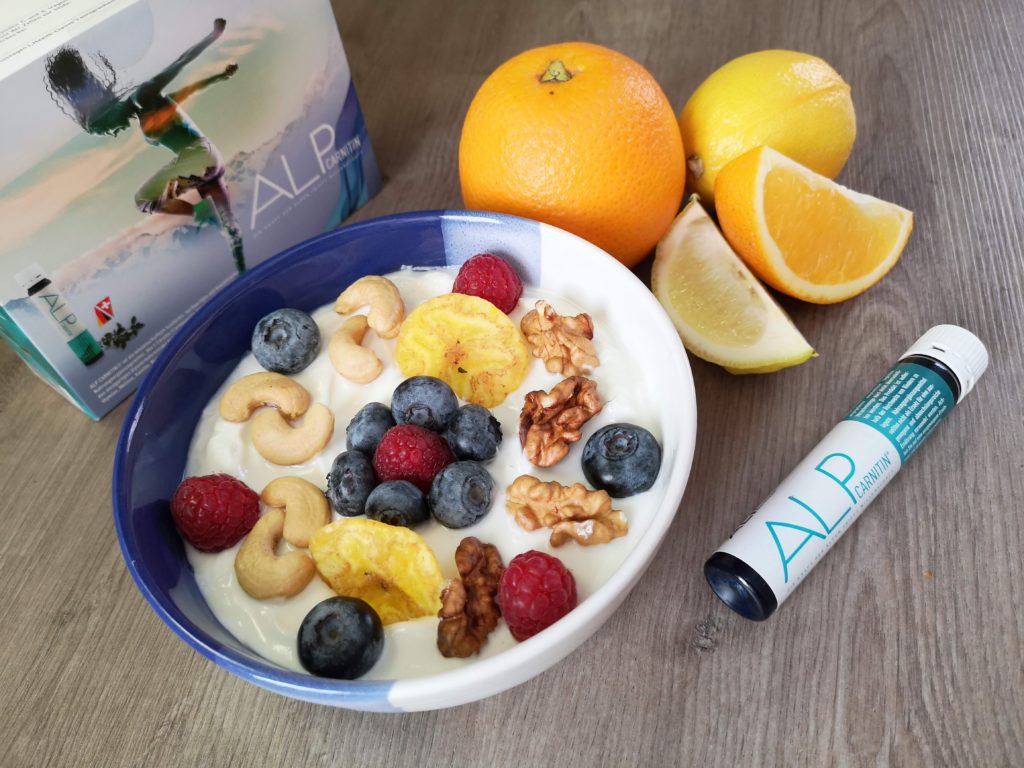


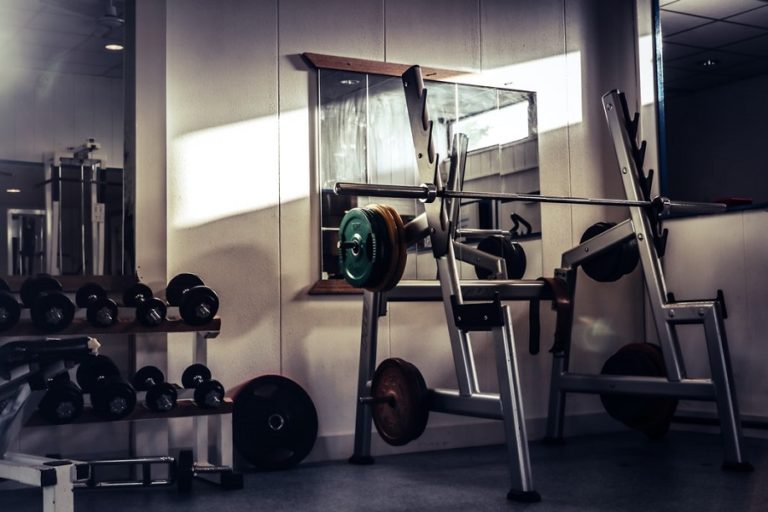
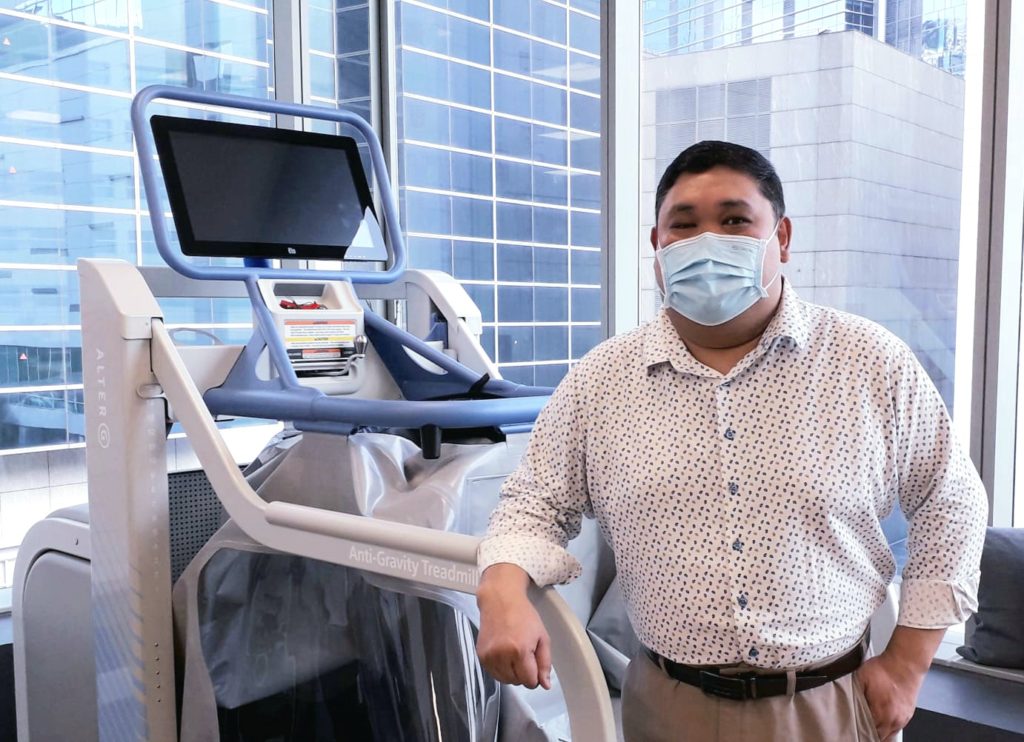

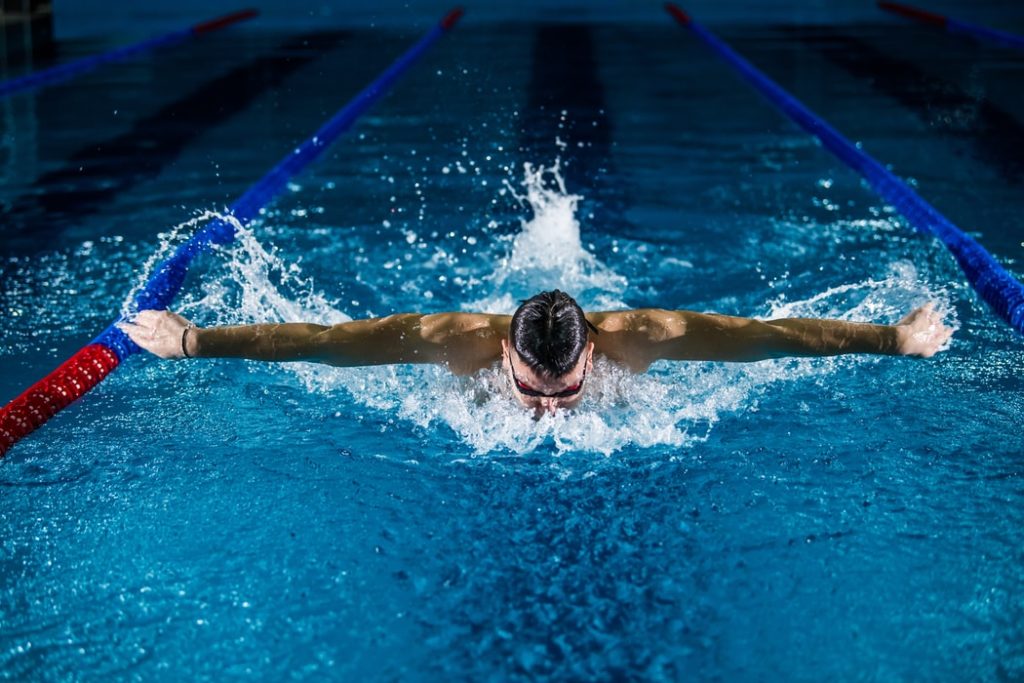












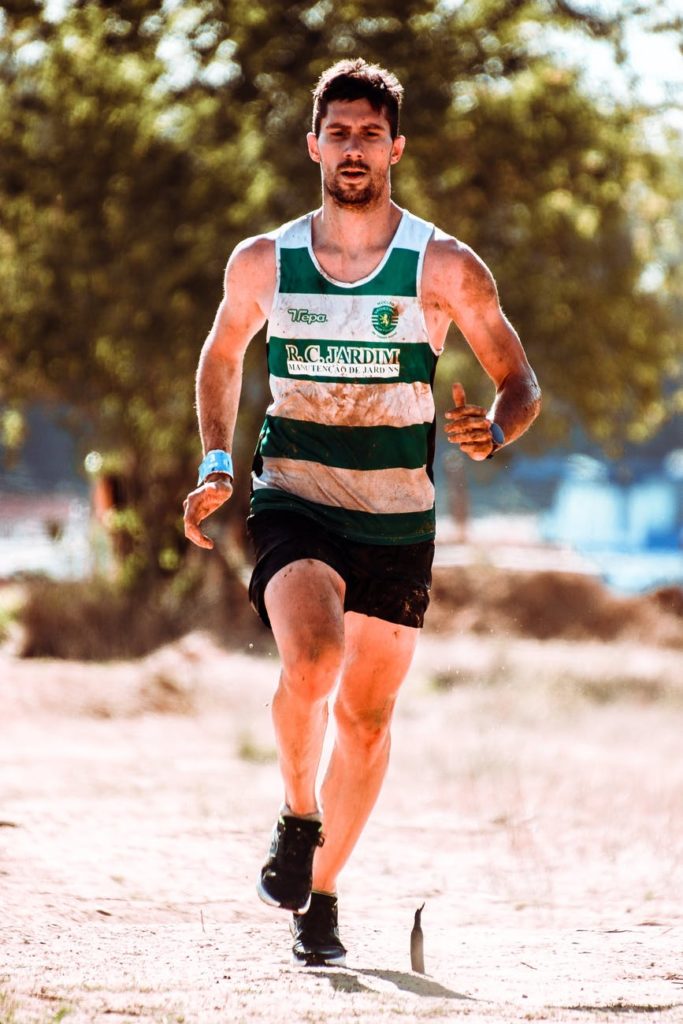
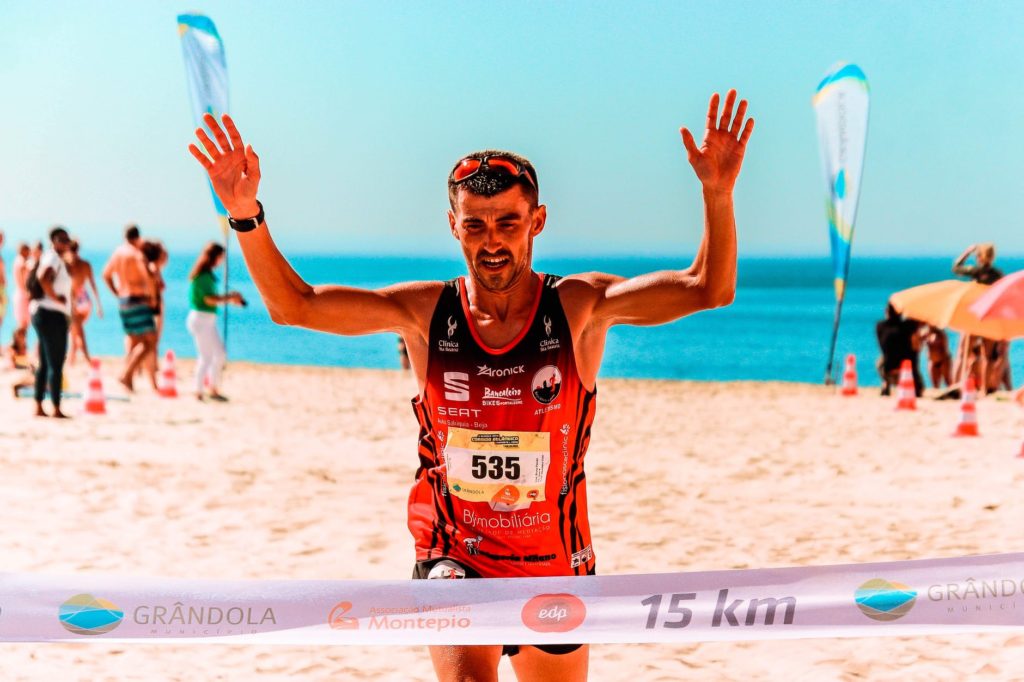


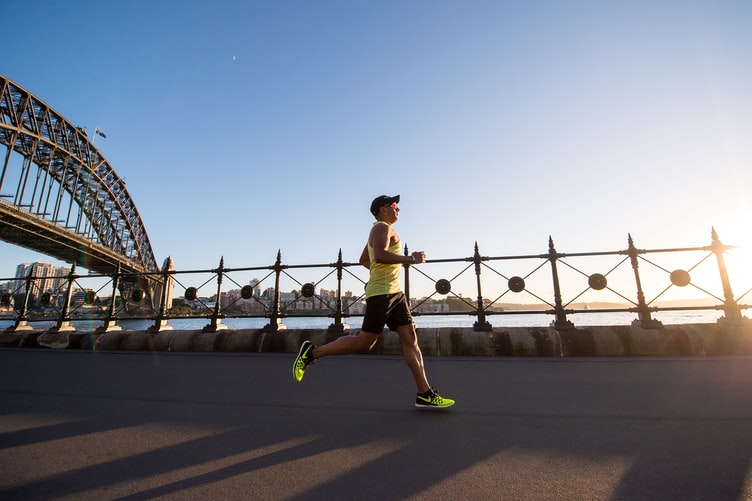
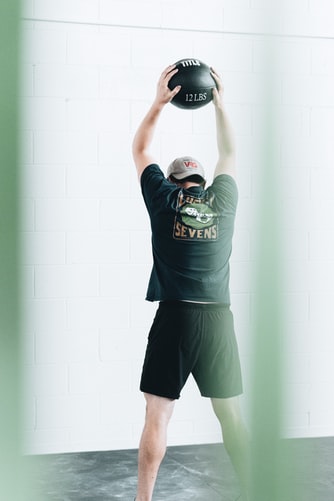
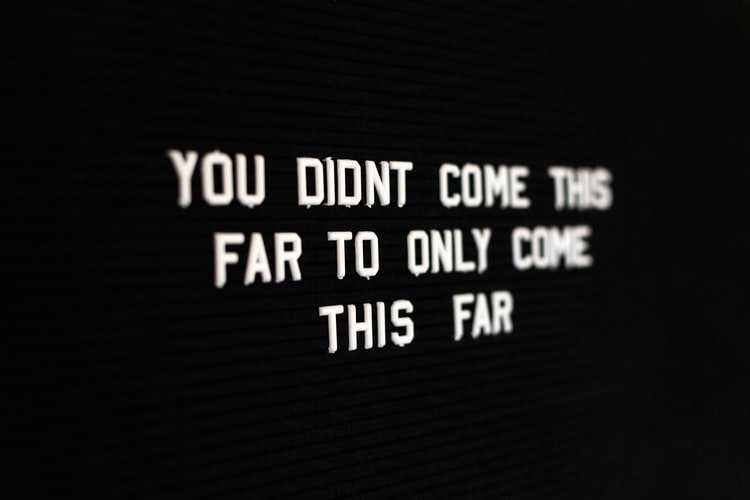









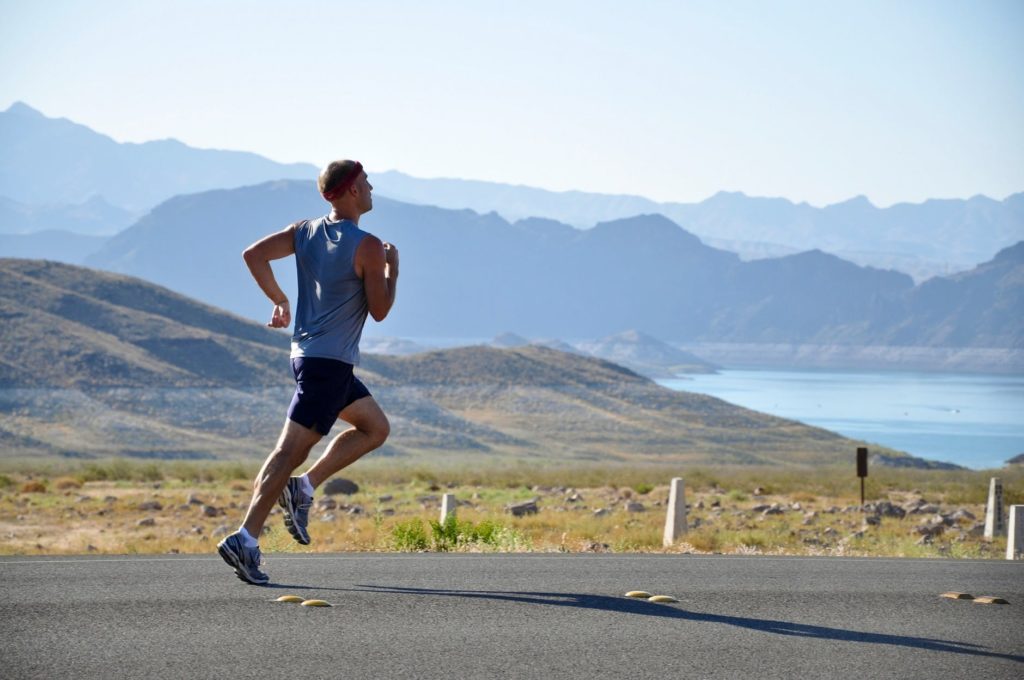
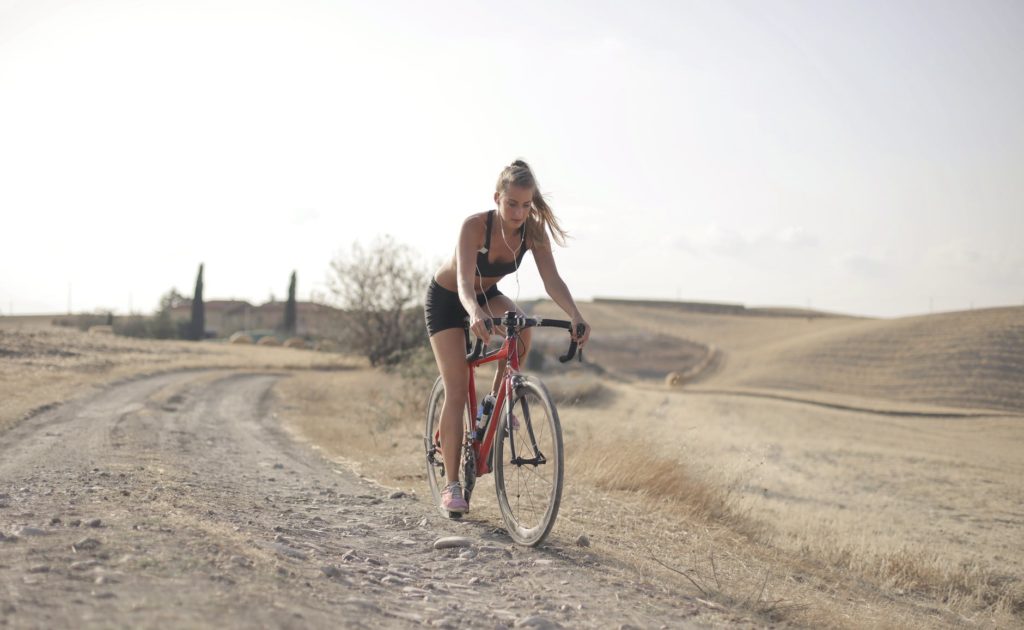


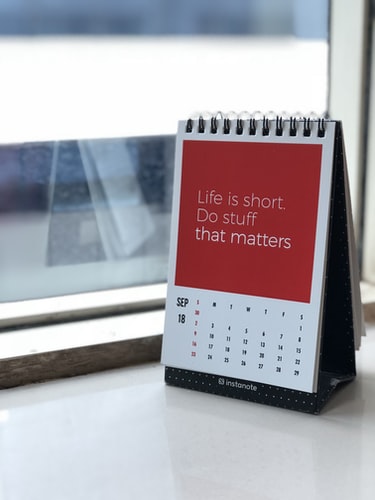

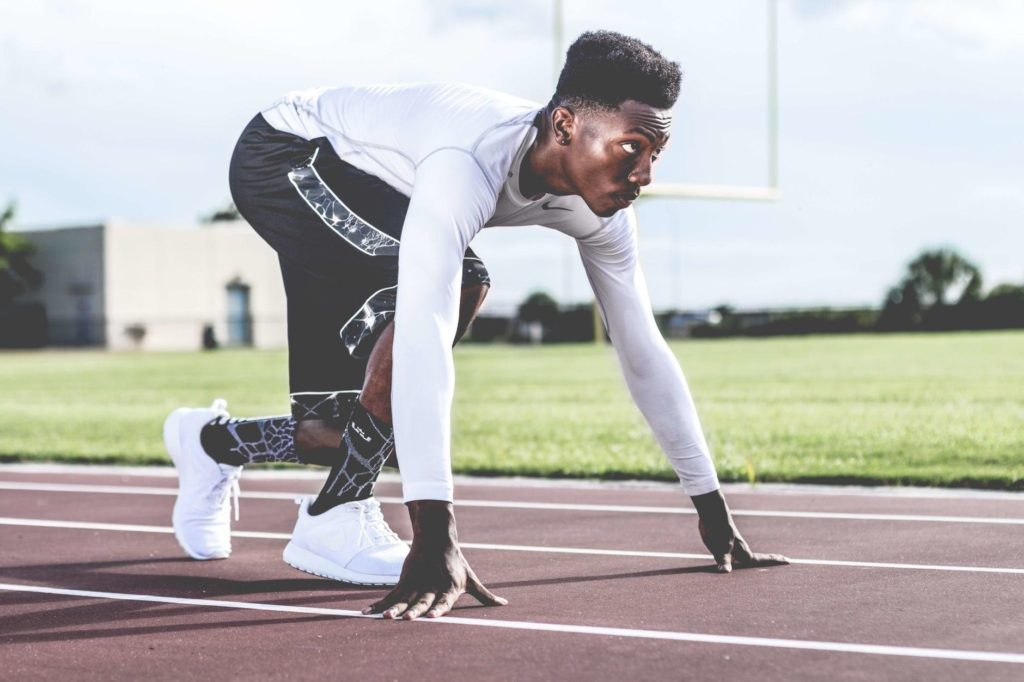
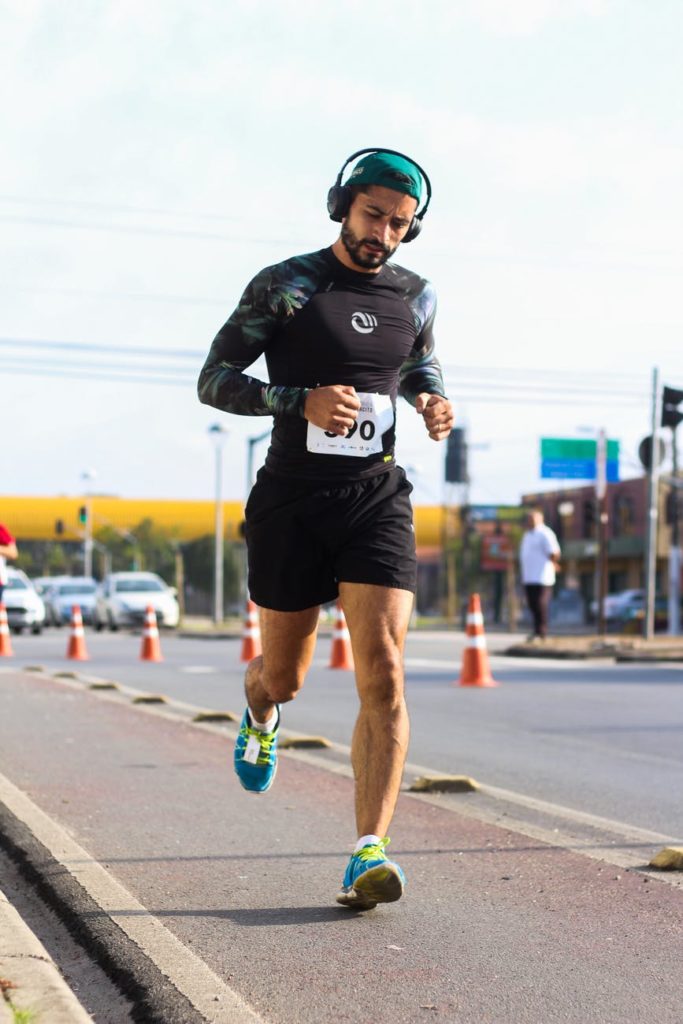





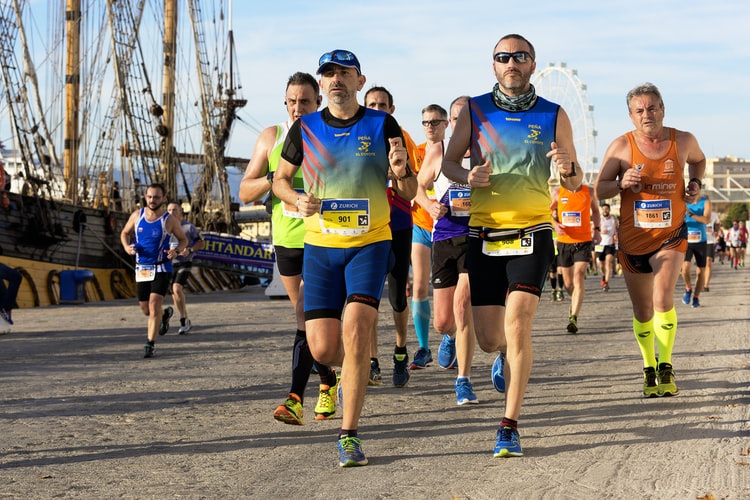
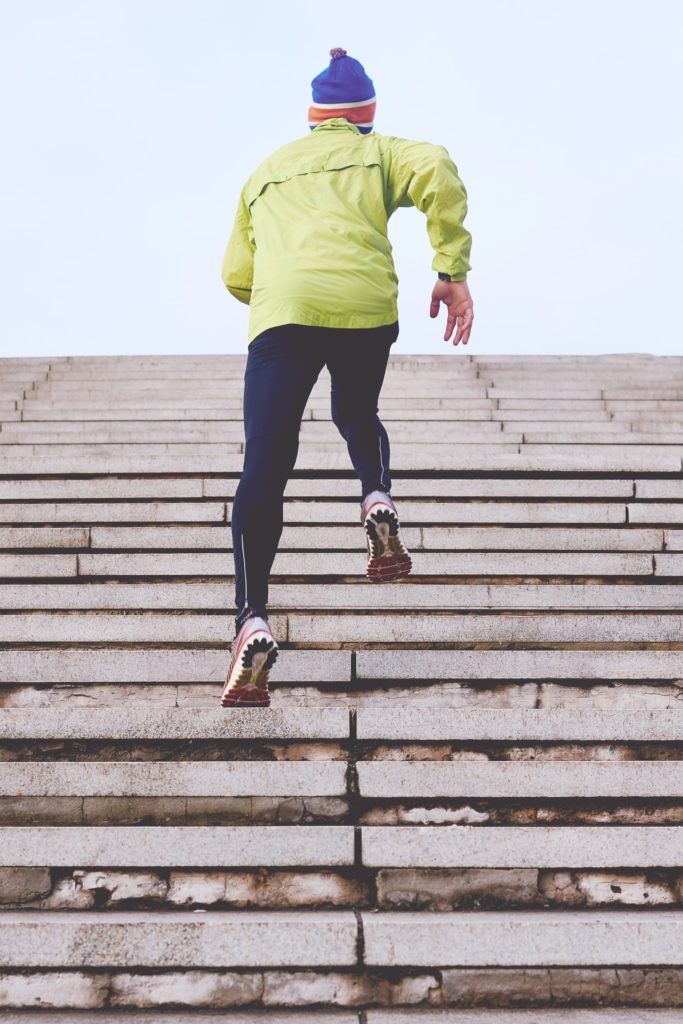










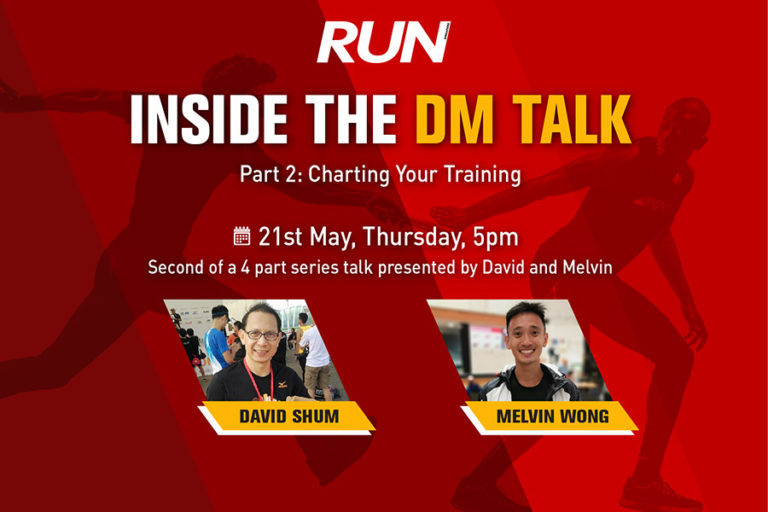
















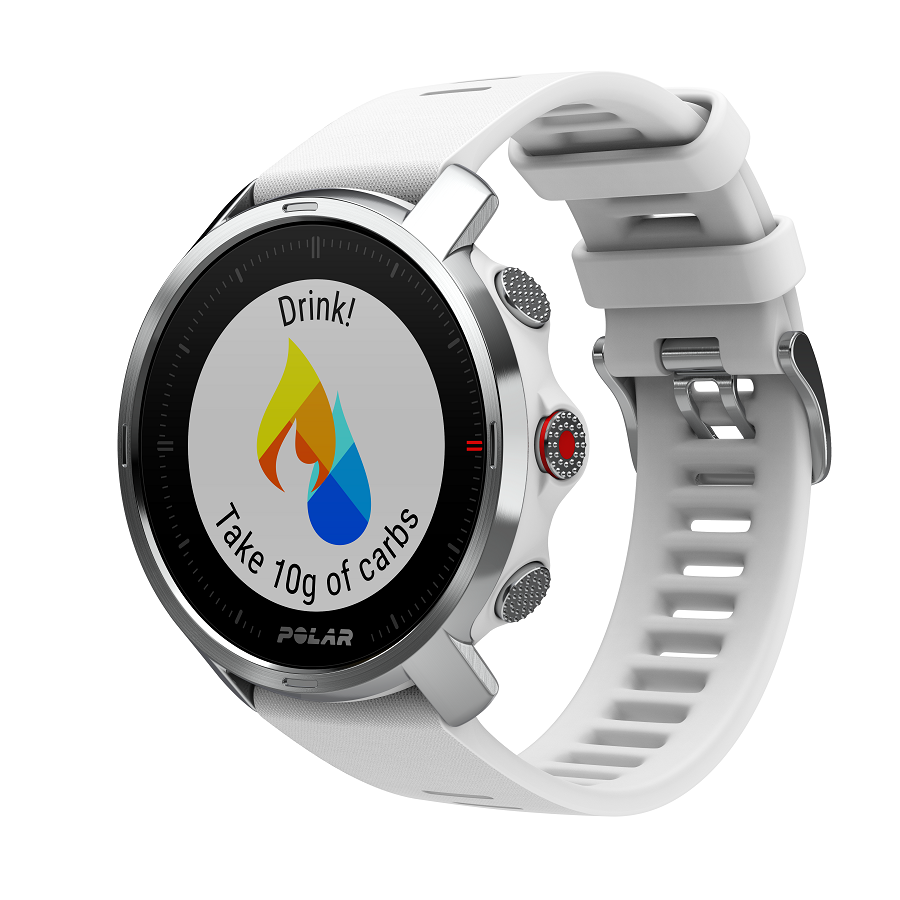



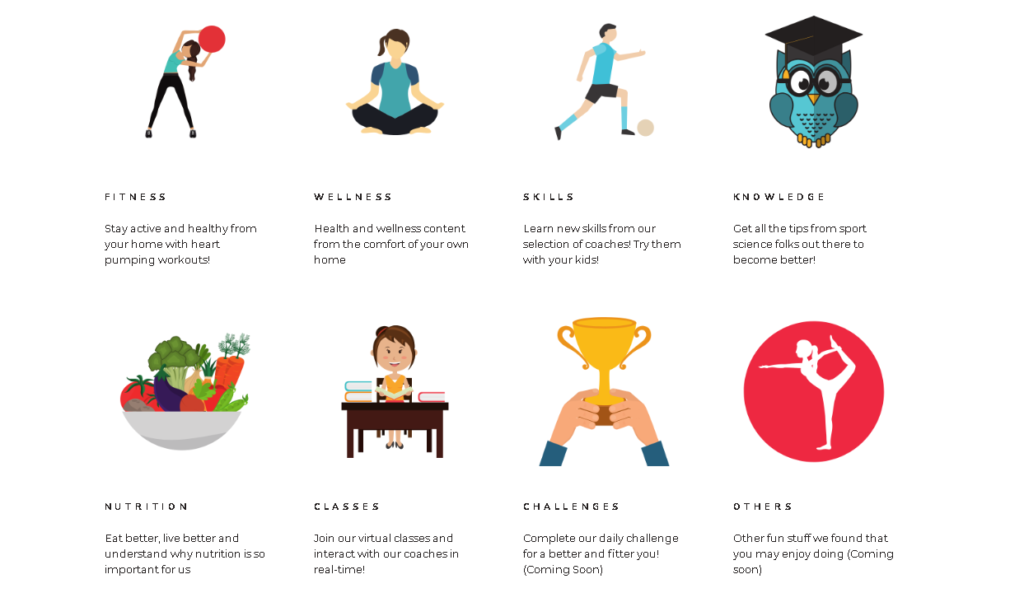









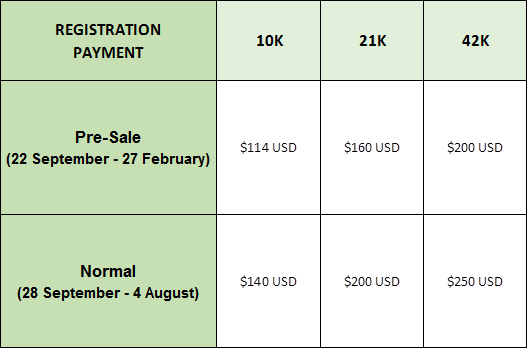



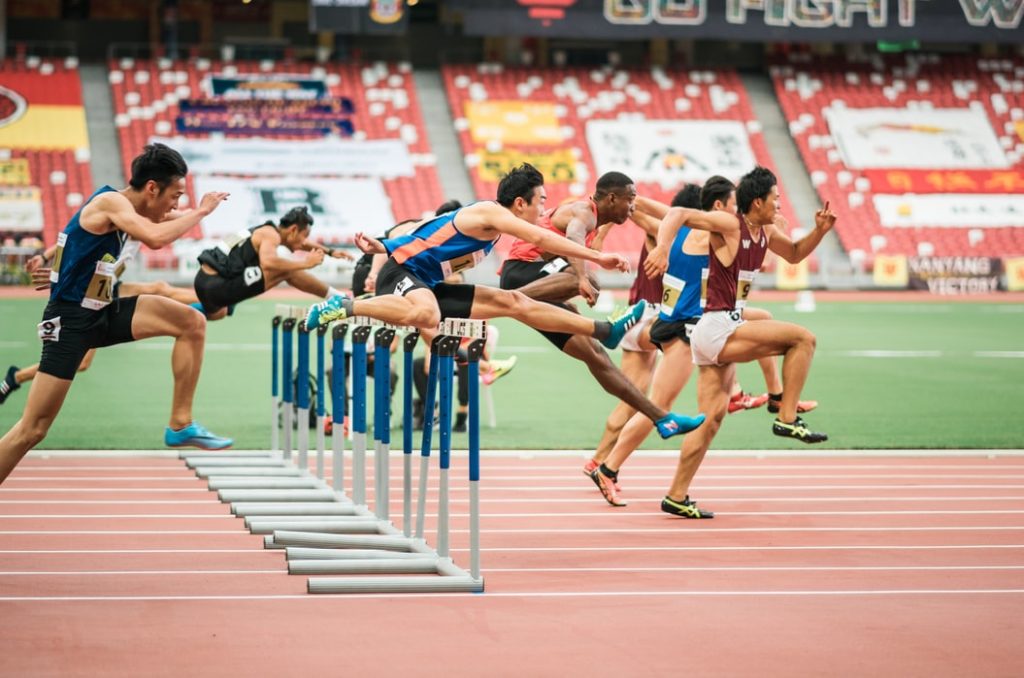

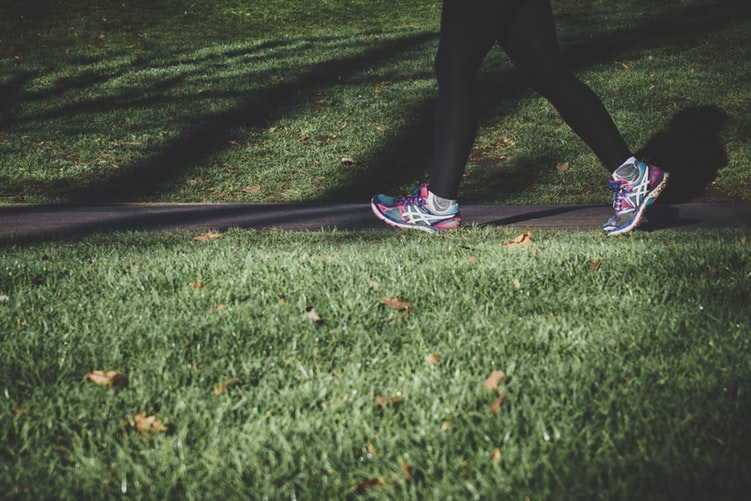



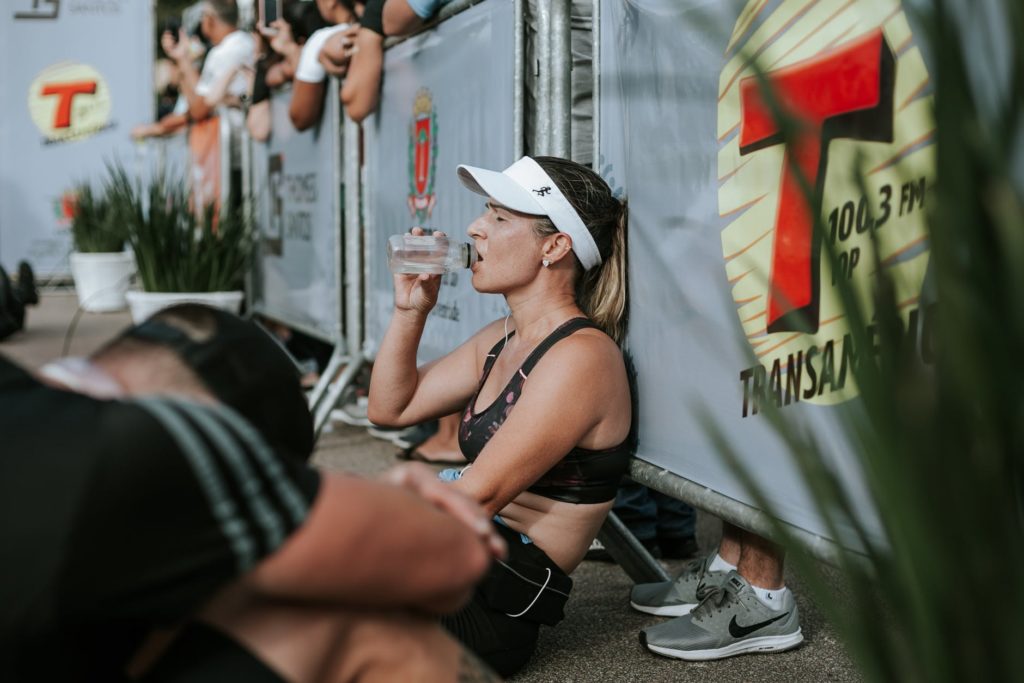

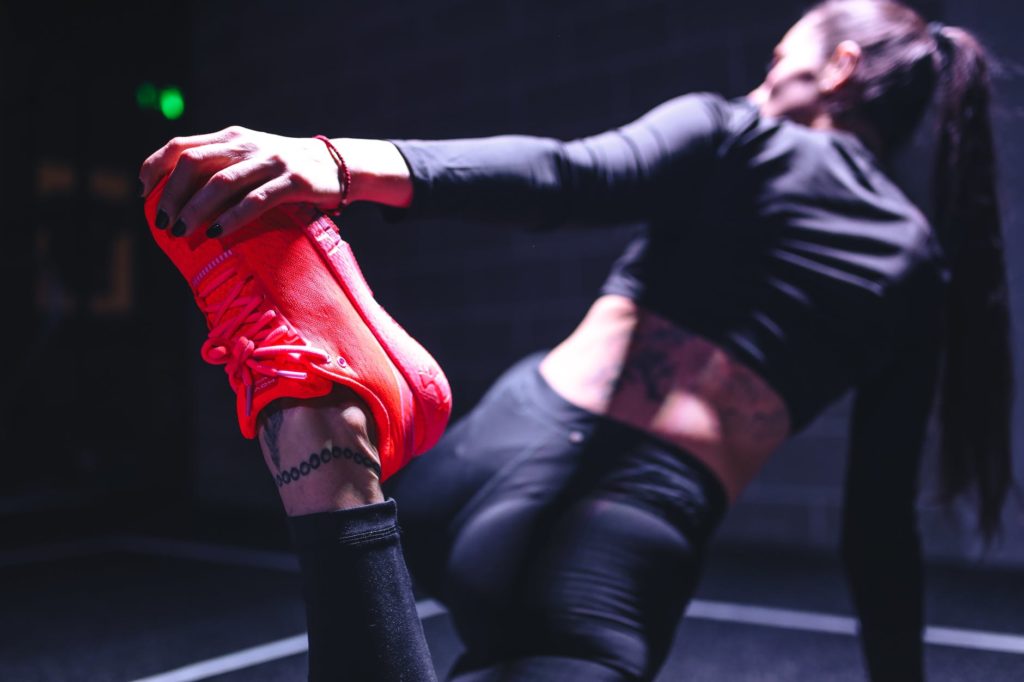

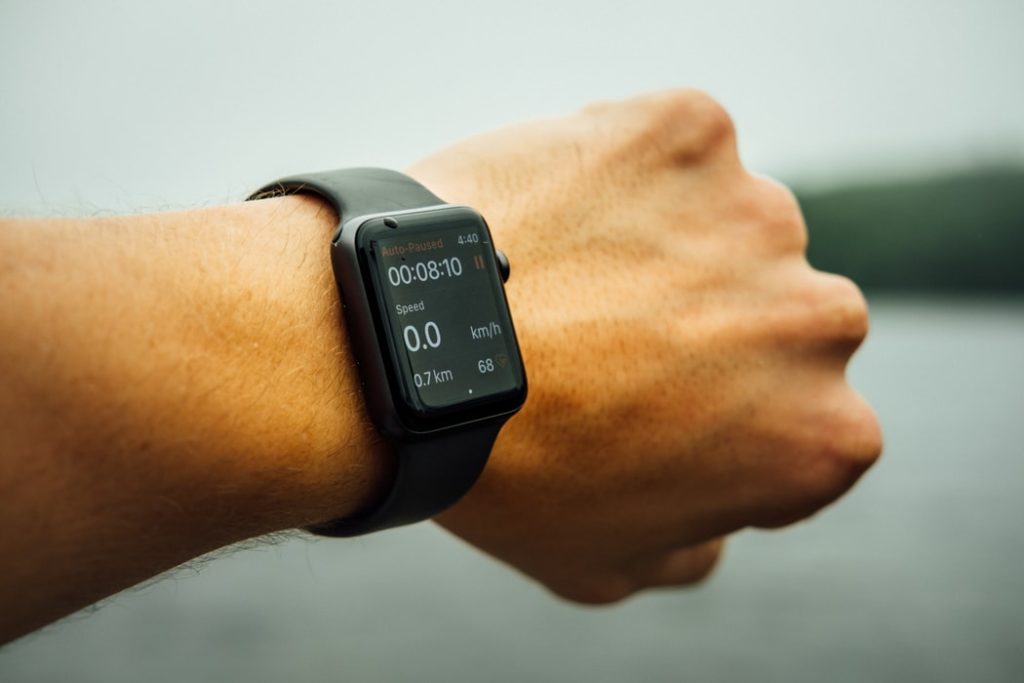
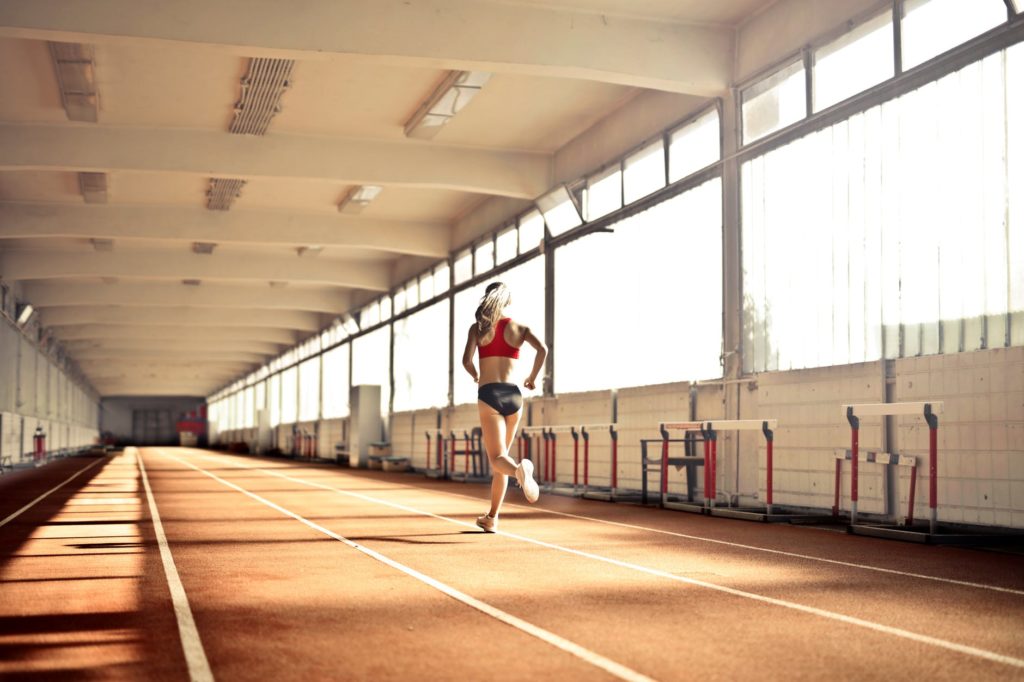
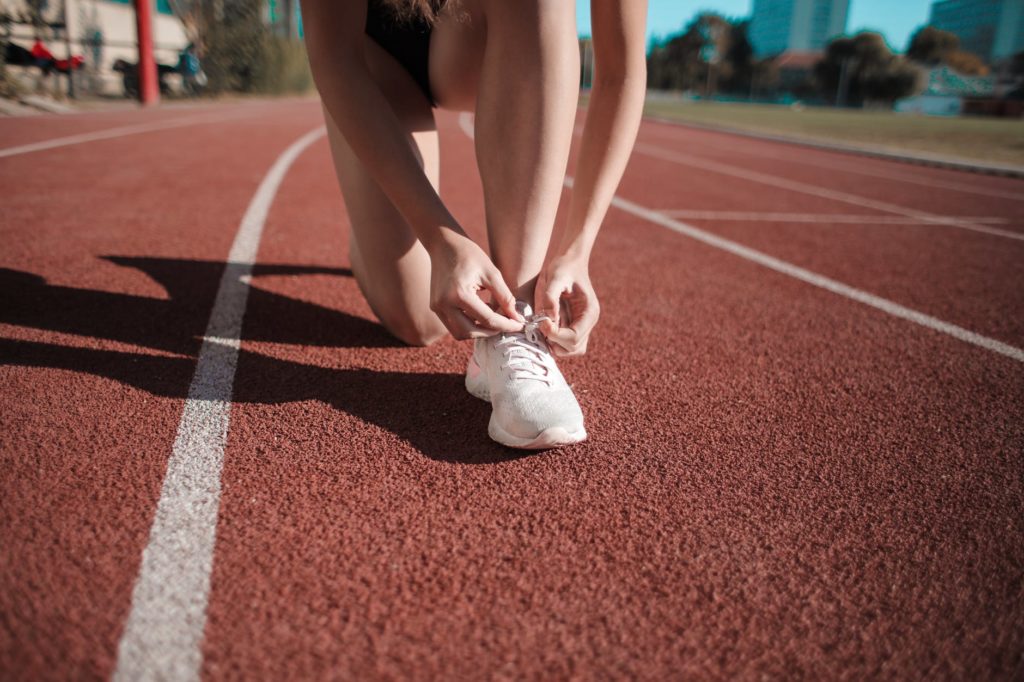
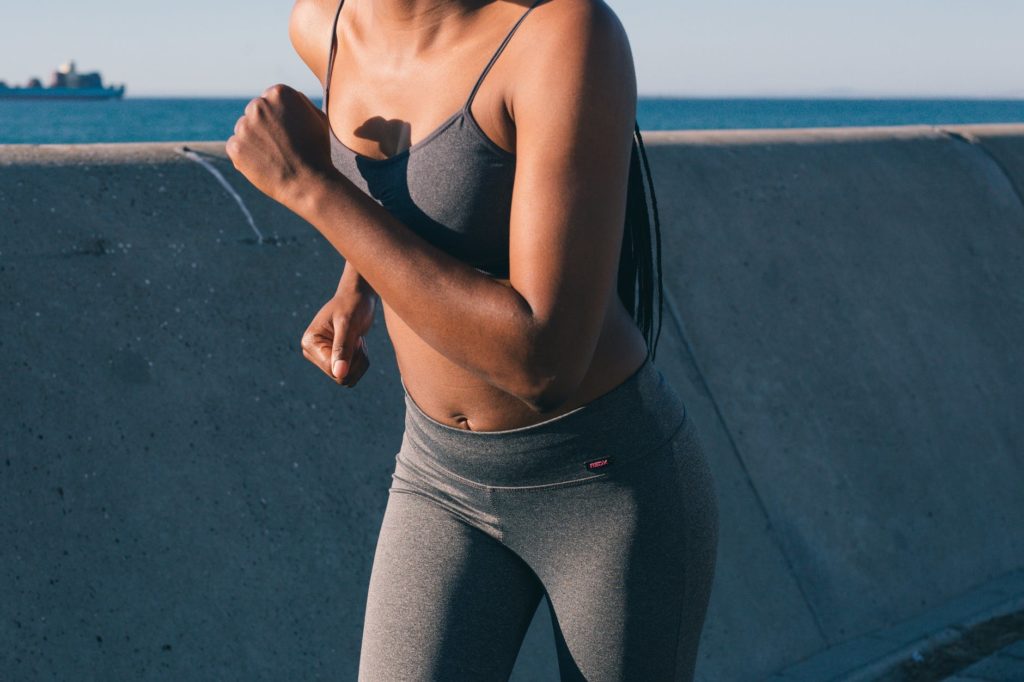












































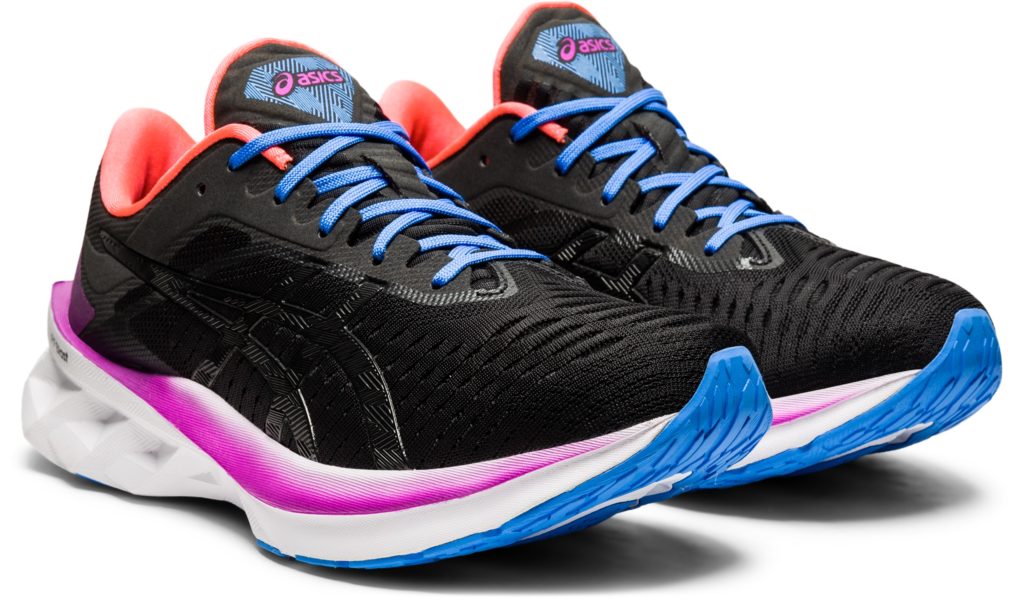














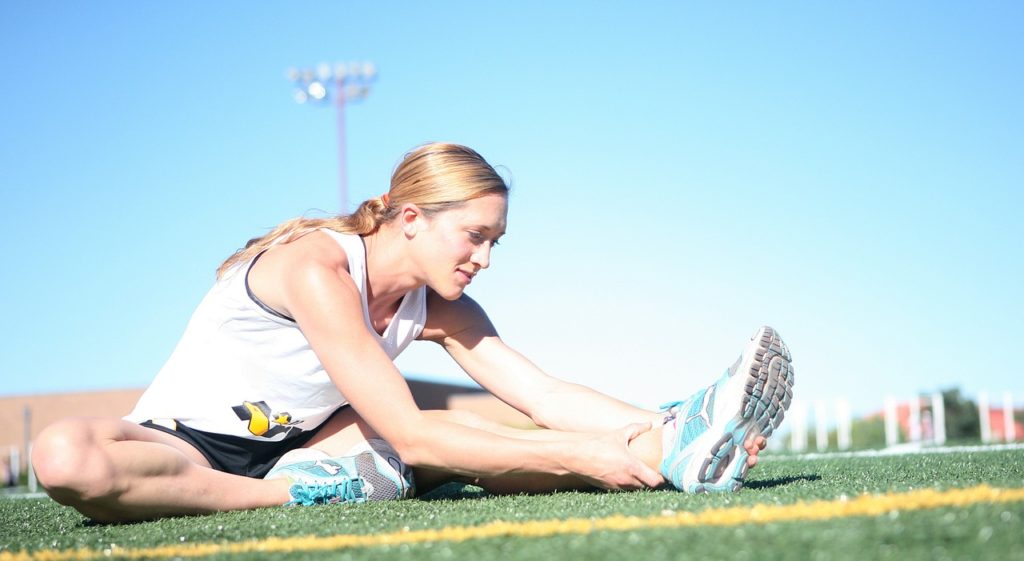
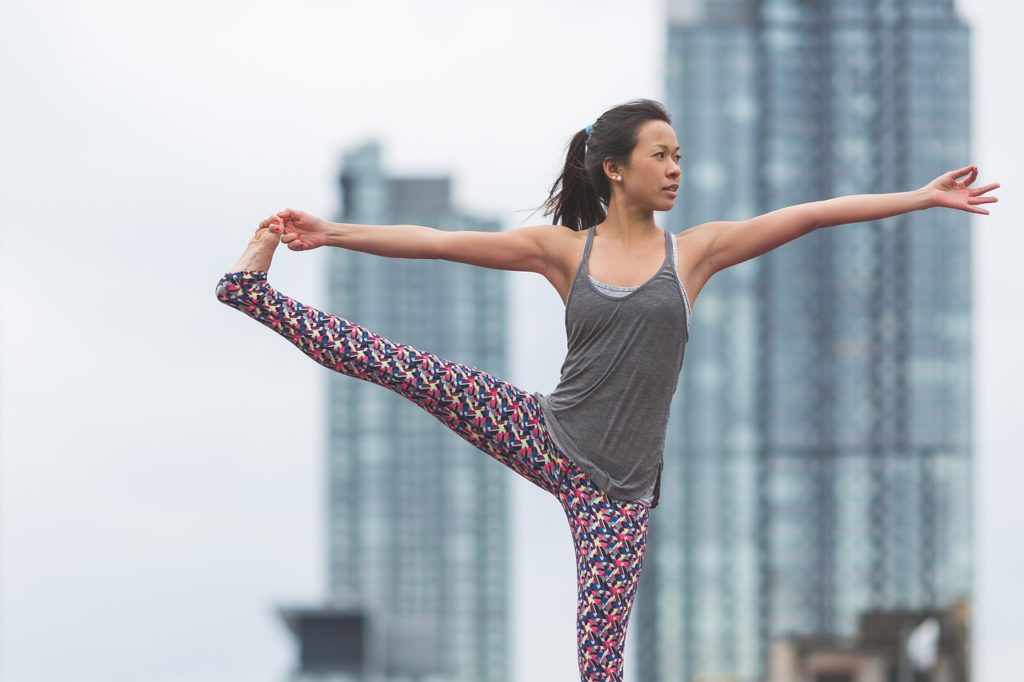














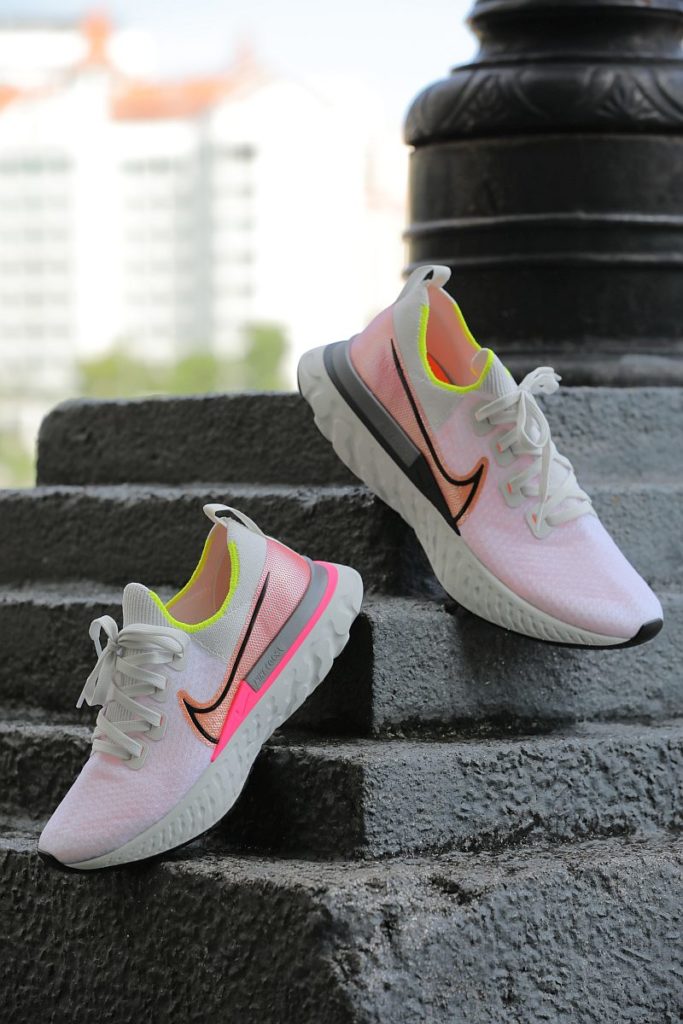





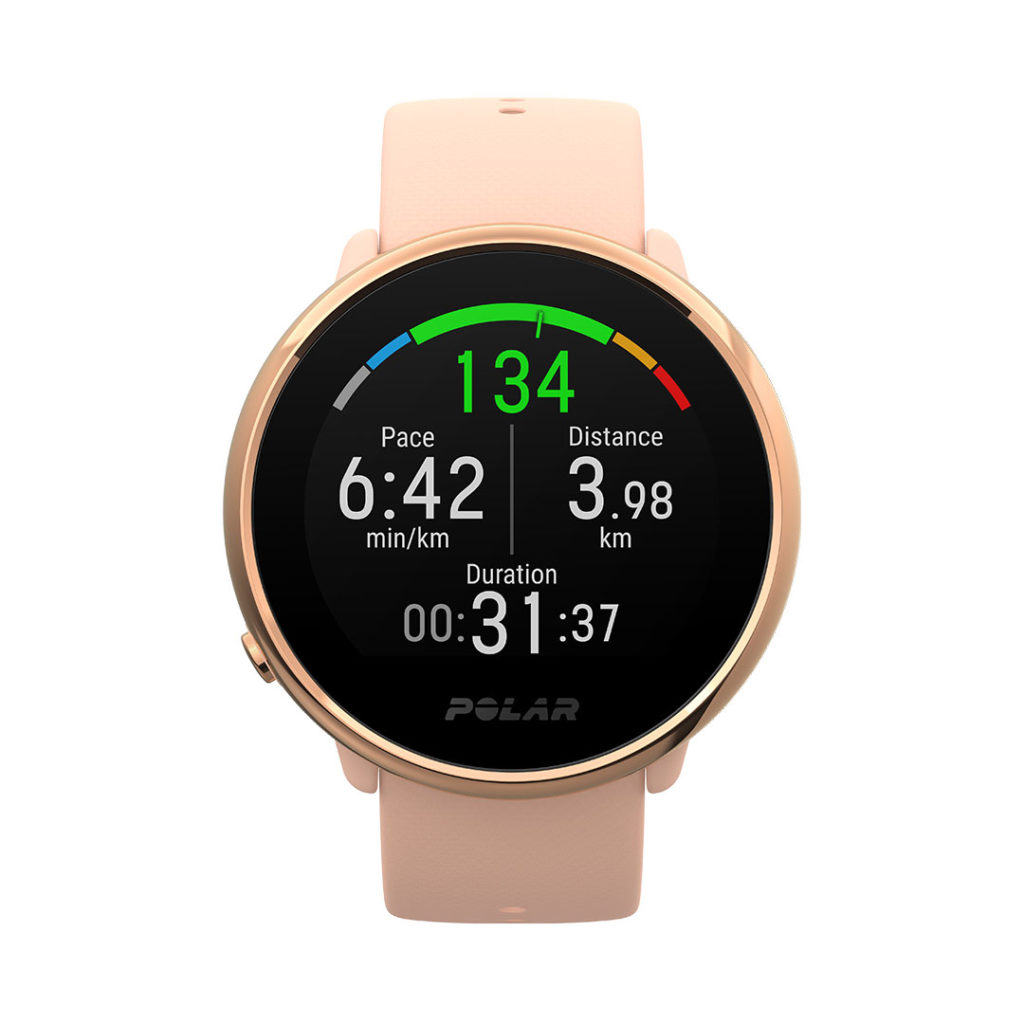













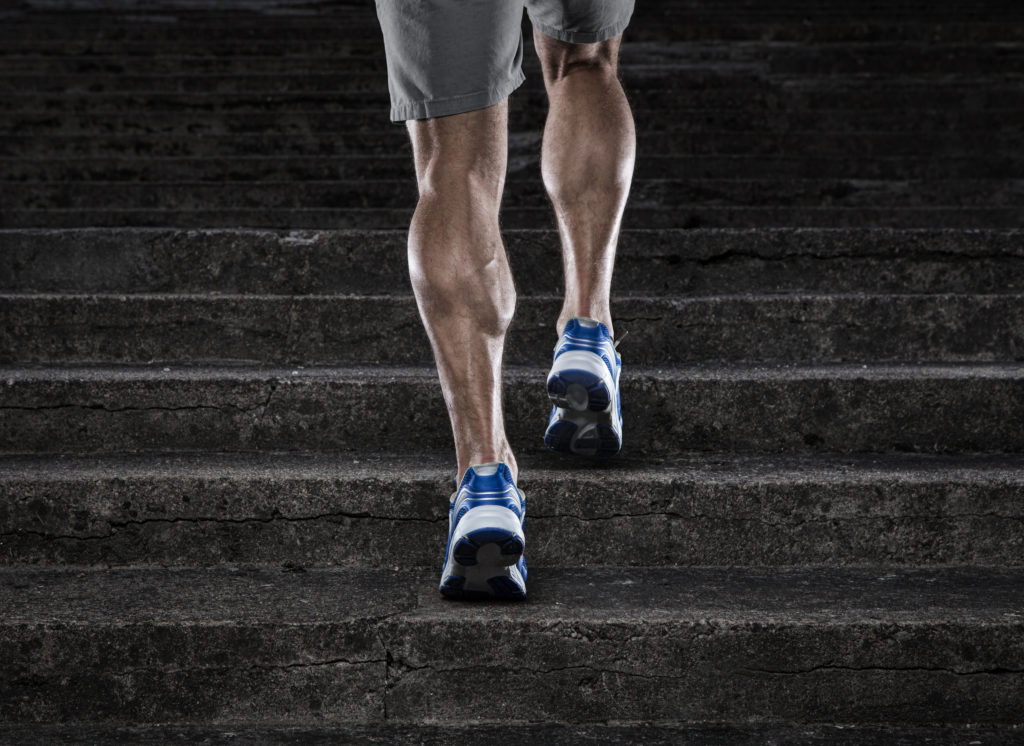

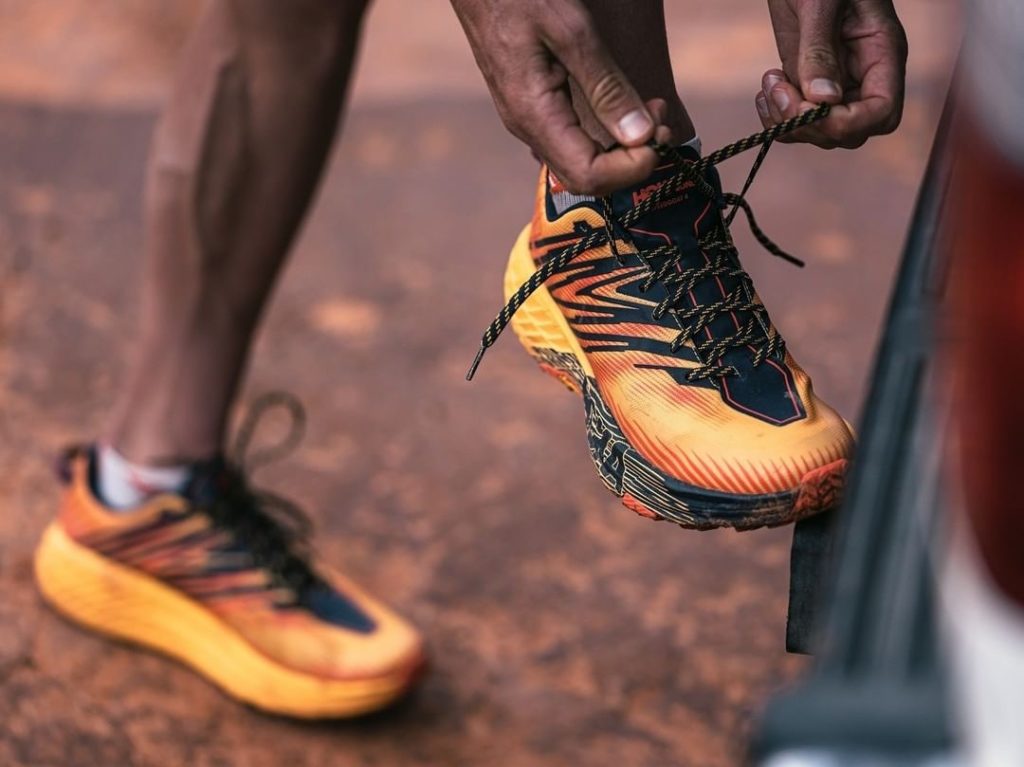

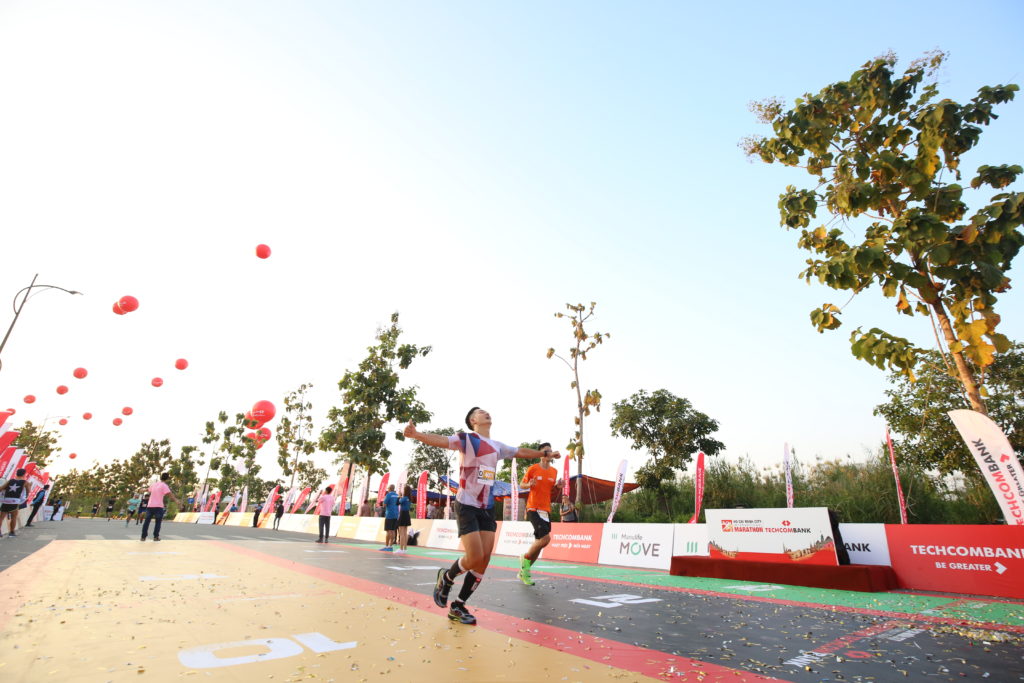



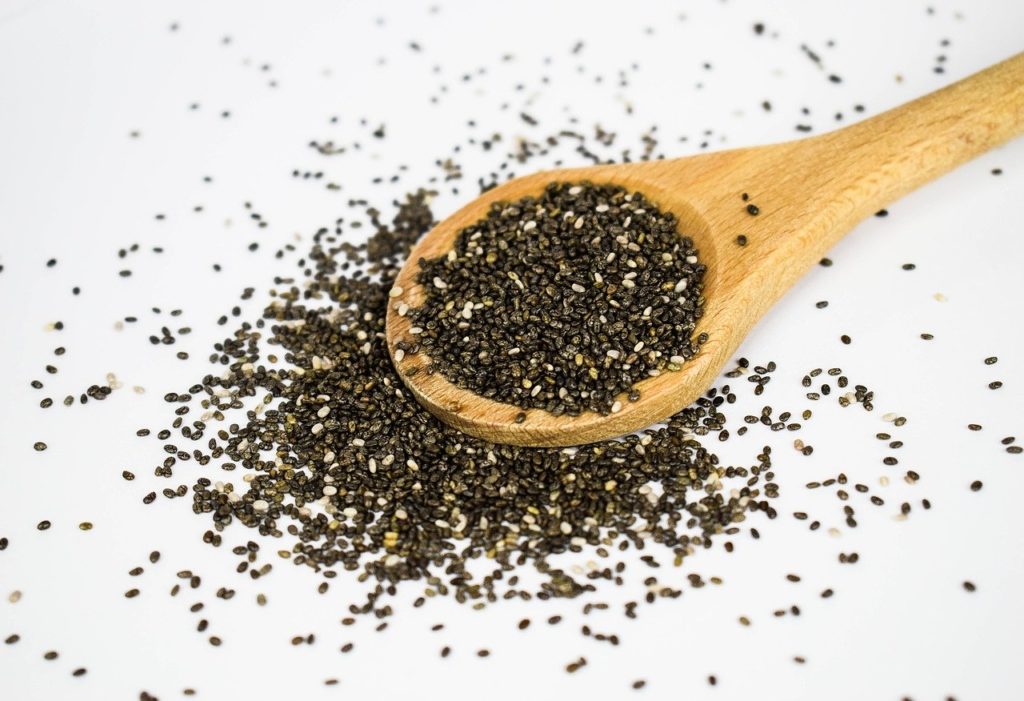









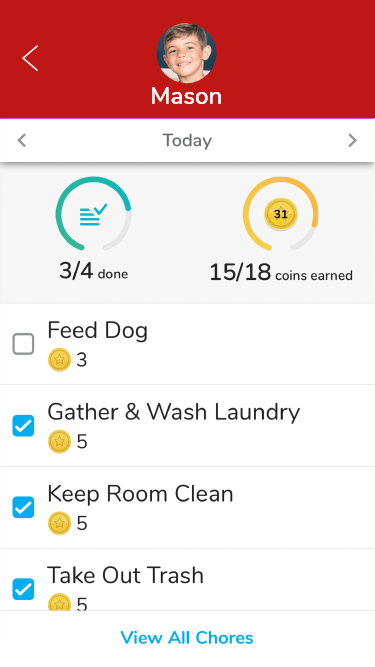



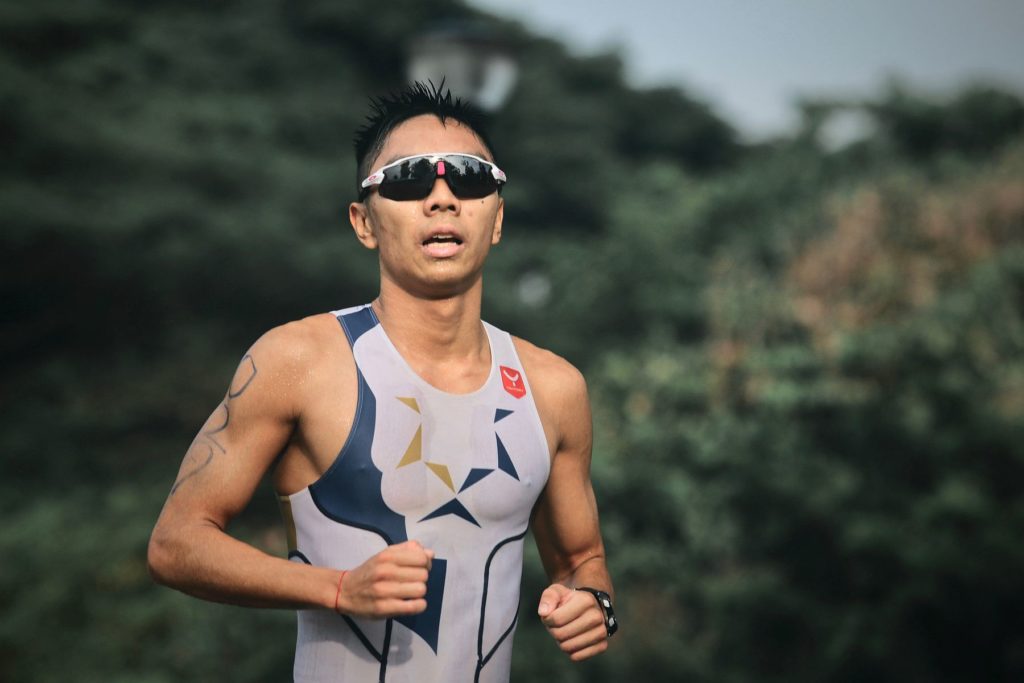




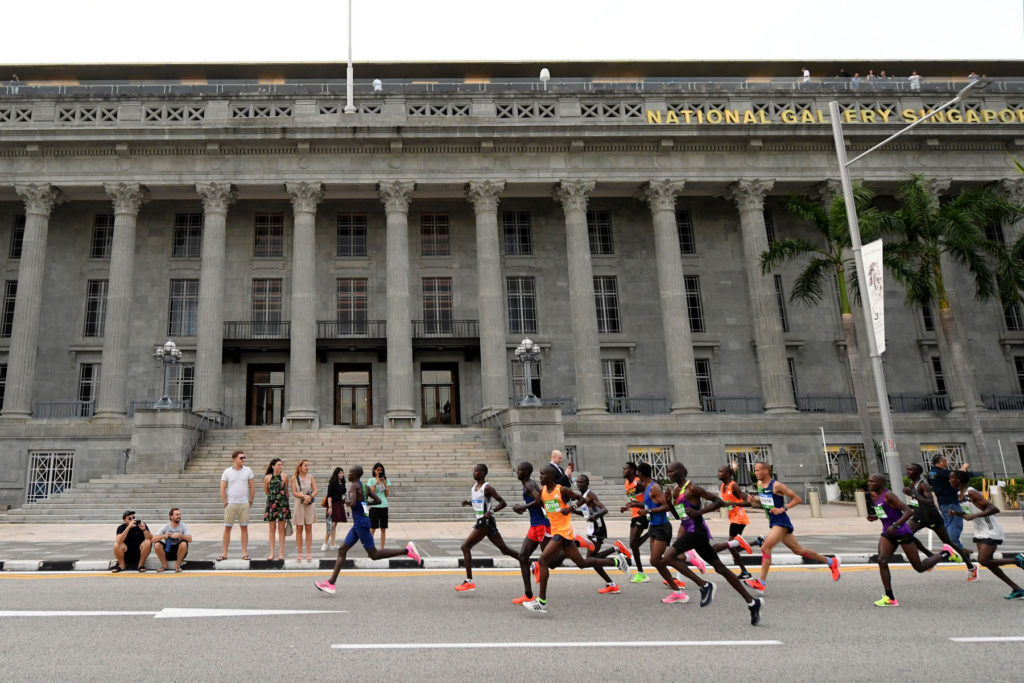

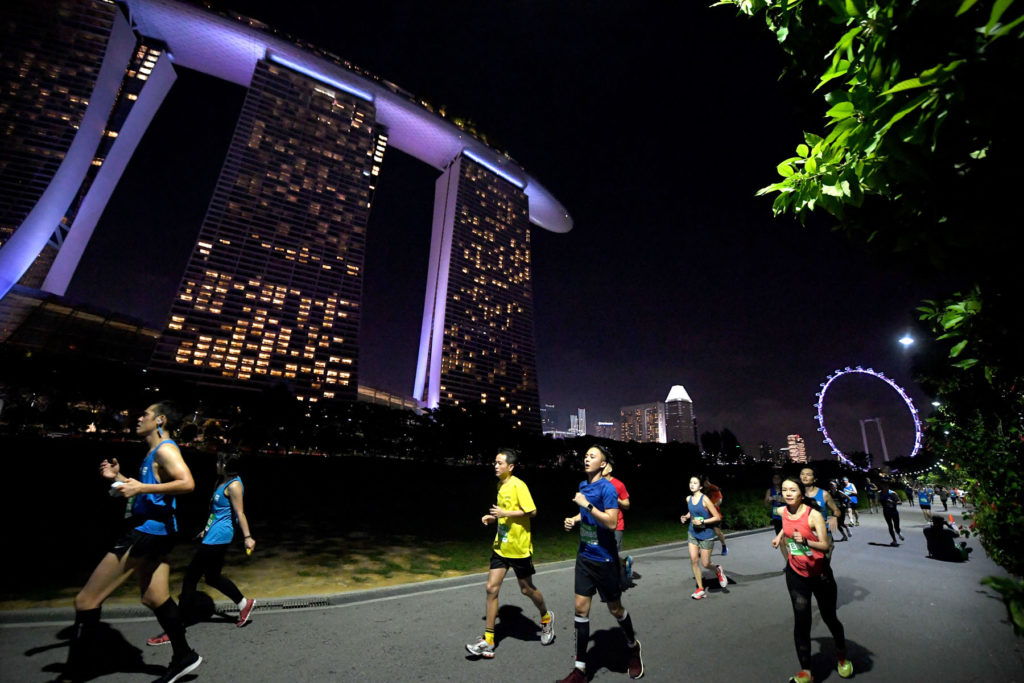
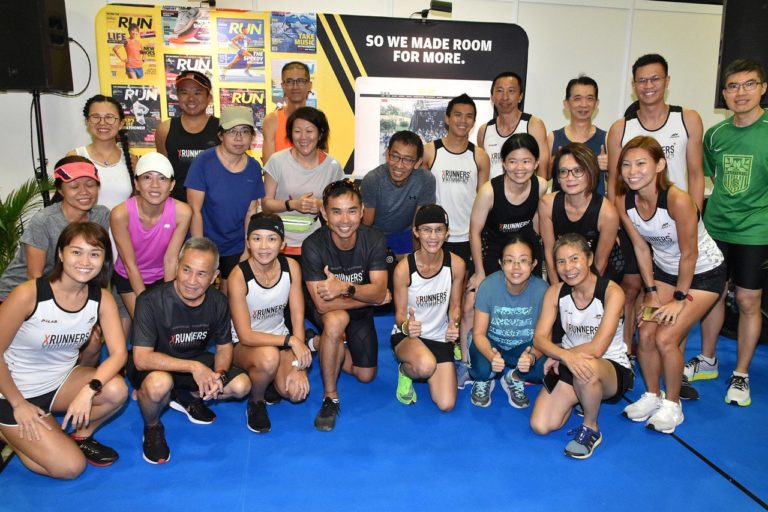
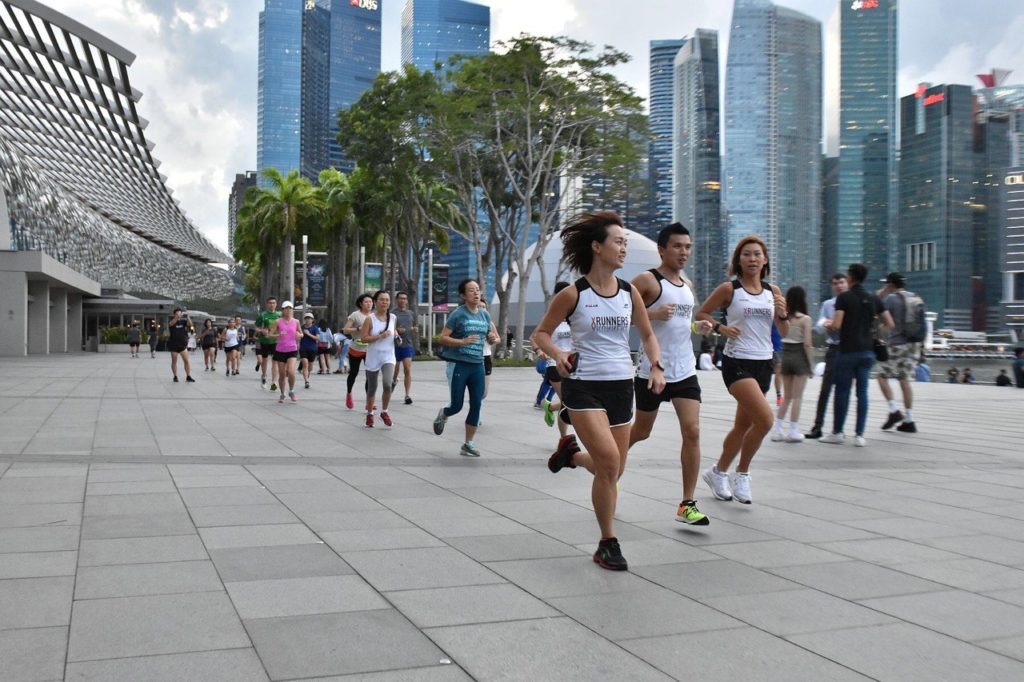



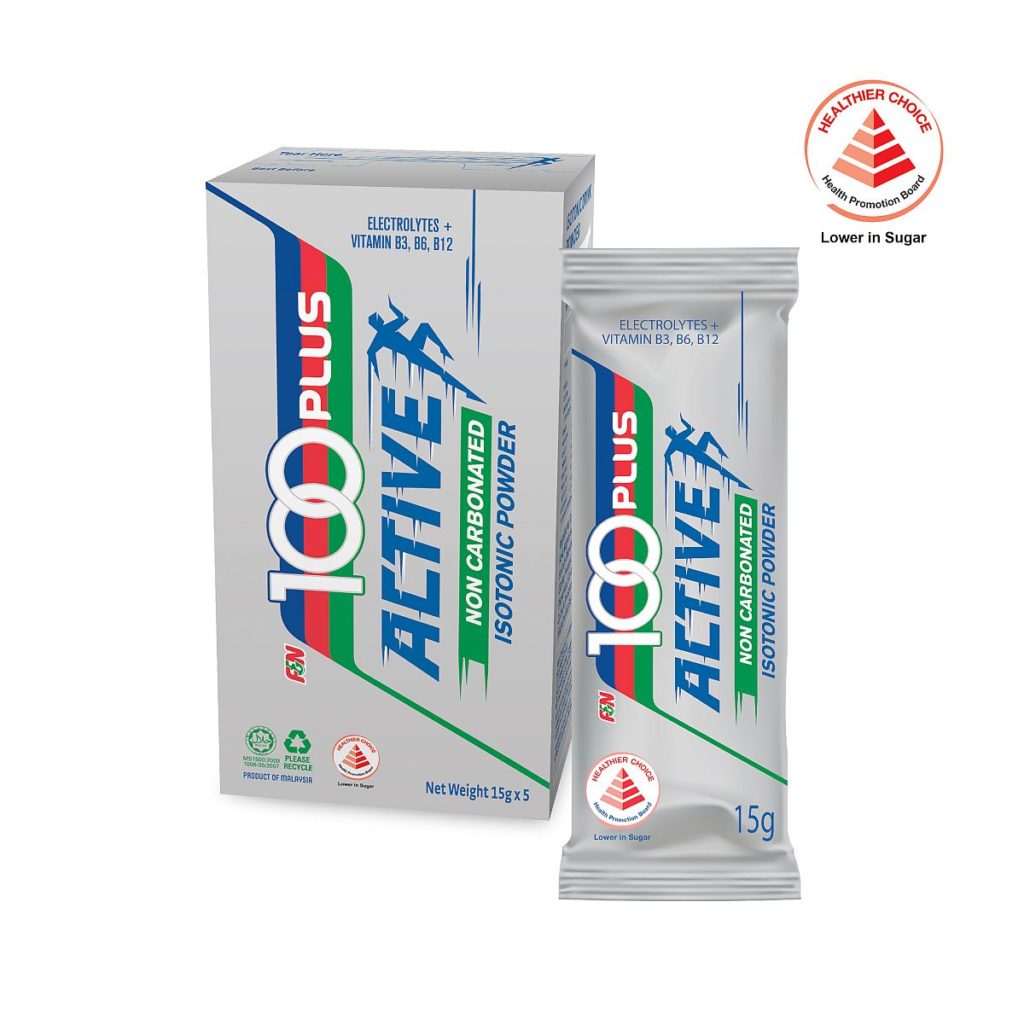

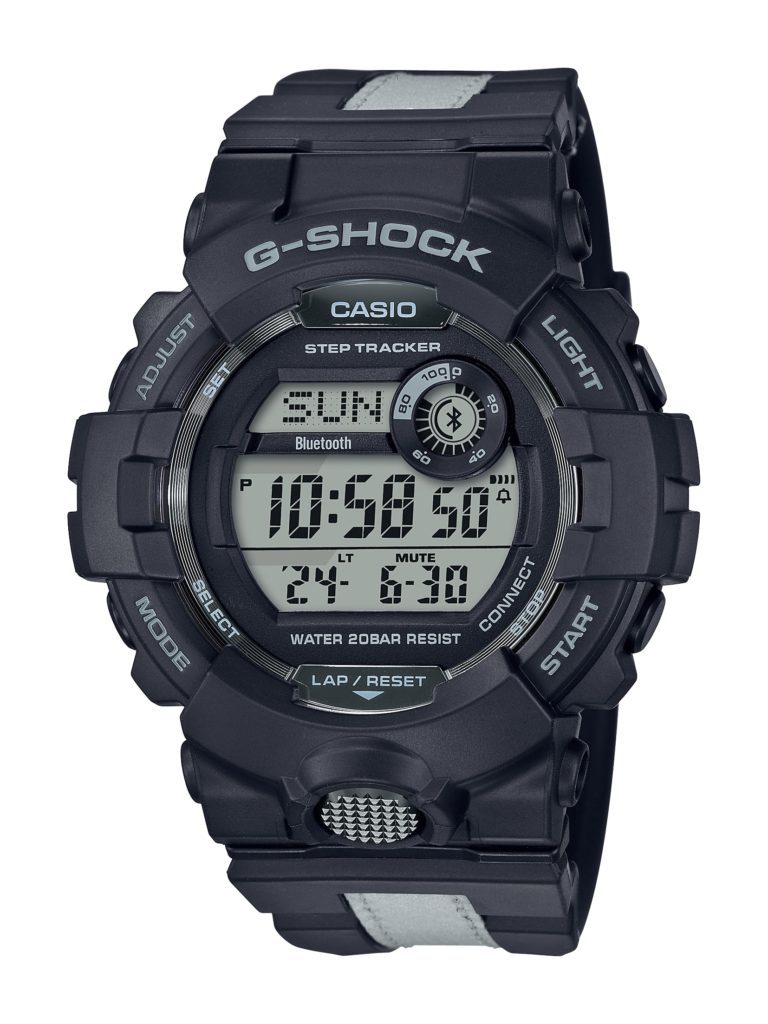
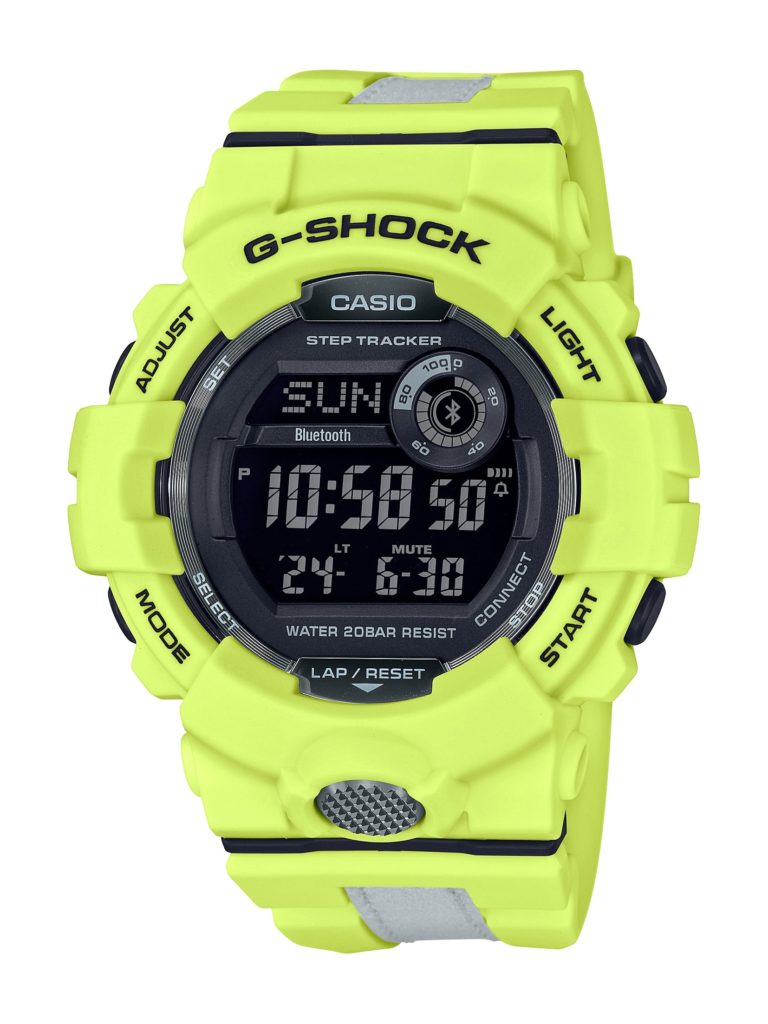

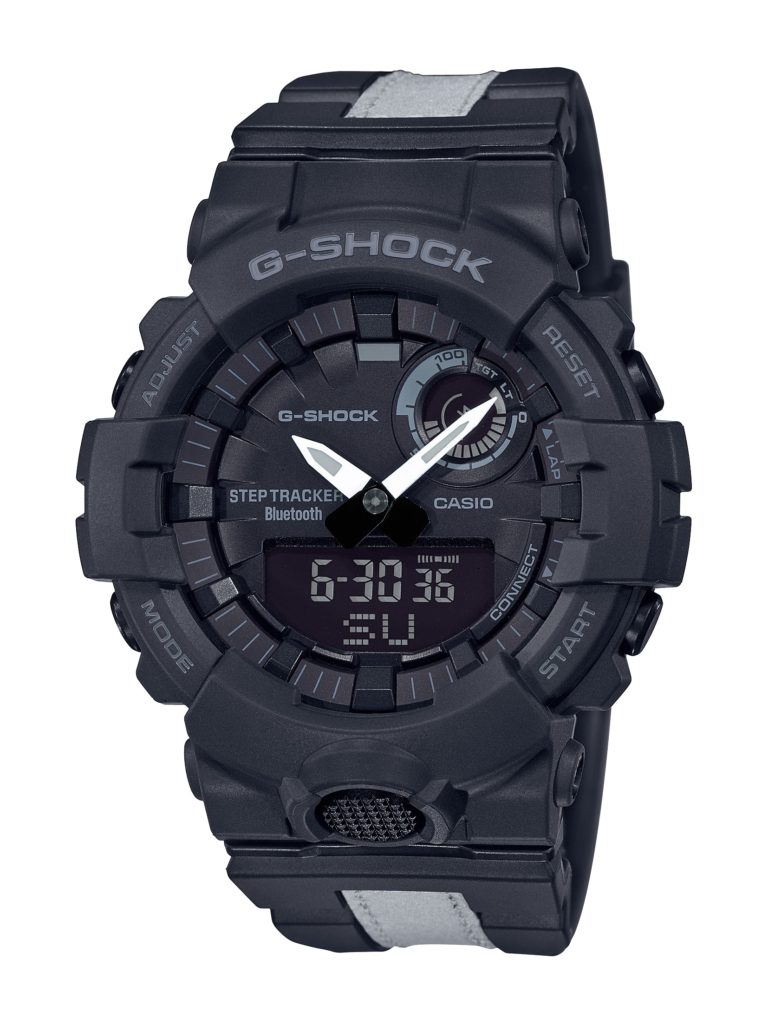

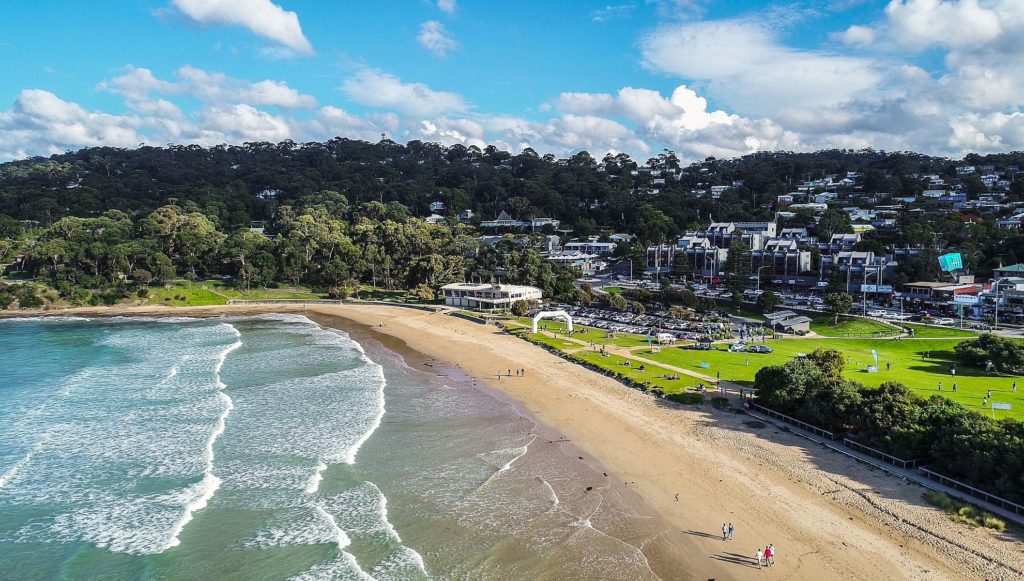


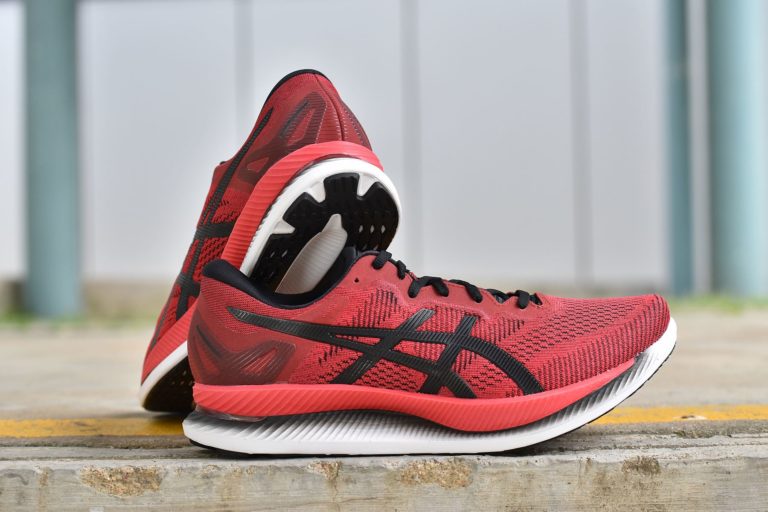
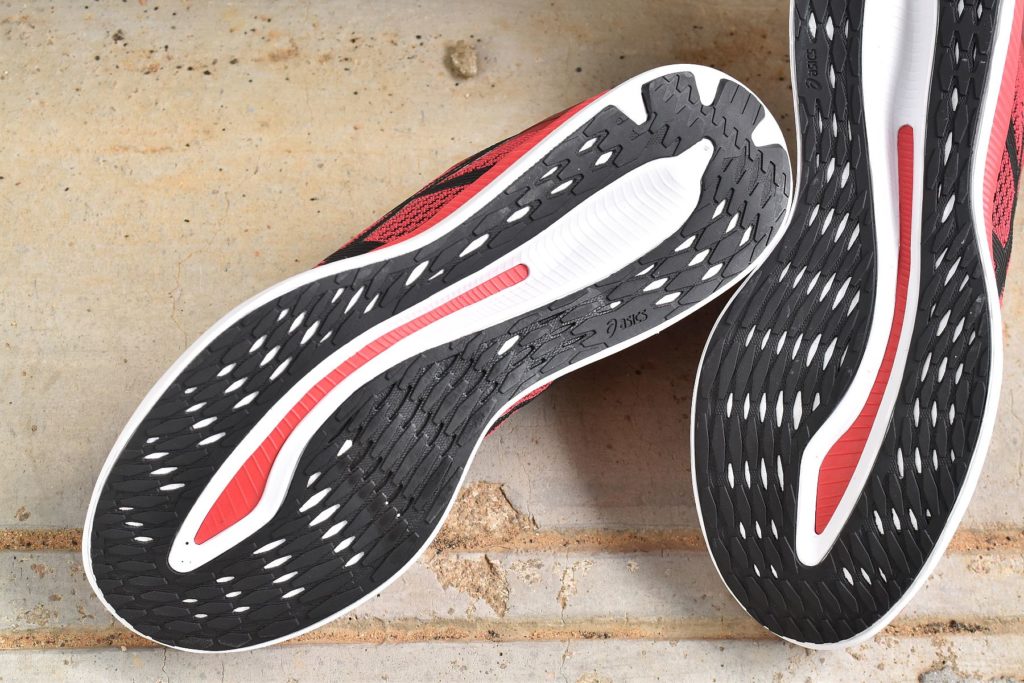
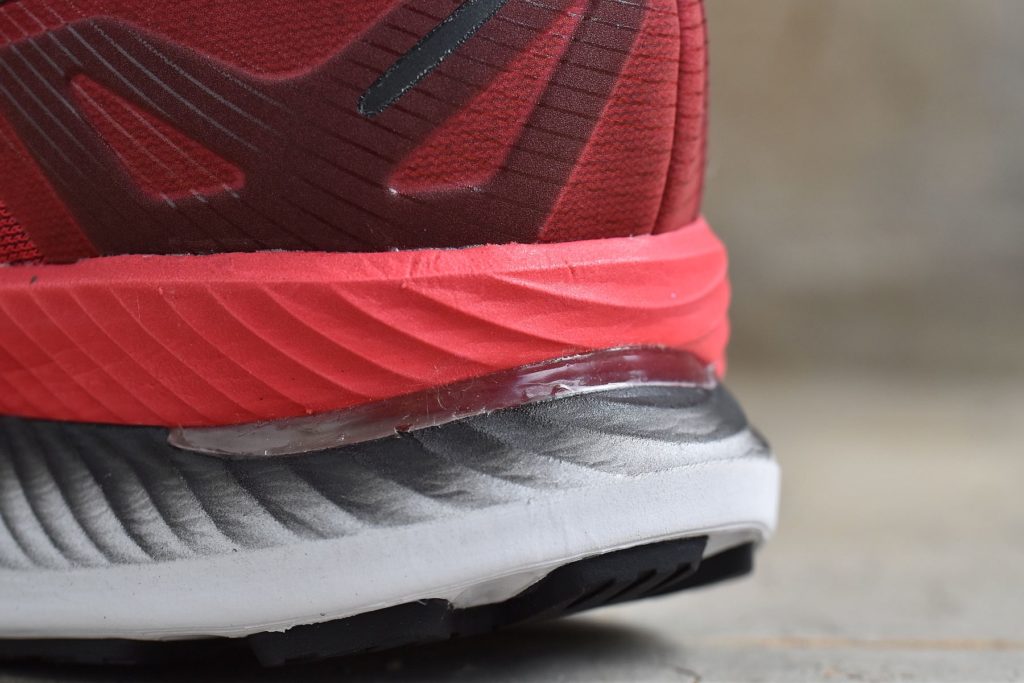
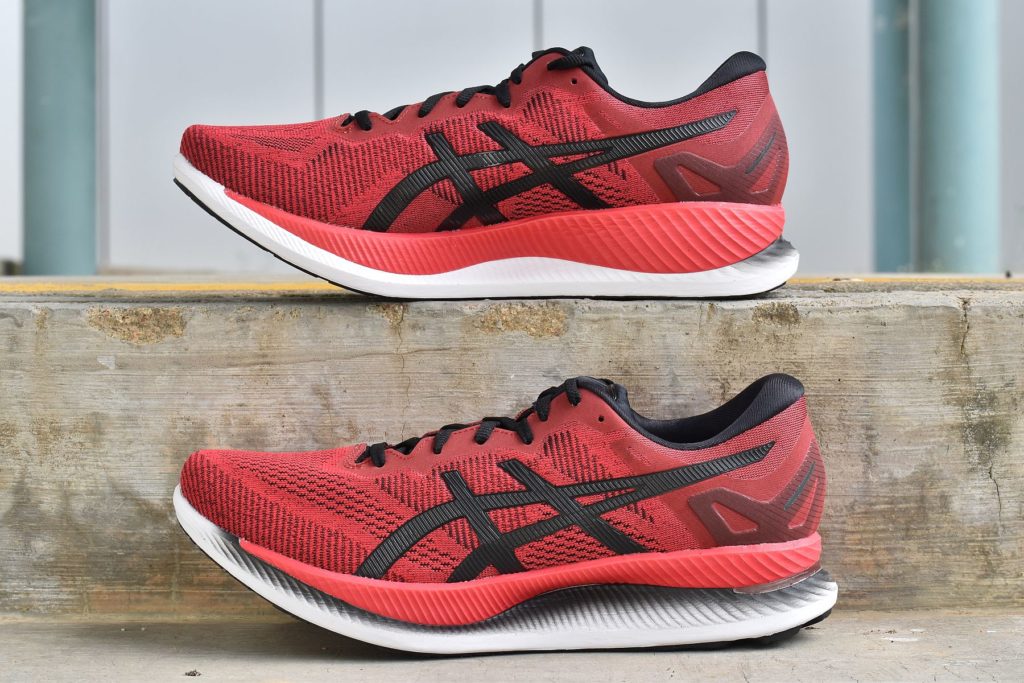


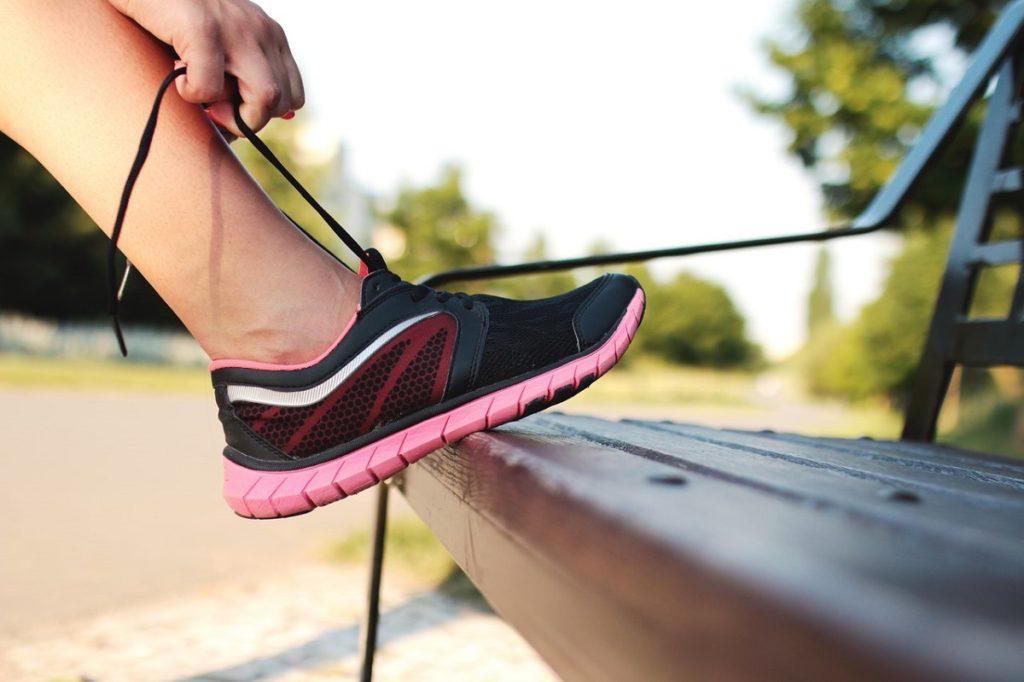






























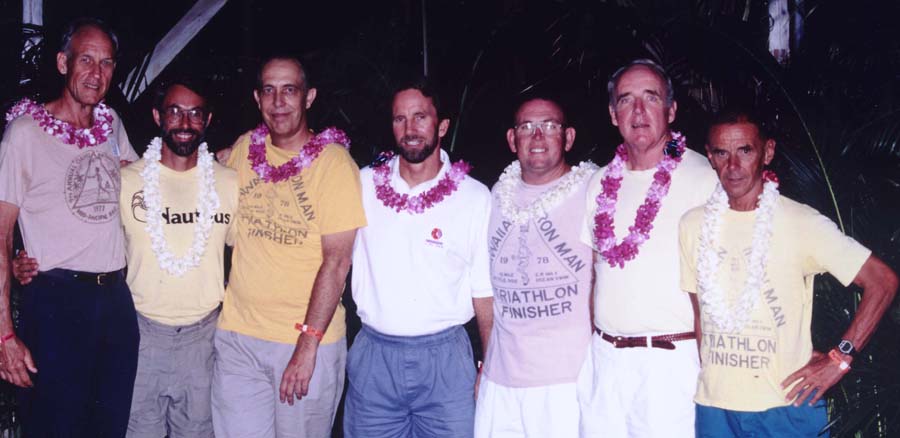
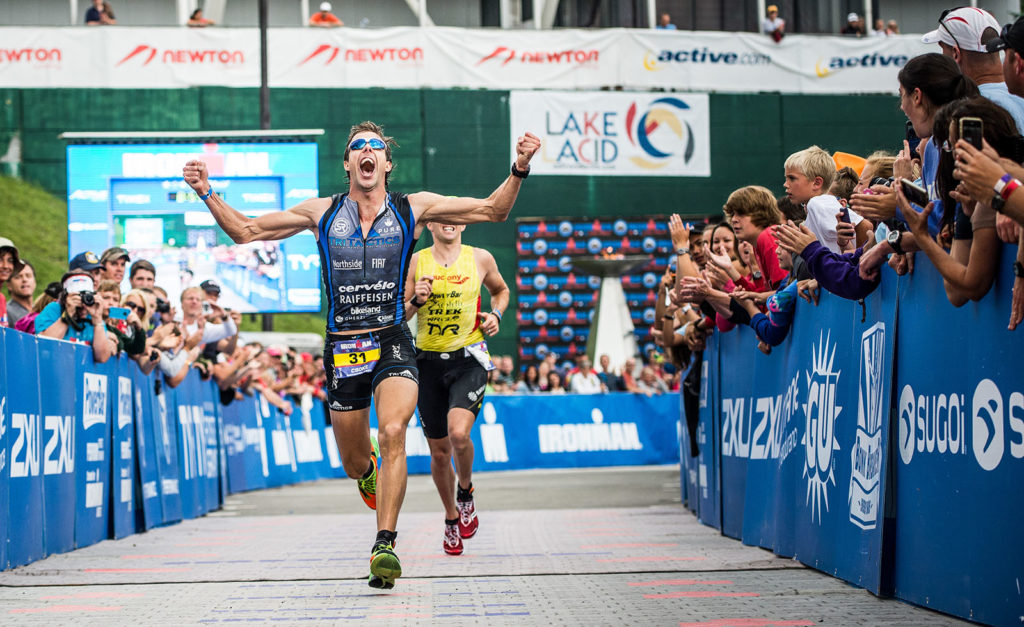




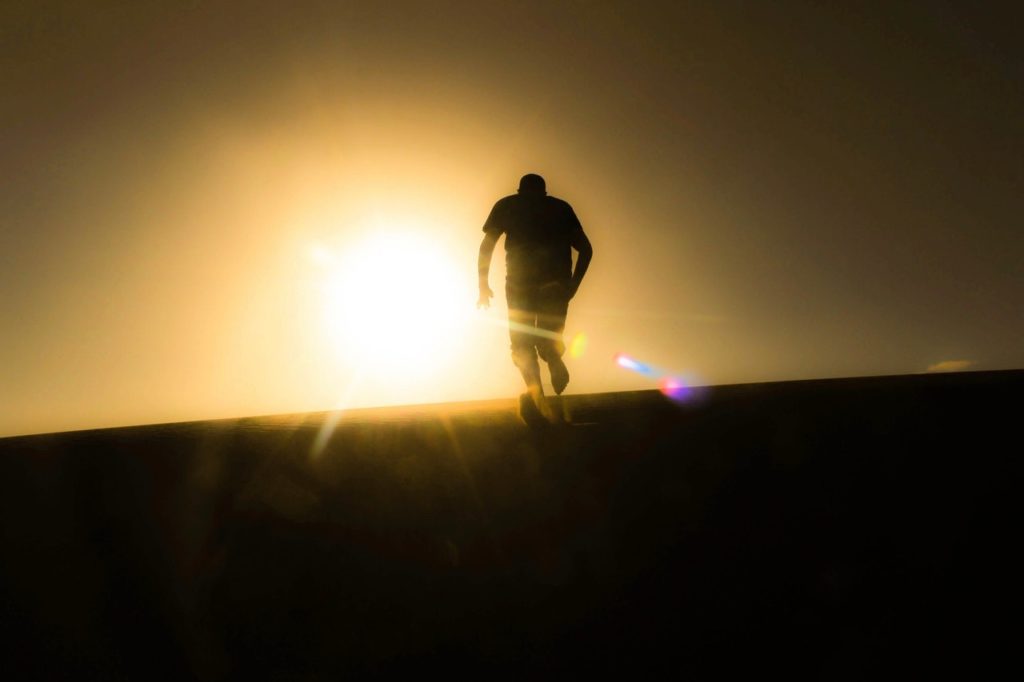
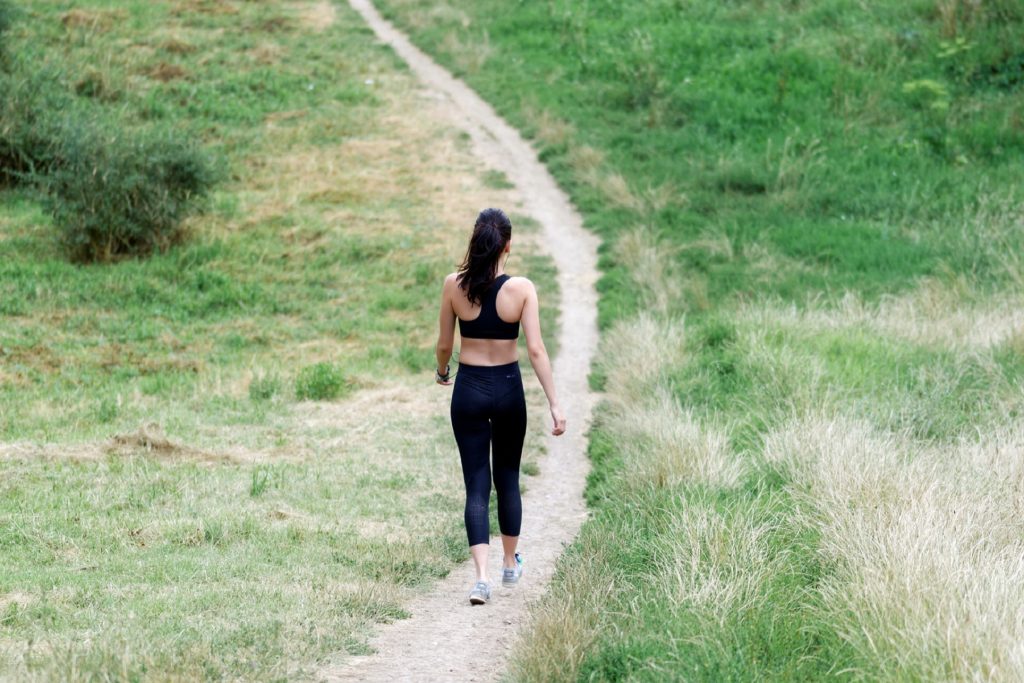
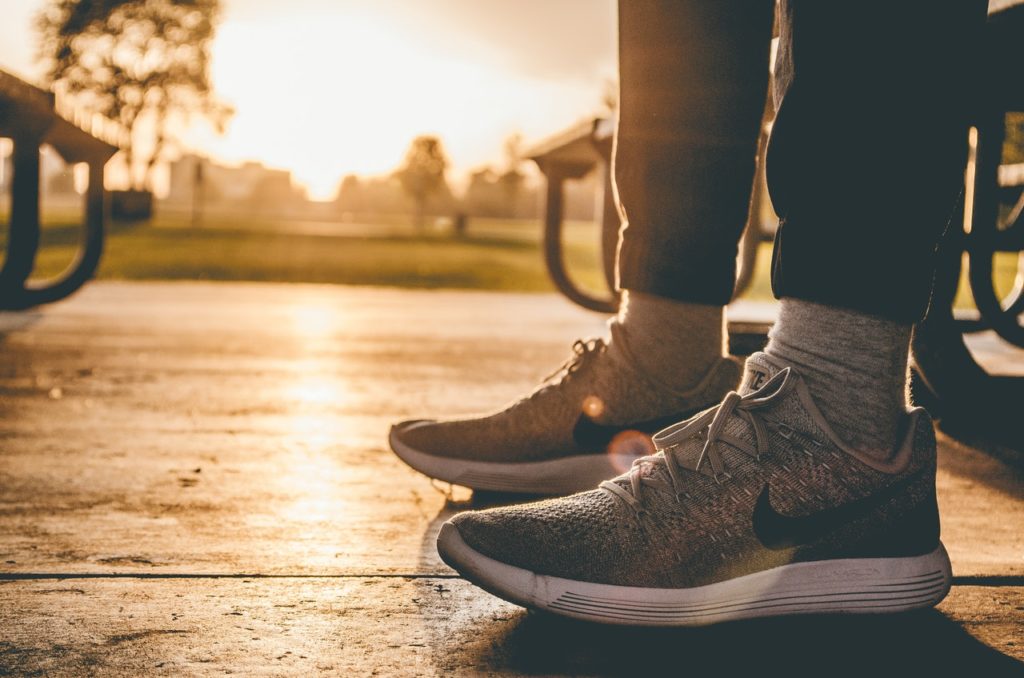



















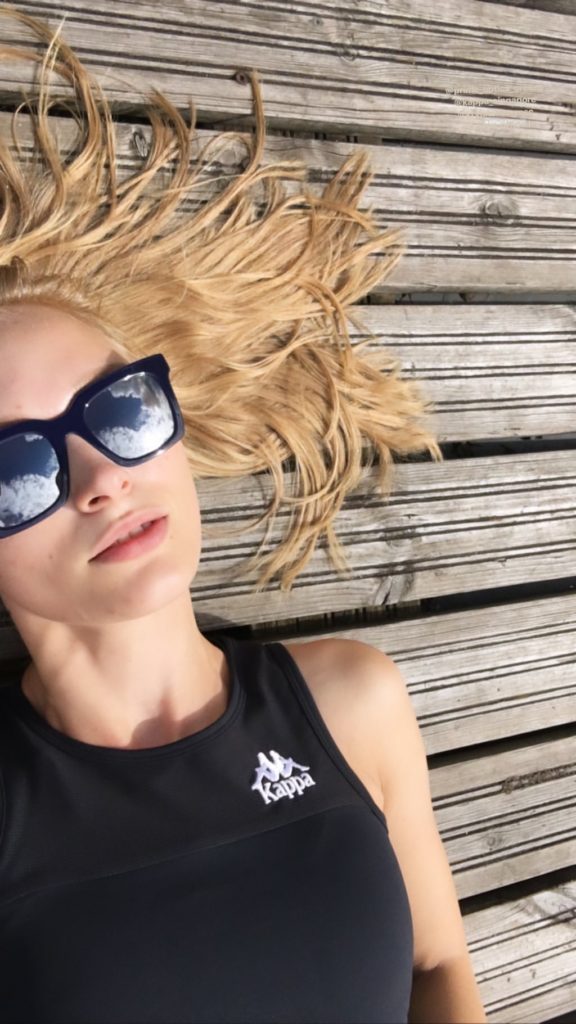













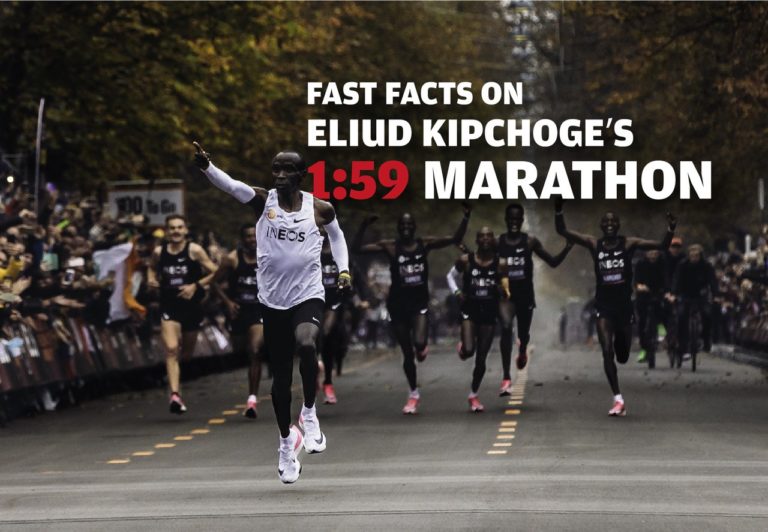

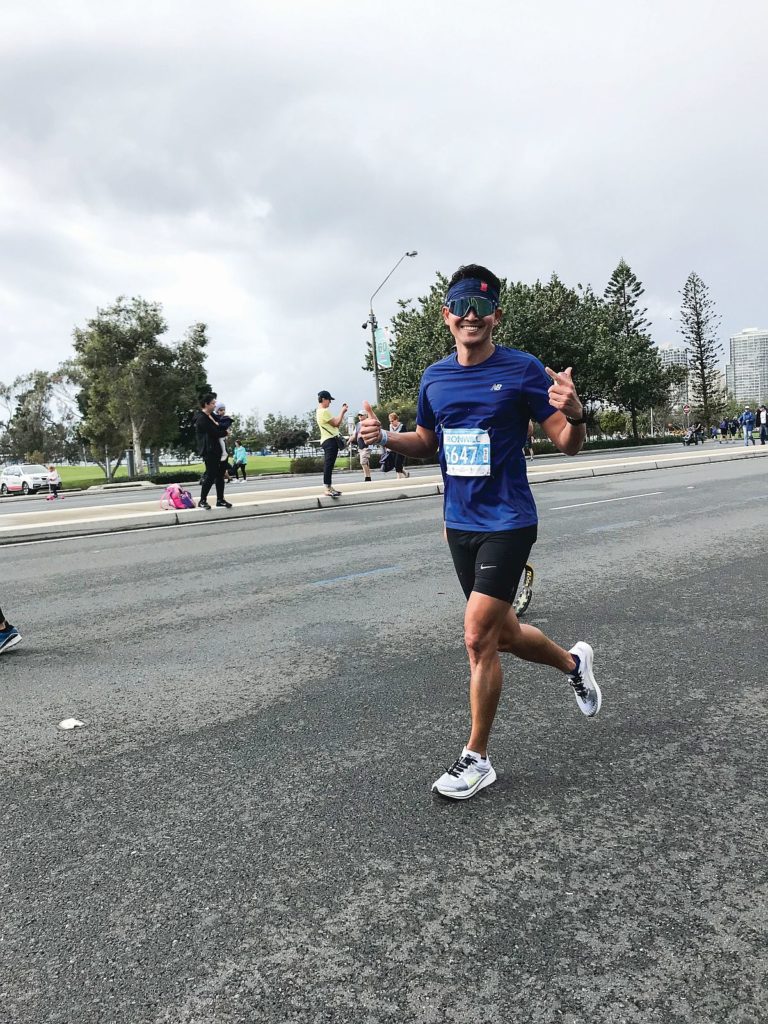
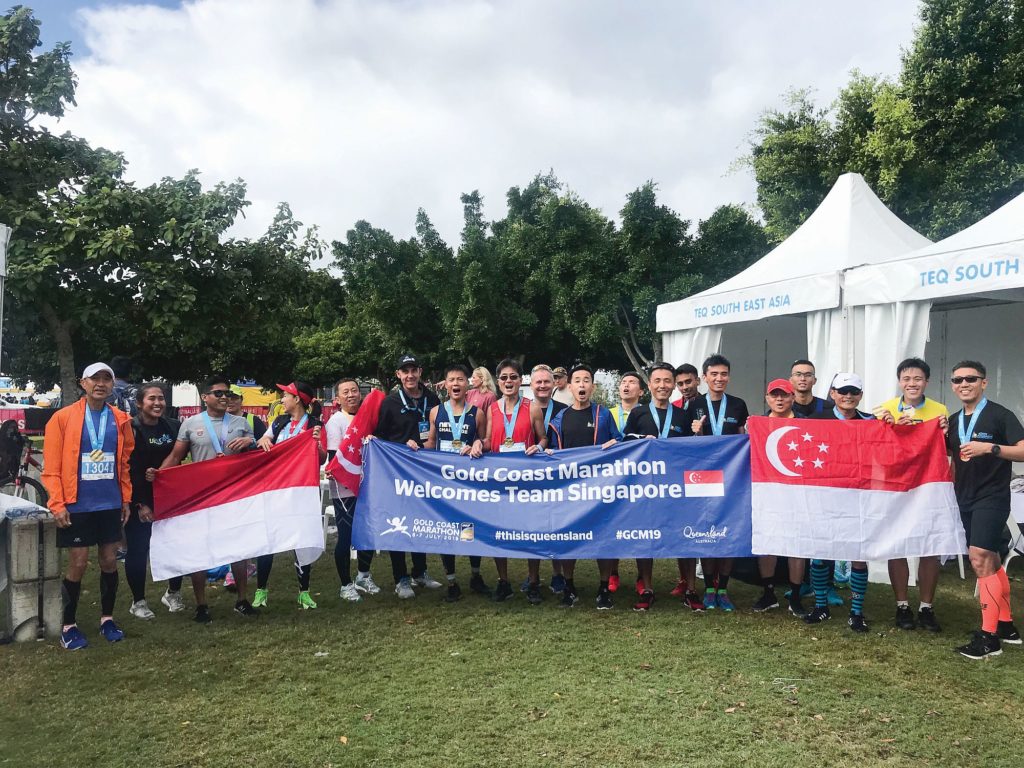


























































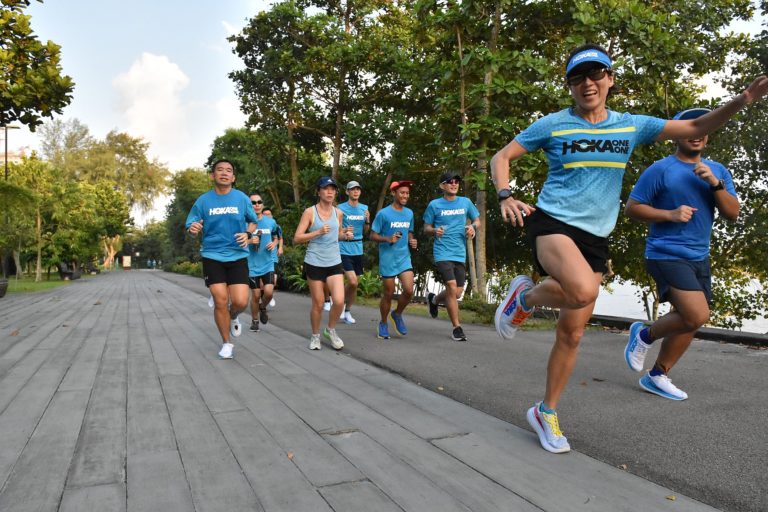
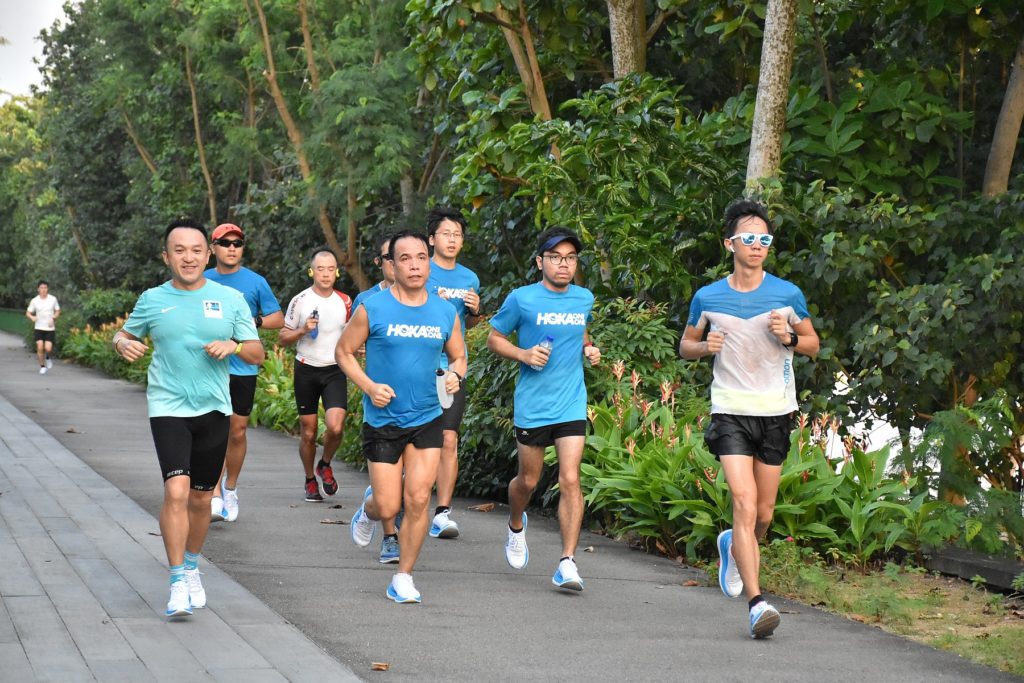
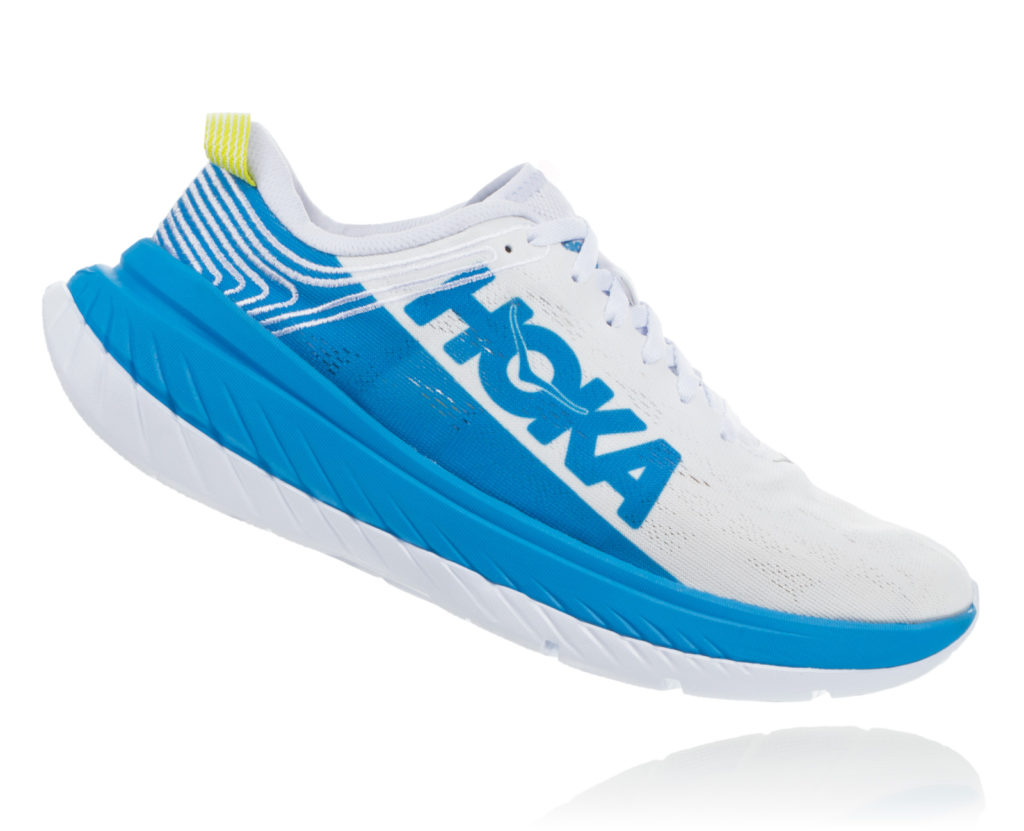




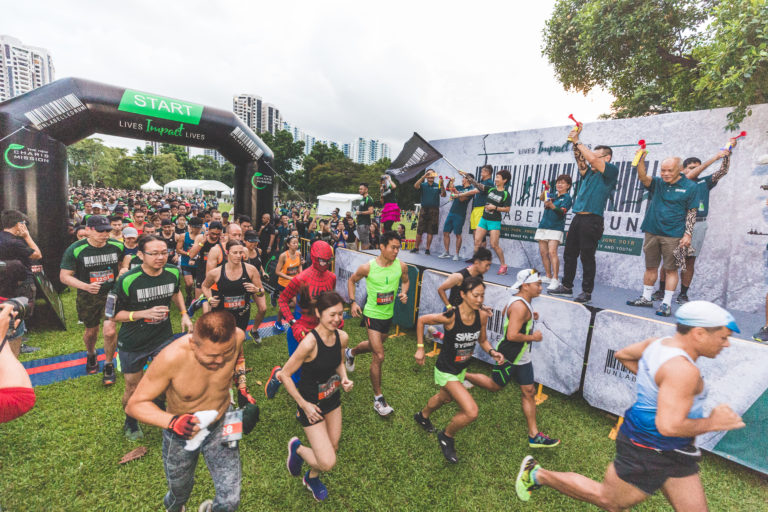




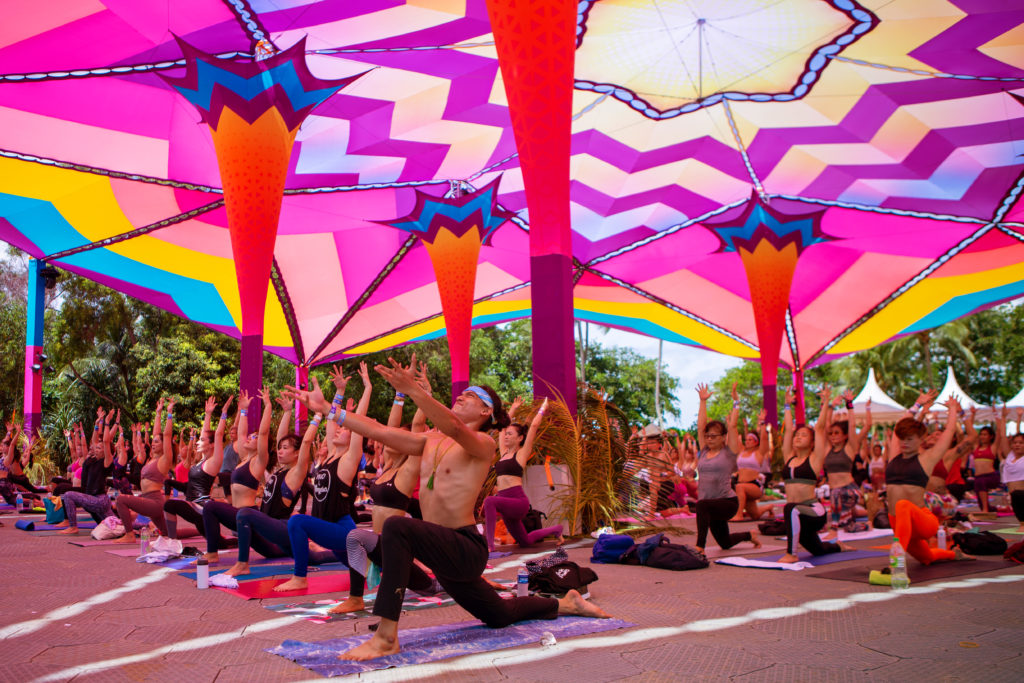
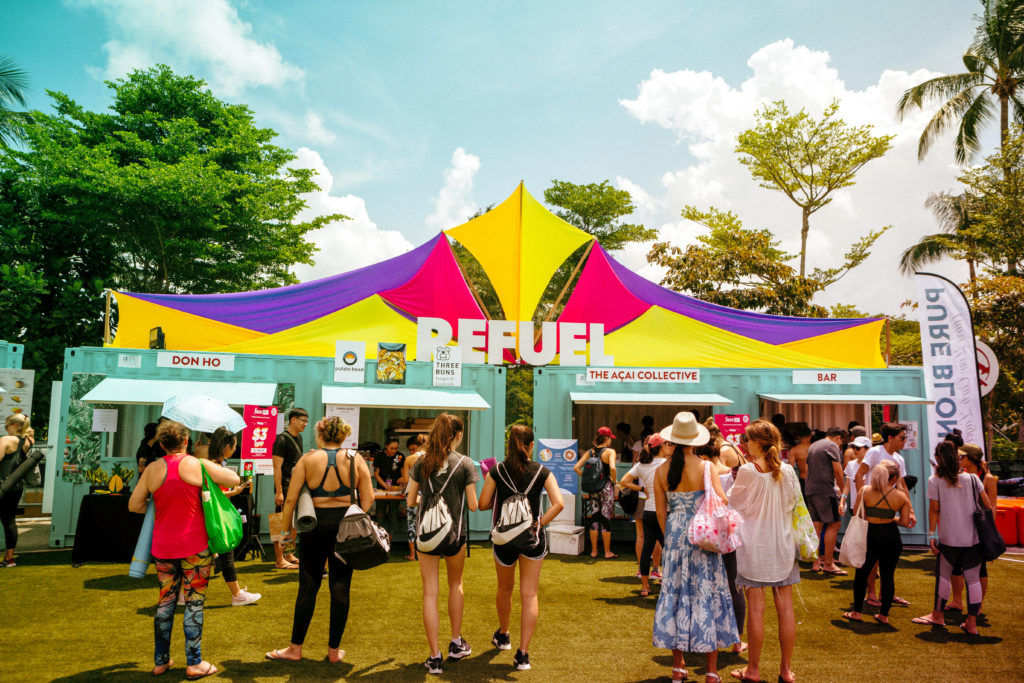






























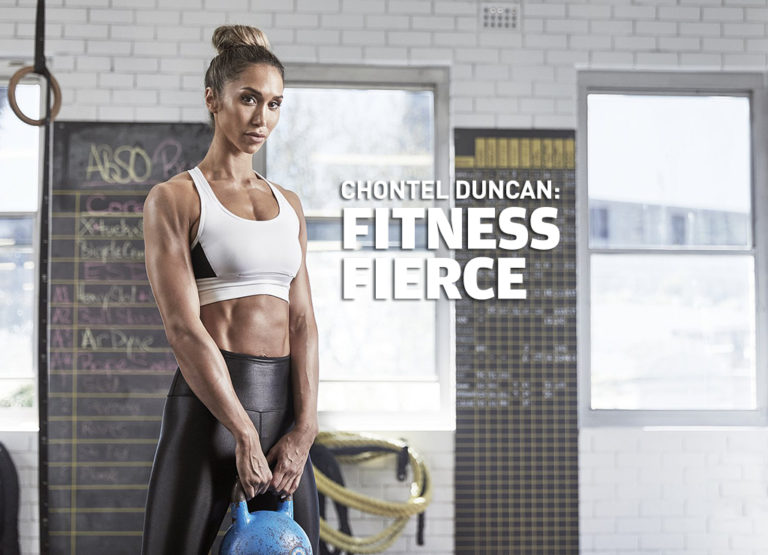


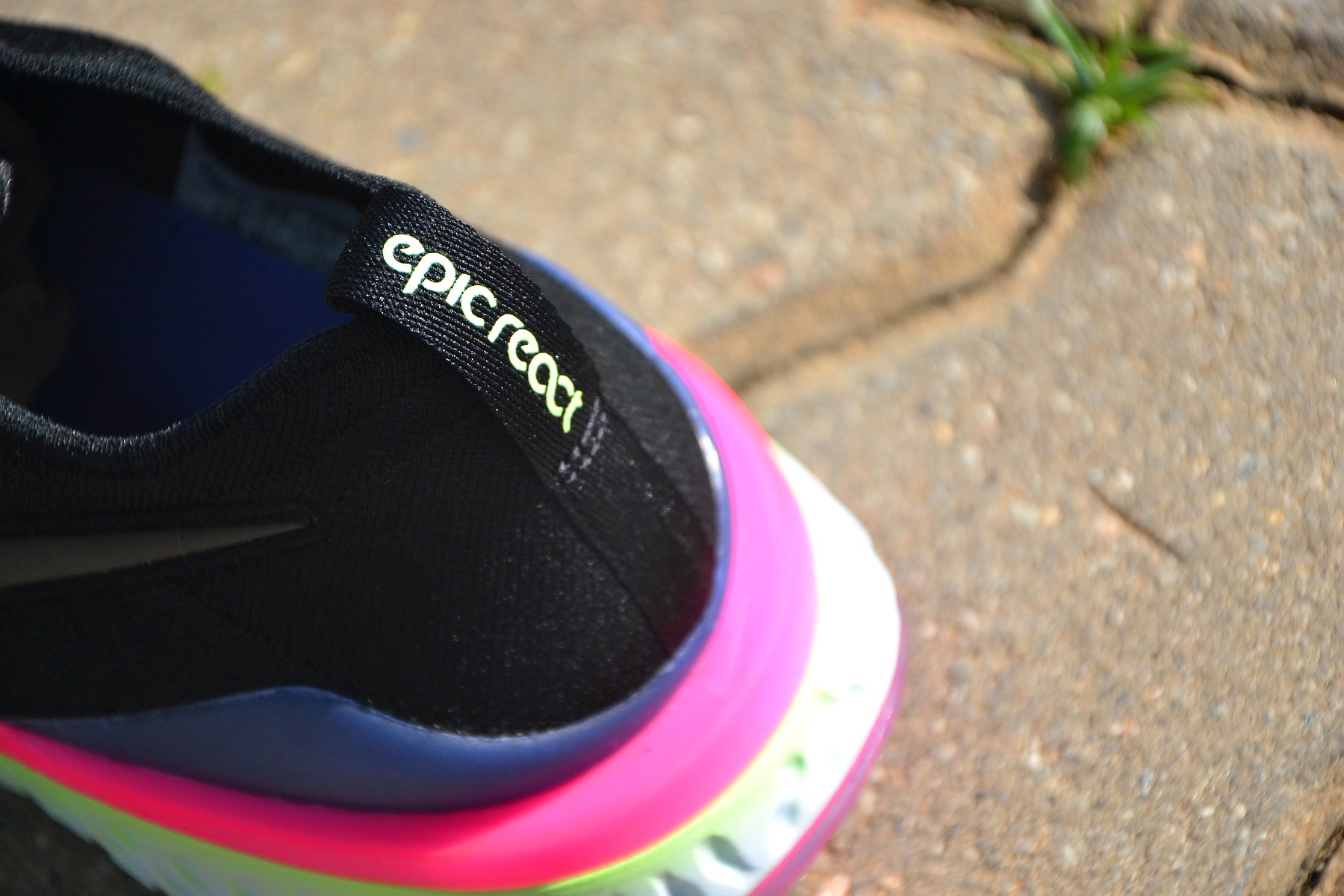
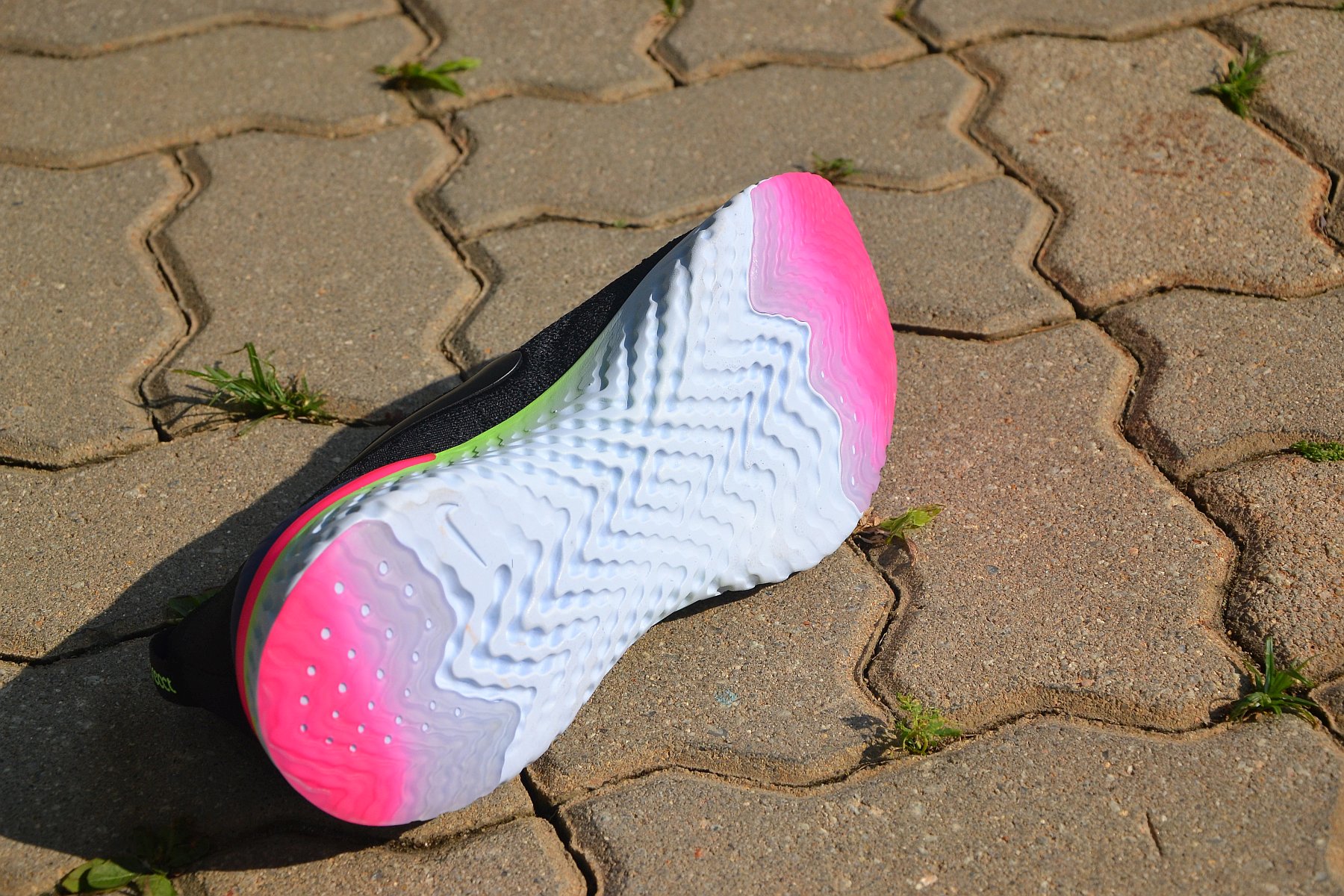

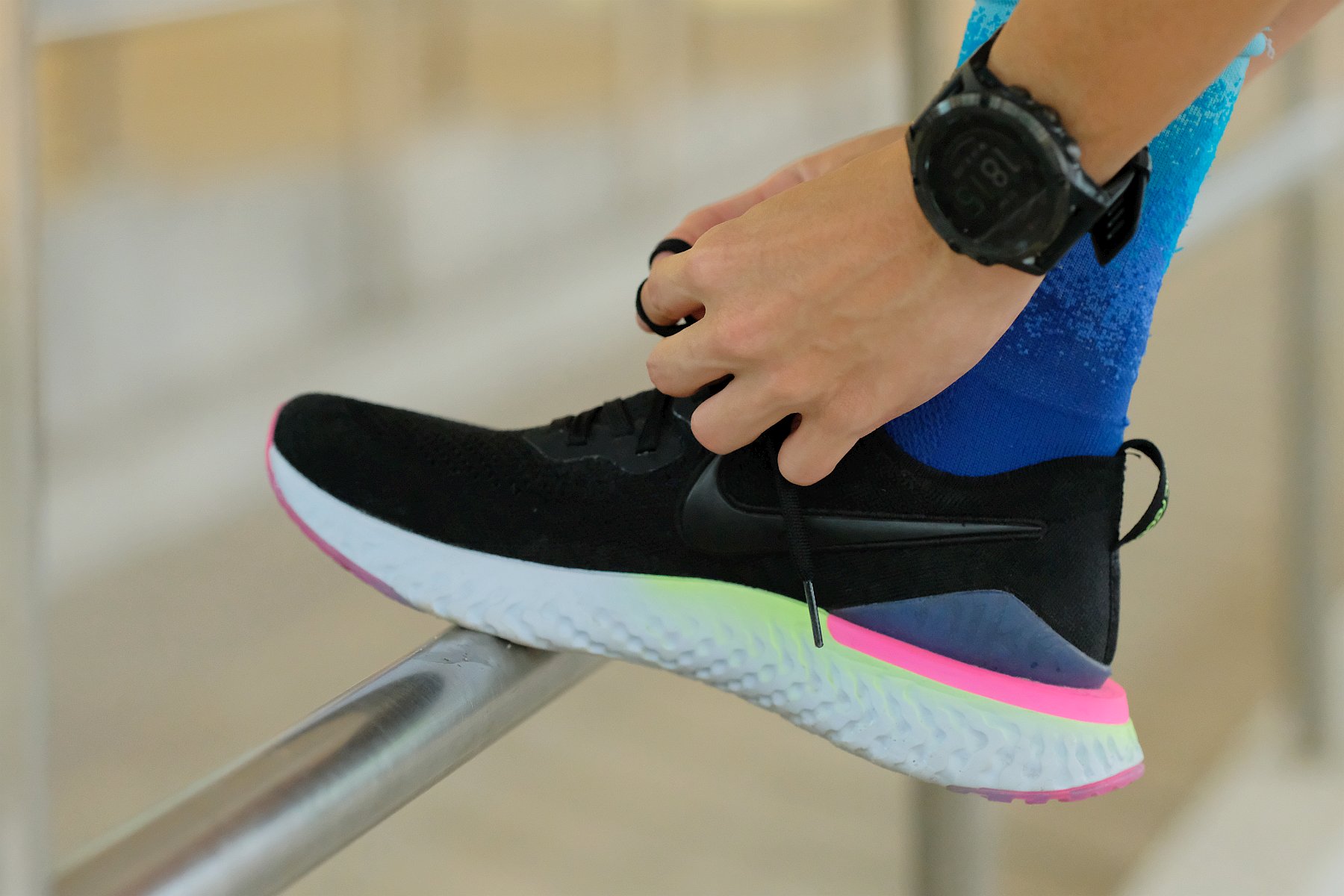
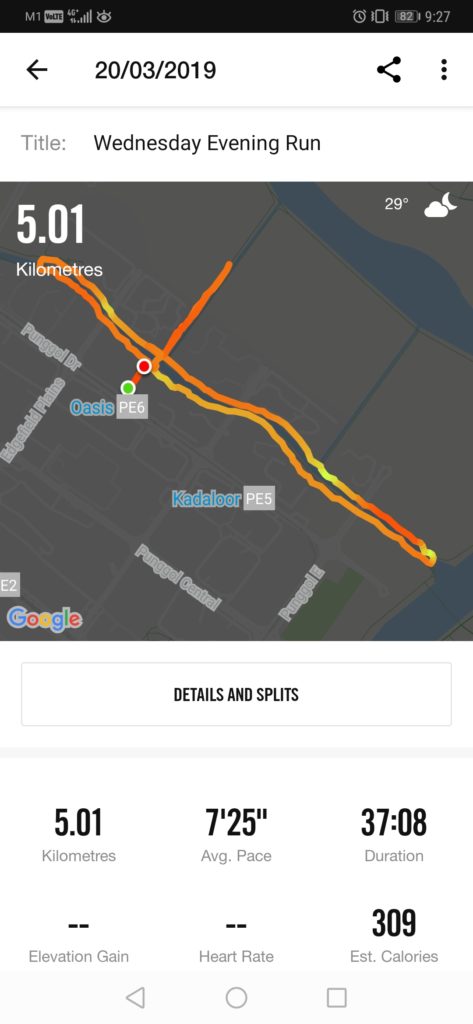

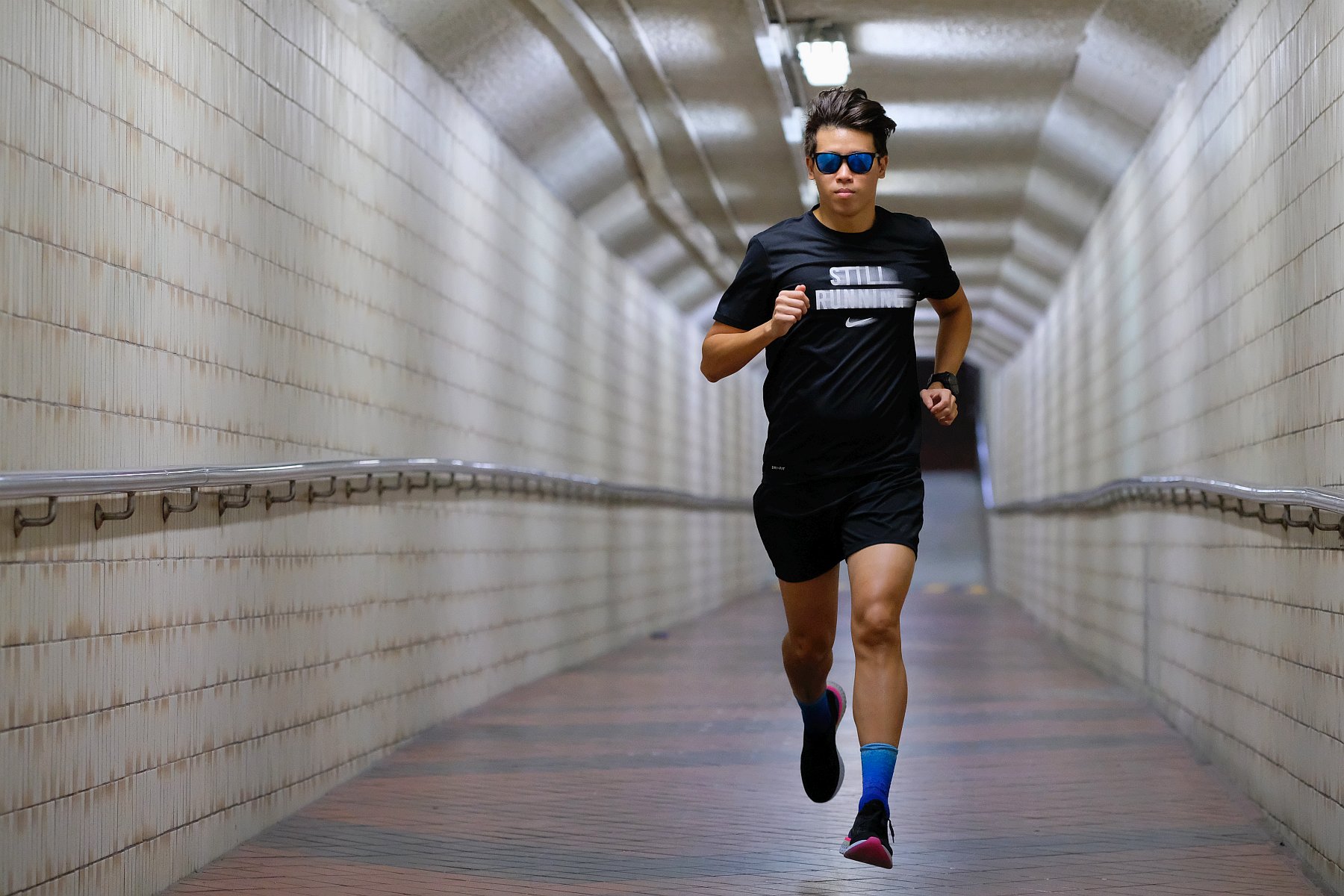
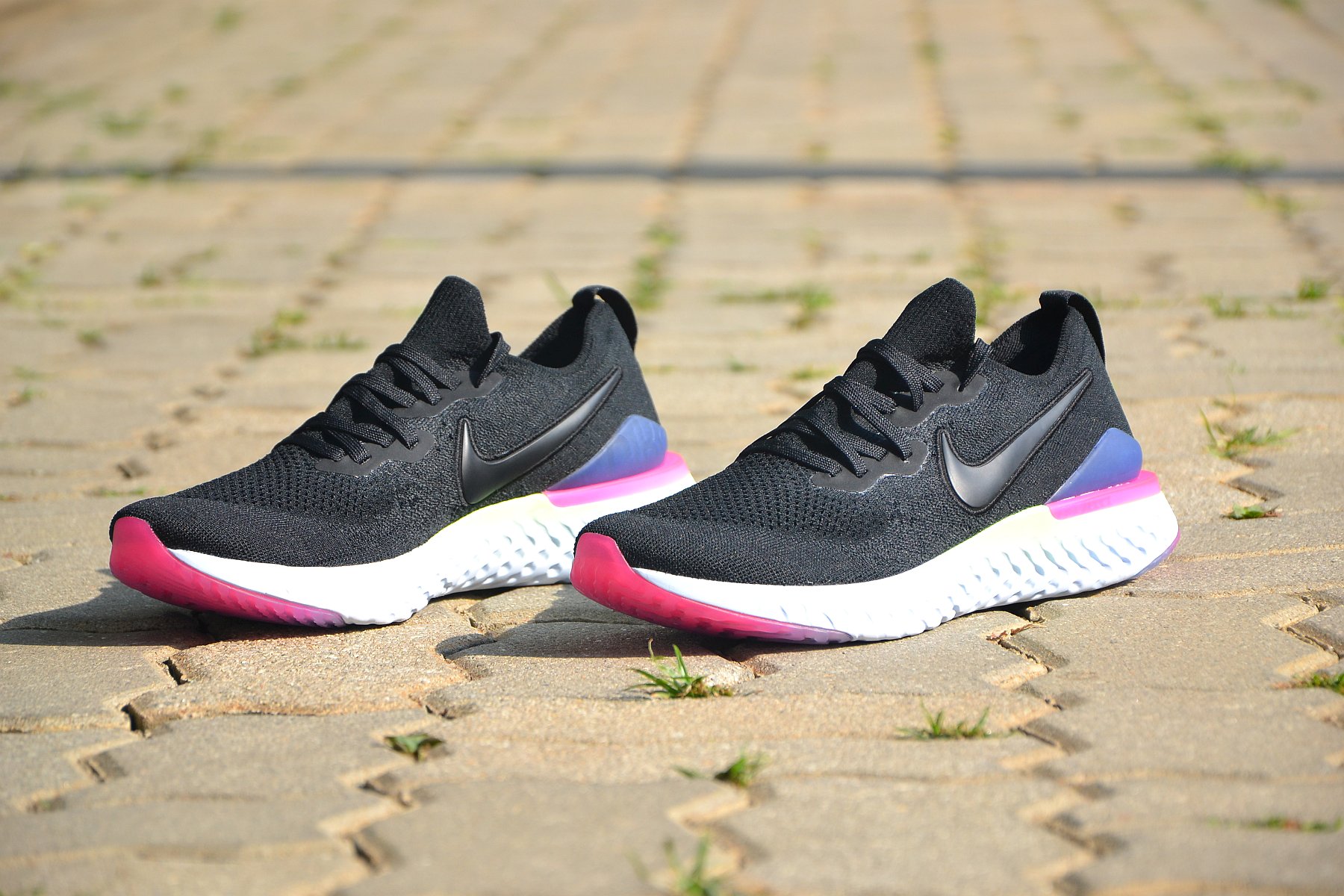
















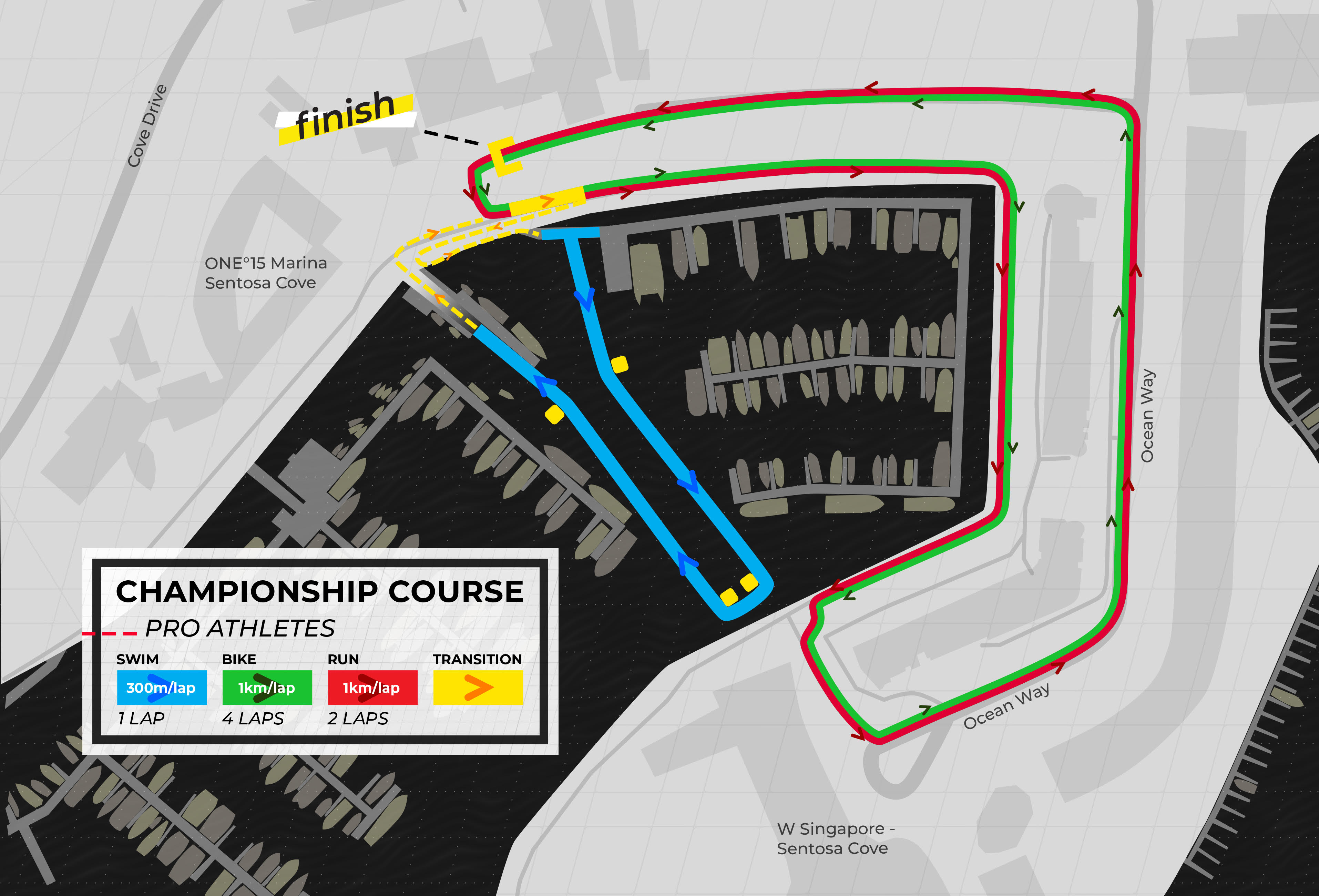








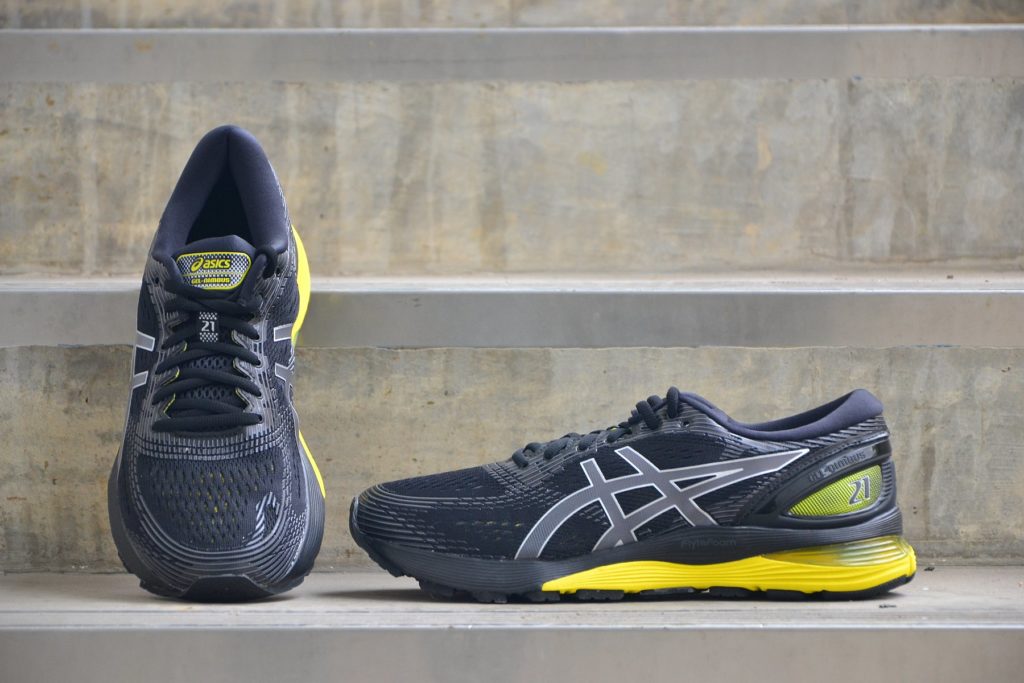
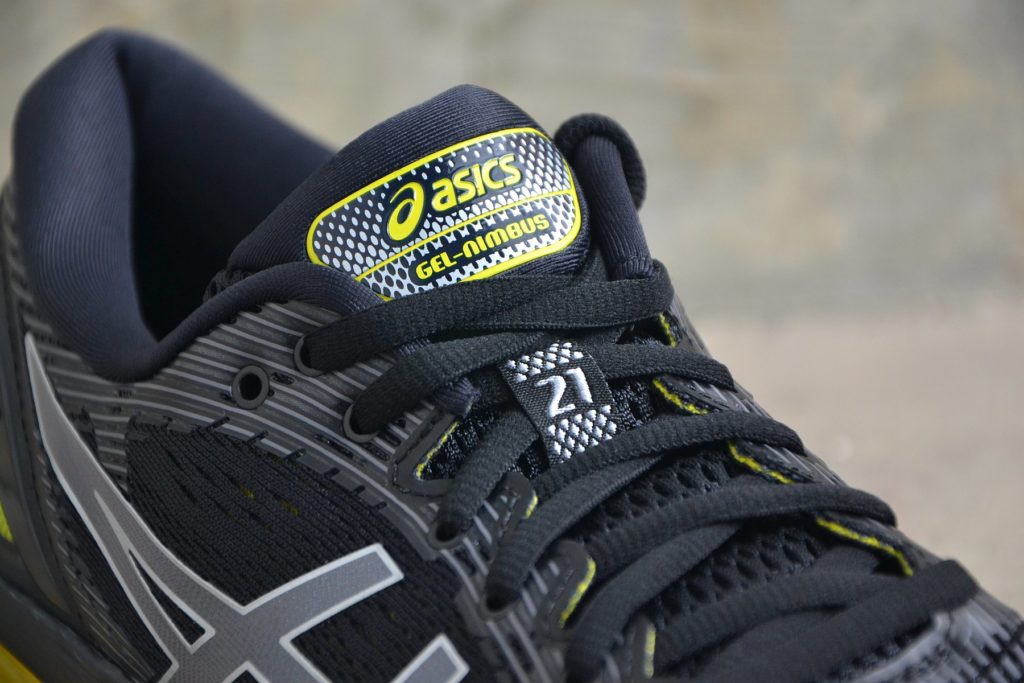
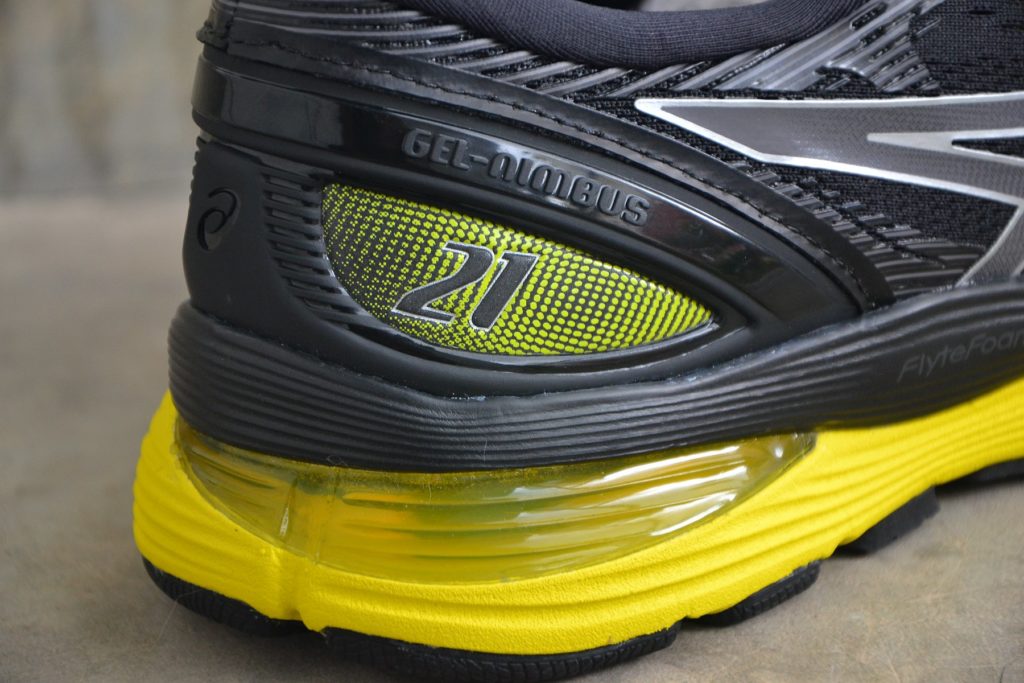











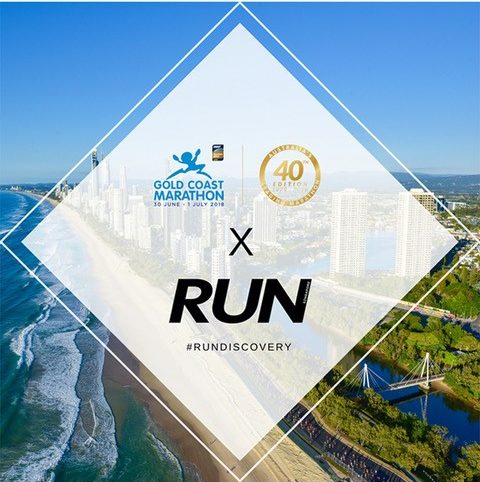
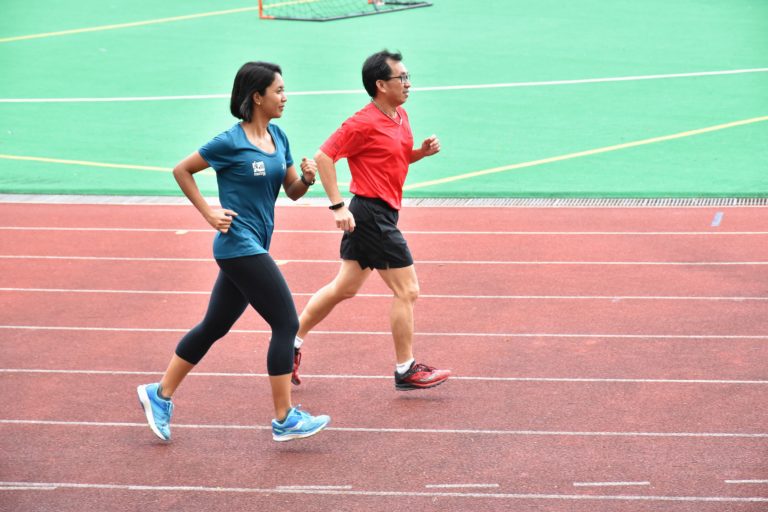

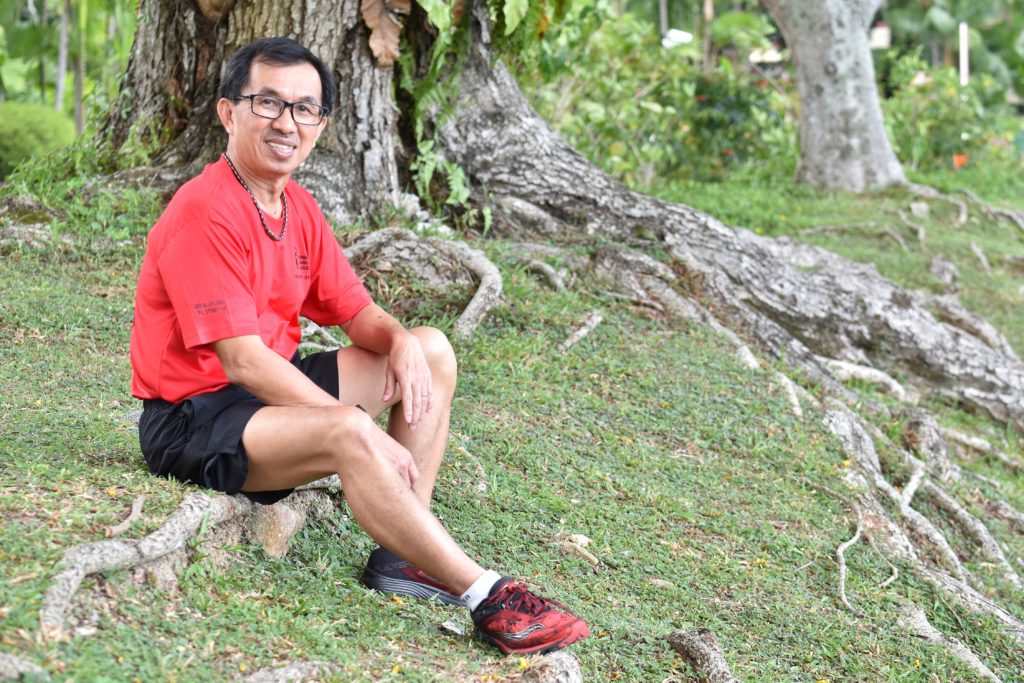




















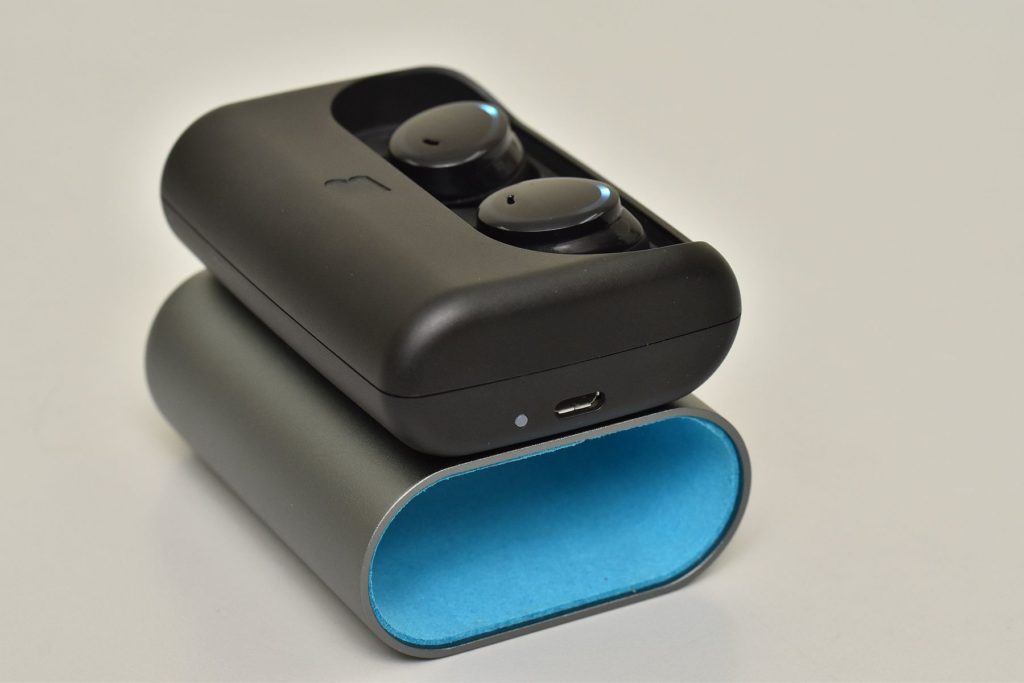







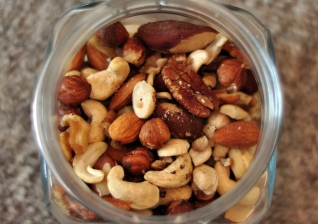


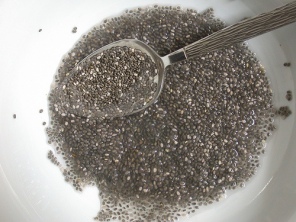



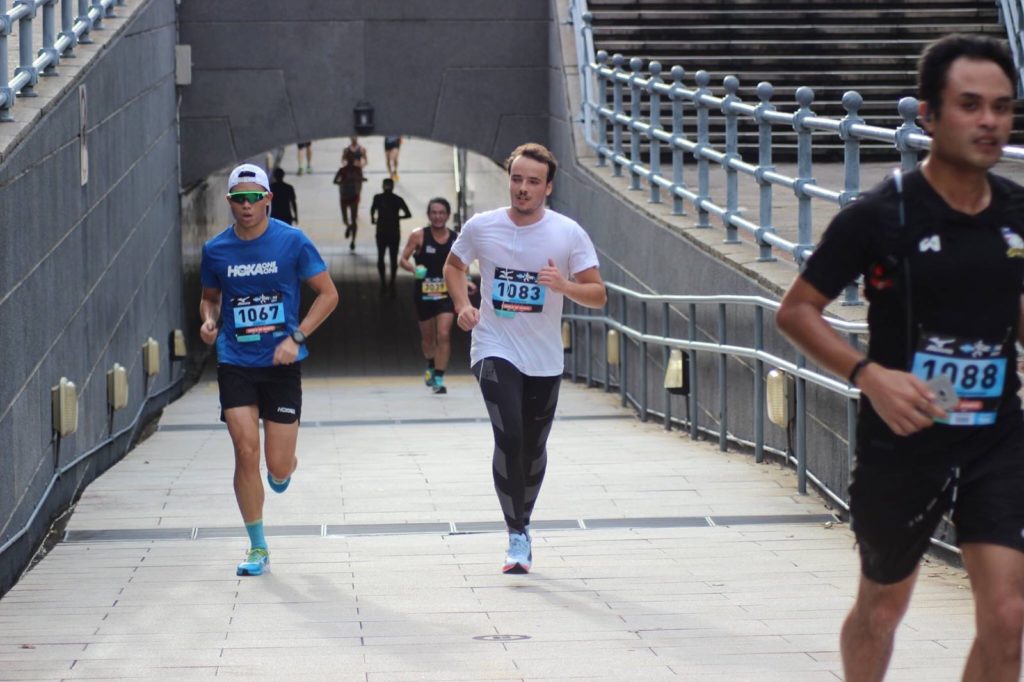












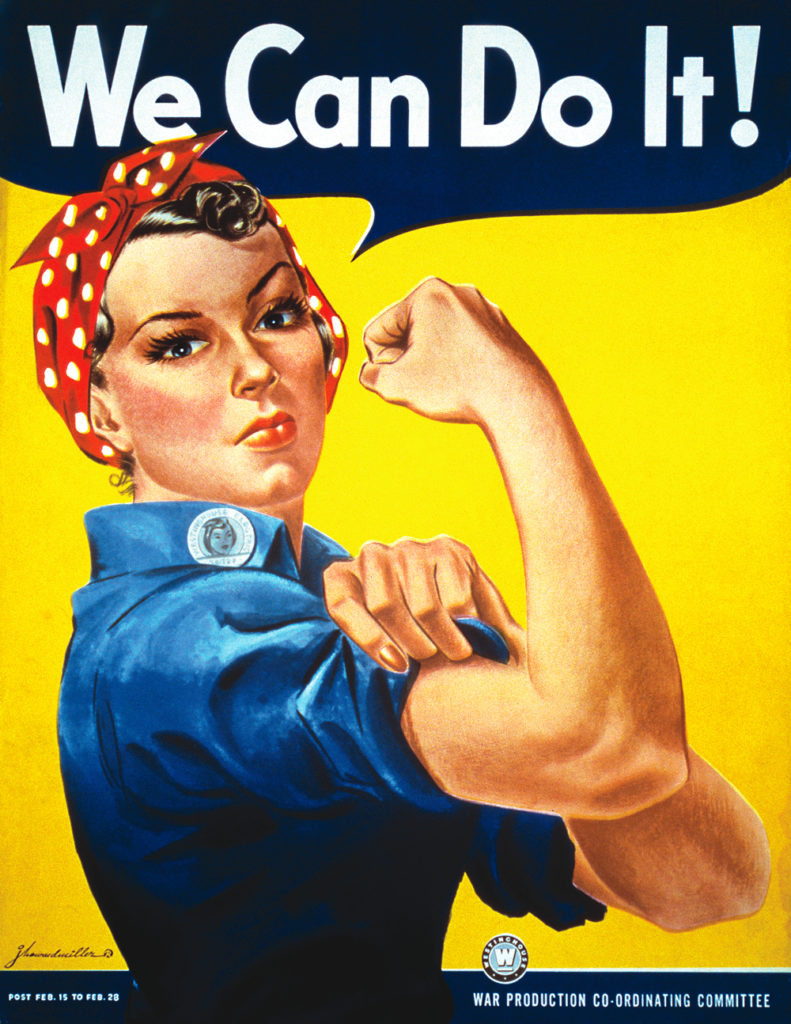










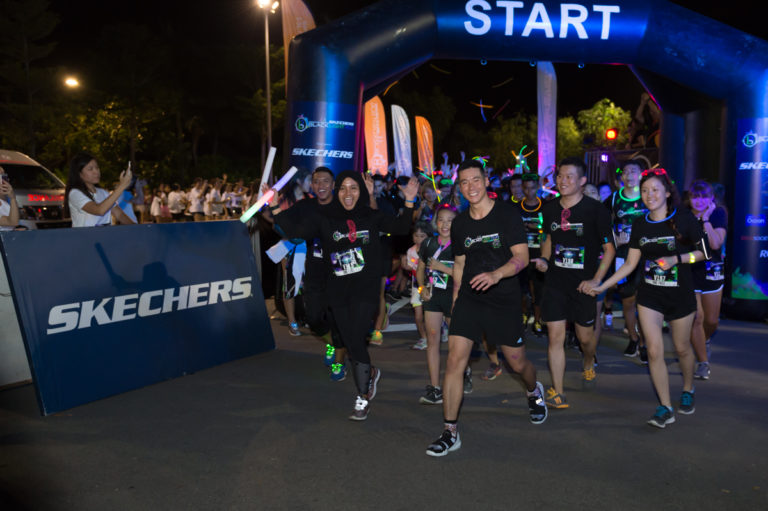
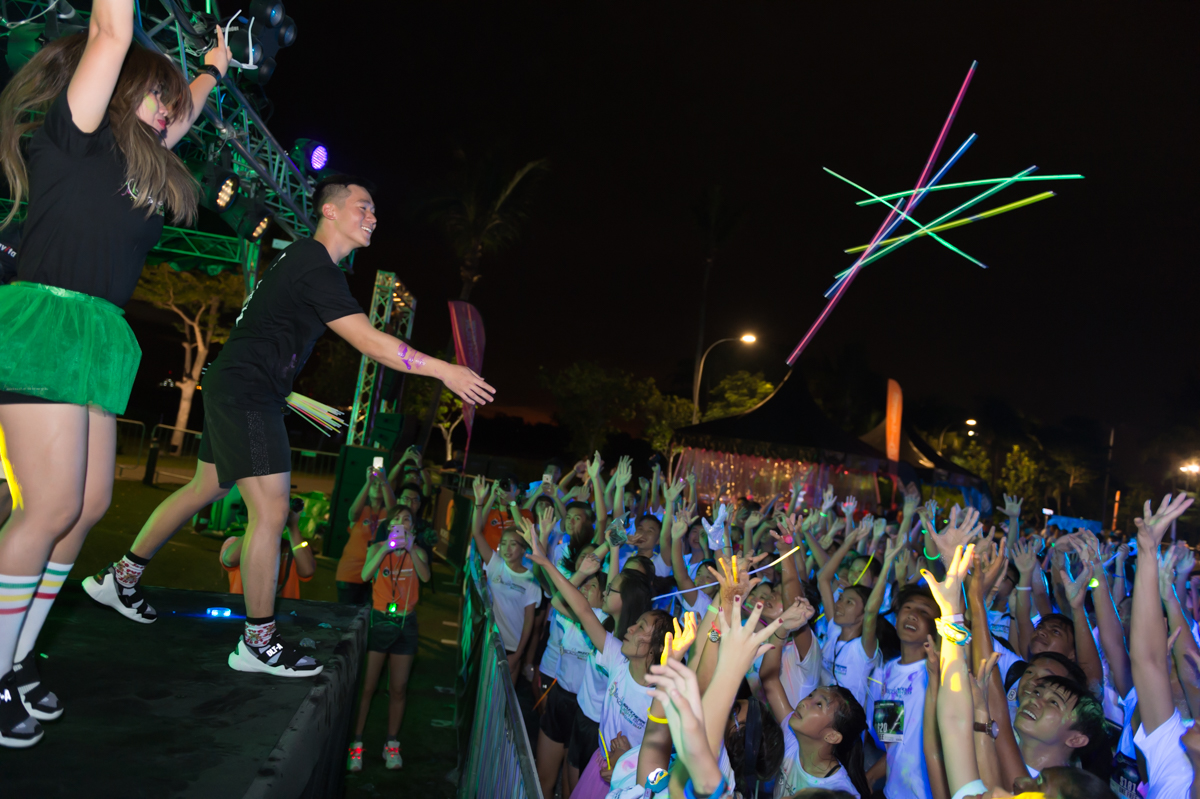
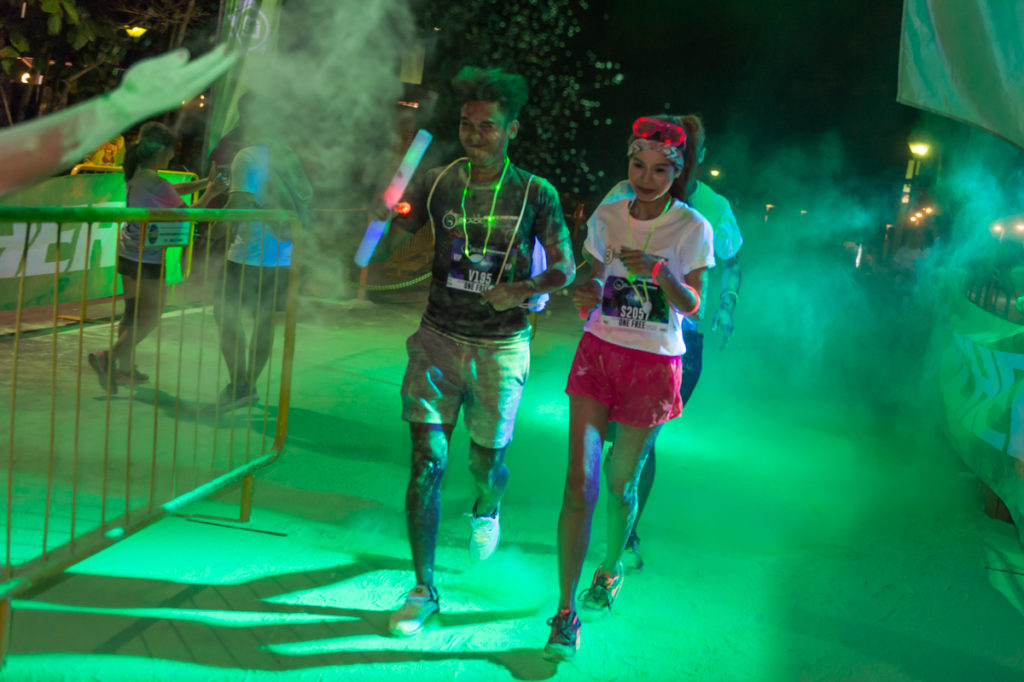













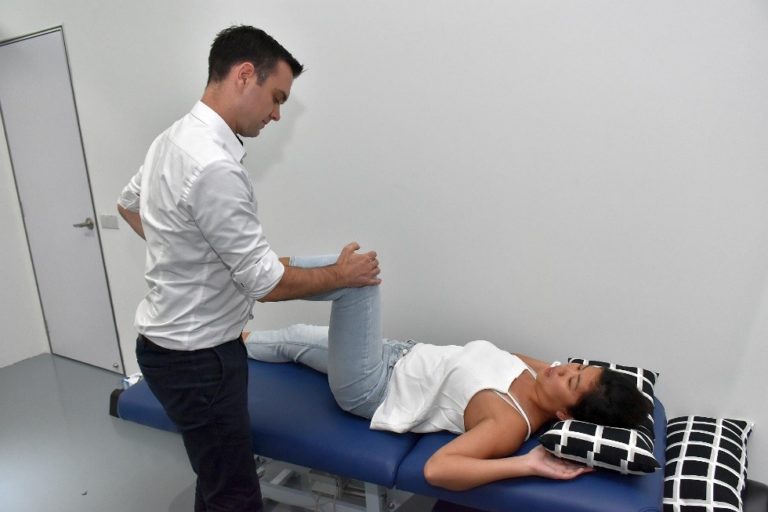








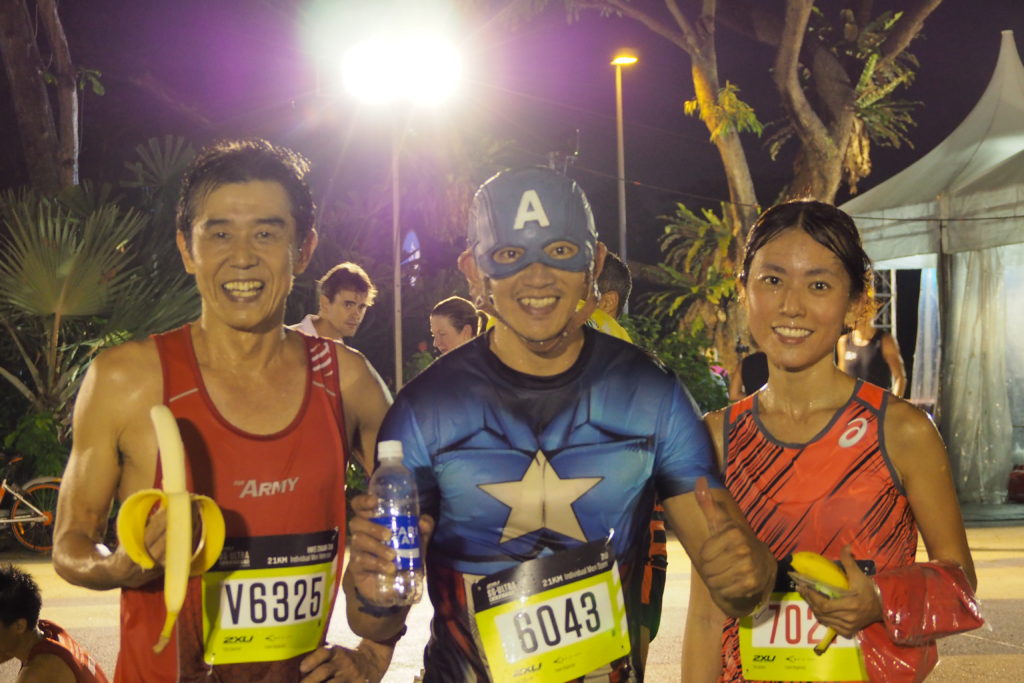



























































































































































































































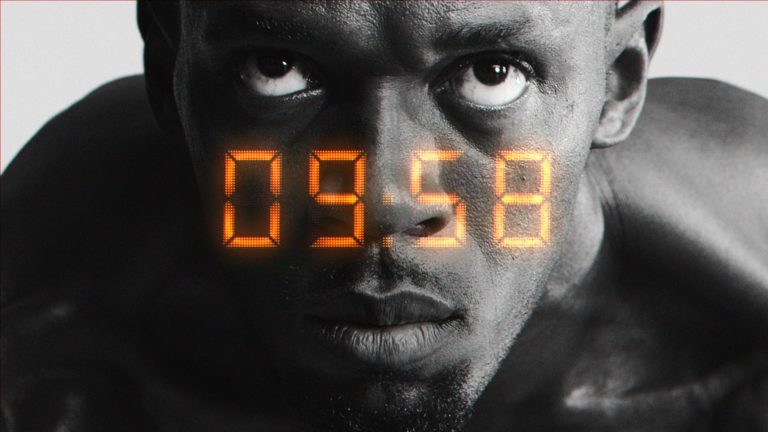
 ... #compressport #compressportsg #sgrunners #sgfitness #tb #runner #runnersworld #fitlife #fitnesslifestyle #runs
... #compressport #compressportsg #sgrunners #sgfitness #tb #runner #runnersworld #fitlife #fitnesslifestyle #runs
 Thankful to all those who have helped me throughout the years
Thankful to all those who have helped me throughout the years  and I'm looking forward to faster times in the future
and I'm looking forward to faster times in the future  #roadtorio #oneteamsg #teamsingapore #riodejaneiro #olympics
#roadtorio #oneteamsg #teamsingapore #riodejaneiro #olympics  : @jeraldsaw (had to delete the previous picture because it contravened the IOC social media guidelines
: @jeraldsaw (had to delete the previous picture because it contravened the IOC social media guidelines  )
)